本文由 易亚源境 授权mooool发表,欢迎转发,禁止以mooool编辑版本转载。
Thanks YAS DESIGN for authorizing the publication of the project on mooool, Text description provided by YAS DESIGN.
易亚源境:“闲来松间坐,看煮松上雪。”是为格调松间对东方居住哲学的诗意解读。作为继格调竹境、格调林泉之后推出的第三个新中式居住社区,格调松间将延续格调中式系列的景观设计精髓——文化造园、植物造景、园林造梦,将脱胎于中国传统文人崇尚的诗意园林,呈现为随处可以触摸的古老艺术成就的闪现。不拘泥于传统的形制和模式,融入现代的审美情趣,强调生活的时代性,并通过独具特色的景观总体规划,运用新理念、新手法、新技术、新工艺、新材料。将禅与艺、古与新、简与繁、朴实与精致、宁静与丰富、传统与现代,种种和谐相生的美感、巧妙融于一体,共同绘制一幅坐看云松的桃源美图,回归心灵深处的生活本源。
YAS DESIGN: “Come to sit under the pine and watch the snow boiling on the pine.” It is a poetic interpretation of the oriental philosophy of residence in the Pine North. As the third new Chinese-style residential community launched after Gediao zhujing and Gediao Linquan, Gediao Songjian will continue the essence of the Chinese style series of landscape design-cultural gardening, plant landscaping, and gardening dreams, which will be born out of Chinese traditions. The poetic garden advocated by the literati is presented as a flash of ancient artistic achievements that can be touched everywhere. It does not stick to traditional forms and models, integrates modern aesthetic appeal, emphasizes the timeliness of life, and uses new concepts, new techniques, new technologies, new crafts, and new materials through a unique landscape master plan. Combining Zen and art, the ancient and the new, simplicity and complexity, purity and exquisiteness, tranquility and richness, tradition and modernity, all kinds of harmonious beauty and ingenuity, together to draw a beautiful picture of utopia and return to the origin of life that deep in the soul.
▼项目整体鸟瞰 Overlooking of the whole project
▼视频 Project video
整个社区依托建筑的布置格局,采用了一桥、四庭、三苑、五园的空间序列,层层递进,逐次展开,将丰富的视觉盛宴以清晰的脉络呈现在观者眼前。无论是门户形象、礼仪迎宾的四庭,贯穿社区、别具一格的天桥,还是主题鲜明、充满趣味的三苑,再现曲径通幽的五园,巧妙的融合且互为连理又相对独立,开放式公园与私密型庭院有序衔接的创意格局。漫步其间,丰富的空间变换不仅展现了诗意的古色古香,也呈现了时尚活力的时代节奏,是为格调松间对现代中式家园的全新演绎。
Relying on the layout of the building, the entire community adopts a spatial sequence of one bridge, four courtyards, three gardens, and five gardens. Space is designed in a progressing layer and unfolds step by step, presenting a rich visual feast in front of the viewers with a clear context. The portal, four courts that welcome guests, the unique flyover that runs through the community, and the three gardens with distinctive themes and full of fun, and the five gardens with winding paths are cleverly integrated, interconnected, and relatively independent, and open the creative pattern of an orderly connection between a modern park and a private courtyard. Strolling through space, the rich spatial transformation not only shows the poetic antique flavor but also presents the fashionable and vigorous rhythm of the times, which is a new interpretation of the modern Chinese homeland in the Gediao Songjian.
▼空间格局分析 Spatial pattern analysis
贯通着整个社区的天桥体系是松间北里景观设计的一大突破,这个由泰达建设格调设计创意研发团队早期提出的概念设想在设计团队的共同努力下,展现为全区最为核心的结构骨架,不仅承接着社区各具特色的入口门户,同时也搭载着三个功能鲜明的公共宅间,为居民提供了便捷的立体交通方式,形成了多维度的层级构建,为社区带来了全新的视觉感受和线性公园般的多元体验。
The flyover system that runs through the entire community is a breakthrough in the landscape design of Pine North. This conceptual idea proposed by the Taida Group in the early stage, with the joint efforts of the design team, is shown as the most core structural skeleton of the entire district. It not only inherits the unique entrance portals of the community, but also carries three distinctive public houses, providing residents with convenient three-dimensional transportation methods, forming a multi-dimensional hierarchical structure, and bringing a new vision and diverse experience of a linear park to the community.
庭之礼 The Courtesy of the Court
基于建筑总体规划对社区入口的设定,四庭呈现为各具特色的门户形象和礼仪空间。
According to the setting of the community entrance based on the overall architectural plan, the four courtyards are presented as unique portal images and ceremonial spaces.
▼“四庭”分析 ‘Four courtyards’ analysis
入画 — 境由此生 Walking Into the Painting, the environment is born here
北入口大门作为整个天桥系统的起点,也是社区的主要人行和车行出入口,采用酒店式悬挑的大堂入口和人车分流的设计,形成归家的初识记忆。
The north entrance serves as the starting point of the entire flyover system and is also the main pedestrian and vehicular entrance of the community. The hotel-style cantilevered lobby entrance and the design of separating the flow of people and vehicles form the first memory of homecoming.
迎宾界面的宽敞前广场,绿岛景观和竖向屏风格栅的交通分流,隐藏格栅之后的地下车库入口,设计团队将不利转为有利的设计策略,提升社区对外界面的昭示性和归家的尊贵仪式感。
The spacious front plaza of the welcoming interface, the green island landscape and the traffic diversion of the vertical screen style grid, and the underground parking entrance behind the hidden grid are disadvantages that turned into a gainful design strategy to enhance the visibility and a sense of noble ritual.
大门的形态摄取了汉唐风韵的大屋檐,大气优雅厚重,整体的色调采用深咖色,仿紫铜效果,低调奢华,描述居所的温暖气质。
The shape of the door captures the large eaves of the Han and Tang Dynasties. The atmosphere is elegant and solemn. The overall color is dark coffee, imitating the effect of red copper, which is a low-key luxury, and describing the warm temperament of the residence.
穿过两侧悠然恬静的竹林夹道,缓缓进入社区内部的北庭。
Passing through the leisurely and tranquil bamboo groves on both sides, people slowly enter the north courtyard inside the community.
北庭通过院门的围合形成强烈的“内庭”感,庭前对植二株丛生茶条槭,与社区主厅堂交错掩映,抬高的厅堂尽显居者身份的尊贵。
The north courtyard forms a strong sense of “inner courtyard” through the enclosure of the courtyard gate. Two clusters of tea leaf maple in front of the courtyard are interlaced with the main hall of the community. The elevated hall fully demonstrates the dignity of the residents.
▼北庭鸟瞰 Aerial view of the North Courtyard
▼庭前对植二株丛生茶条槭 Two clusters of tea leaf maple in front of the courtyard
迎面设置“一池三山”的主题景观照壁,形成山的脉络,在主厅堂内往北侧回望,山形若隐若现,寓意“寻山”与“望山”。
The theme landscape design “one pond and three mountains” is set up facing the wall to form the veins of the mountains. Looking back to the north side in the main hall, the shape of the mountains is looming, meaning “searching for mountains” and “watching mountains”.
两侧的涌泉水声融入增加了听觉的体验,厅堂四周的座椅设置为日常业主等候提供闲适的交流场所,潺潺水声环抱的会客厅开启的是一段心灵洗涤的归家之旅。
The sound of spring water on both sides is integrated to increase the auditory experience. The seats around the hall are set up to provide a leisurely communication place for residence. The living room surrounded by the sound of gurgling water starts a journey to home for soul-washing.
茶源谷作为北庭“后花园”,和入口的内庭,景观会客厅堂从空间上划分了三个层次,两侧廊架60米长,从主厅堂延展而开,形成强烈的序列仪式感,端头采用二层的戏楼作为底景收景。
As the “back garden” of the north courtyard and the inner courtyard of the entrance, and the landscape hall, Tea Valley is divided into three levels from the perspective of space. The 60-meter-long corridors on both sides extend from the main hall to form a strong sequence of rituals. In the end, a two-story theater building is used as the bottom scene.
▼从主厅堂延展而开的两侧60米长的廊架 The 60-meter-long corridors on both sides extend from the main hall to form a strong sequence of rituals
▼茶源谷 Tea Valley
不同于其他景观的“乌桕树林”纯粹的看景,设置了下沉防腐木休闲平台,下沉空间将人的参与性变得更有趣味性了。
Different from other landscapes, the “Chinese Tallow Forest” is a pure view. It has a sunken anticorrosive wood leisure platform, and the sunken space makes people’s participation more interesting.
在这里,人与人之间是友好的观看和互望,成为了彼此眼中的风景。同时下沉空间的节点设置考虑与相邻的偶园和畅园的院门开洞视线穿透关系,视觉体验由此更加丰富。
People watch each other friendly, and they become the scenery in each other’s eyes. At the same time, the node-set of the sunken space considers the line-of-sight penetration relationship with the adjacent courtyard gates of Ouyuan and Changyuan, thus enriching the visual experience.
穿过中庭的序幕,以砾代水,缓缓流淌,进入似水厅,也是天桥真正的起点。从北侧社区的入口开始,不同的植物于廊上廊下穿行,人们从走在树下转为走在树间,体验穿行茂密林间的感觉,观景体验感受由此徐徐展开。
Passing through the prologue of the atrium, the landscape replaces the water with gravel. The Water Hall is also the real starting point of the sky bridge. Starting from the entrance to the north side of the community, different plants grow upon and under the corridors. People walk under the trees but walk among the trees, experiencing the feeling of walking through the dense forest. The experience of landscape viewing is gradually unfolded.
桥之境 Bridgeland
贯穿社区的天桥,是格调松间独具魅力的创意设计,为居住社区带来了独树一帜的惊喜体验。
The sky bridge that runs through the community is a unique and attractive creative design between the pine trees, which brings a unique surprise experience to the community.
▼天桥分析 Bridge analysis
天桥 — 浮桥林间 Flyover, the Bridge and The Forest
天桥将一个丰富多元的社区景观元素紧密地串联在一起,似漂浮的纽带置于林间。结合出入口的设置,行走路径上搭载了五个私密宅间的便捷通道和三个公共组团。自北向南,结合消防通道、建筑楼体的设置,廊桥或抬高或降低,形态呈现出高低起伏的曲折蜿蜒纵横交错感。
The sky bridge connects a rich and diverse community landscape elements closely together, which is placed in the forest like a floating link. Combined with the entrances and exits, the walking path is equipped with five convenient passages between private houses and three public groups. From north to south, combined with the fire passages and building bodies, the gallery bridges are raised or lowered. The form presents a sense of ups and downs, winding and crisscrossing.
人们步入园中,随着视线的高低起伏,身体的左右游移,感受每处景观的变化,每日的游园领略不一样的风景,诠释着不同故事的可能。
People walk into the park and they feel the changes of view through movement in each landscape. Every day they visit the park to appreciate the different scenery and interpret the possibilities of different stories.
天桥和各个组团的廊架相互延伸,再穿插各种景墙、玄关、休憩设施等共同呈现丰富多彩的空间演变,并与周边景观交相辉映,带来或雅致、或活泼、或古典、或现代的视觉享受,给予居民多元多层次的行走体验。
The sky bridge and the corridors extend and intersperse with various scenery walls, porches, and leisure facilities to present a colorful spatial evolution. They complement the surrounding landscape, bringing elegance, and lively, classical, and modern visual enjoyment to provide residents with multiple levels of walking experience.
局部放大的景观节点与“园”和“苑”产生关联,如与北庭视线穿透俯瞰的“似水厅”和“茶源谷”,与康乐苑巧妙融合的“层叠露台”;与曲园遥相呼应的“盘山群岳”,与如园虚实渗透的“凌松飞瀑”,分割商业和住宅空间的“别有洞天”。
Partially enlarged landscape nodes are related to “yuan” and “yuan”, such as the “Sishui Hall” and “Tea Valley” that are visually linked with the northern courtyard, and the “stacked terraces” that are ingeniously integrated with the Kangle Garden; The “Panshan Mountains” echoing the Quyuan, and the “Pine Waterfall” that penetrates the real and virtual of the garden, and the “caves” that separate the commercial and residential space.
桥面整体以钢筋混凝土浇筑而成,桥身侧面和底面采用仿清水混凝土效果,体现强烈的现代工业感,桥身侧面的凹凸线脚加墙天桥的侧面层次。上方的坐凳位置引导人的视线,呈现相邻园子的初始记忆,庭院深深的视角若想体会,引发人们下一轮的寻觅和探索。
The bridge deck is made of reinforced concrete. The sides and bottom of the bridge are made of imitation fair-faced concrete, which reflects a strong sense of modern industrial style. Concave and convex moldings on the side of the bridge enrich the side textures. The upper seat position guides people’s sight and presents the initial memory of the adjacent garden. People can experience the multiple perspectives of the courtyard that trigger people’s next round of interest to search and explore.
视觉体验上,因为有天桥的衔接,两侧楼间组团的园子所呈现的不同外在形态表现,一侧是现代简约的香氛苑,一侧是悠然闲适的草庐,高山流水的假山置石;一侧是现代简约的山形剪影墙,一侧是竹林深深的日式禅院。古典与现代的交错穿插和交融,在天桥纽带的作用下和谐而共生,自然而流畅。
In terms of visual experience, because of the connection of sky bridges, the gardens between the buildings on both sides present different external forms. One side is a modern and simple fragrance garden and the other side is a leisurely grass cottage, and a rockery with high mountains and flowing water. On one side is a modern and simple mountain-shaped silhouette wall, and on the other side is a Japanese-style temple with bamboo forests. Classical and modern styles are interspersed and blended, harmoniously and symbiotically, naturally and smoothly under the effect of the bridge link.
桥体两侧在主体树种法桐及美国红枫的掩映下,时而于地面连廊处,听飞瀑欢歌,时而于树梢之间,俯瞰遥望。时而于林间露台,抬阶而憩;时而于茶林之间,晨露小坐,人与天桥共同绘制了一幅行走于林间的悠长画卷。
The two sides of the bridge are under the cover of the main tree species of Paulownia and American Red Maple. Visitors sometimes are walking on the ground corridor, listening to the singing of the waterfall, sometimes are watching through the treetops. they can rest on the terrace in the forest or sitting in the morning dew in the tea forest. People and the sky bridge draw a long picture of walking in the forest.
天桥的行走路径通过序列引导性的花箱及木色格栅的布置,展现出明快的节奏感,丰富了行走体验与高层俯视的视觉效果。
The walking path of the flyover shows a bright rhythm through the arrangement of sequence-guided flower boxes and wooden grids, which enriches the walking experience and the visual effects of high-rise overlooks.
漫步在桥上或者桥下感受到的是两个世界,于桥下行走时,景观营造的是一种特别的舞台,丰富的借景对景设计,让每一幅风景都不再是单一的画面,呈现为立体丰富,错落有致的空间效果。而于桥上行走时,游者转换了角色,成为了你桥下人眼中的风景。
There are two different worlds on and under the bridge. Under the bridge, the landscape creates a special stage. The rich design of borrowed scenes and opposite scenes make each scene no longer a single picture, presenting a three-dimensional rich, patchwork spatial effect. On the bridge, the visitors change roles and become the scenery in the eyes of the people under the bridge.
社区景观由此变得更加具有整体性与包容性,建筑与景观的融合更加多维,摆脱了空间和时间的束缚。
As a result, the community landscape has become more integrated and inclusive. The Integration of architecture and landscape has become more multidimensional, free from the constraints of space and time.
苑之趣 The Fun of Gardens
景观设计从总体规划的角度为社区设计了庭林苑、康乐苑、香芬苑三个主题鲜明的公共空间,可以和廊桥进行搭载,形成多元化、多层次的立体社区公园,也是本案独具特色的景观规划格局。
The landscape design has designed three distinct themed public spaces for the community from the perspective of overall planning. Tinglin Garden, Kangle Garden, and Xiangfen Garden can be grouped with a covered bridge to form a diversified and multi-level three-dimensional community park, which is also a unique characteristic of landscape planning in this project.
▼“三苑”分析 Three distinct themed public spaces analysis
康乐苑 — 全龄乐园 Kangle Garden, all-age paradise
康乐苑承担社区最大的公共活动空间,这里有着常规居住社区少有的宽敞活动空间,满足超大社区对于户外运动的场地需求。全龄化的场所设计,提供业主园居生活的多种可能。
The Kangle Garden is the largest public activity space in the community. There is a spacious activity space that is rare in conventional residential community design. It meets the needs of large communities for outdoor sports fields. The all-aged site design provides a variety of possibilities for the resident’s life.
▼康乐苑空间布局分析 Kangle garden analysis
▼康乐苑鸟瞰 Overlooking of the Kangle Garden
东侧利用天桥的高差,以层层阶梯的舞台方式延伸入宽敞的儿童活动区。
The east side uses the height difference of the sky bridge to extend into the spacious children’s activity area in a stepped stage manner.
源自京剧脸谱缤纷色彩的创意,自西侧攀爬墙开始,将墙面图案的肌理自然的流淌到地面铺装上,构建了活力十足的立体游乐场地。康乐苑看台的活动设施新颖而丰富,划分了幼龄、中龄和中老年活动需求。
Derived from the creativity of the colorful facial makeup of Peking Opera, starting from the climbing wall on the west side, the texture of the wall pattern naturally flows onto the ground paving, constructing a vibrant three-dimensional playground. The activity facilities are novel and abundant, which divide the activity needs of the young, the middle-aged, and the old.
南侧的无障碍坡道和场地西北侧的椭圆形铺装及弧形坐凳的衔接,将整个场地的观感视角和使用边界感进行了扩大。同时这里也是专门为儿童肆意奔跑而进行的趣味性设计,可以滑板,也可以骑自行车,彻底解放儿童活动的天性。
The connection between the ADA access on the south side and the oval pavement and curved benches on the northwest side expands the visual range and the use of the entire site. At the same time, here is also a fun place specially designed for children to run freely. They can play skateboard or ride a bicycle, completely liberating their nature.
与坡道相连接的景墙一方面有层次地分割了公共和私密庭院的边界;另一方面也阻隔了儿童活动的喧闹声对于住户的影响,体现设计关注生活感受的用心。
On the one hand, the scenery wall connected with the ramp divides the boundary between the public and private courtyards hierarchically. On the other hand, it also blocks the noise of children’s activities for the residents, reflecting the design’s intention to pay attention to the feelings of residents’ life.
悬挑的平台打破了墙体的通直,同时形成了与康乐苑大舞台的温馨对望,是一处绝佳的观景瞭望点,将整个南向的康乐苑场景尽收眼底。
The cantilevered platform breaks the straightness of the wall, and at the same time forms a warm opposite view to the large stage of the Kangle Garden. It is an excellent observation point and offers a panoramic view of the entire south-facing Kangle Garden.
悬挑平台的错位,演绎成不同的空间感受,设计感的体现变得更加有趣。
The dislocation of the overhanging platform translates into different spatial feelings. The design becomes more interesting.
天桥与儿童活动区域的特色结合,带来舞台看台和观众席般的体验感,为社区的日常活动提供了隐形的体验设计。十一期间的小型音乐会,乐池中儿童快乐的舞动,将人们的情绪体验达到高潮,天桥看台上方的观众沉浸在音乐的欢快节奏中,让每一个置身其中的人都感受自己是园中的一部分,这是园居生活的开启方式。当舞台的灯光映衬在建筑的山墙上,音乐声响彻在建筑楼间,那一刻夜晚的美好记忆深深的印在了每一个观者心中,这也是泰达建设格调设计创意研发团队与易亚源境设计团队回馈社区居民最好的礼物。
The characteristics combination of the flyover and the children’s activity area brings an experience like stage and auditoriums and provides an invisible experience design for the daily activities of the community. During the small concert on the national holiday, the happy dancing of children in the dance pool pushes people’s emotional experience to a climax. The audience upon the stage was immersed in the cheerful rhythm of the music. Everyone in it can feel in the garden. This is the way to start garden life. When the stage lights cast on the wall of the building and the sound of music reverberates between the buildings, the beautiful memory of that moment is deeply imprinted in the hearts of everyone. This is also the best gift to the community residents from Taida Group and YAS Design.
香氛苑 — 花香漫语 Xiangfen Garden, flower fragrance and people’s whisper
香芬苑,与天桥的盘山群岳相对应的植物科普园。自西而东,呈现为三段式的格局。精致的连廊、舒适的水中卡座,与莲花池一起组成了品茗清新荷香的第一段庭院;景墙、休憩构筑物、简约的花卉种植区构成了回味浪漫花香的第二道庭园;现代富有节奏感的蔬果种植区创造了收获甜蜜果香的第三道庭园,强化了社区居民与环境之间的互动。
Xiangfen Garden is a botanical garden corresponding to the Panshan Mountains on the flyover. From west to east, it presents a three-stage layout. Exquisite corridors and comfortable water boots, together with the lotus pond from the first courtyard for enjoying fresh lotus fragrance. The scenery walls, resting structures, and simple flower planting areas constitute the second garden with romantic floral fragrance. The modern rhythmic vegetable and fruit planting area has created a third garden that harvests the sweet and fruity fragrance, which strengthens the interaction between community residents and the environment.
▼香芬苑空间布局分析 Xiangfen garden analysis
香氛苑西侧的廊架与天桥在视觉上进行了空间的延伸,以莲藕的屏风照壁为底景进行庭院空间的转换。
The corridors and bridges on the west side of the Xiangfen Garden visually extend the space and use the lotus root screen as the background to transform the courtyard space.
下沉的休闲卡座,沐浴着阳光的照射,四株山杏漂浮于镜面水景之上,与下沉空间和休闲座椅形成框架互望,待到春季随意洒落的花瓣随水而动,增添了一份流动的美感。
The sunken leisure boot is bathed in sunlight. The four apricots float on the mirrored waterscape, forming an opposite frame with the sunken space and the leisure seat. When the spring comes, the petals fall on the water, adding a flowing beauty to space.
不论是惬意的午后抑或阳光明媚的午上,很慵懒地在座椅上读书、看报、追剧,这是庭院生活最真实美好的写照。
Whether it’s a pleasant afternoon or a sunny day, reading a book or a newspaper, or watching a drama lazily on the seat. people can enjoy the truest and beautiful portrayal of courtyard life.
第二段庭院是以宿根花卉种植为主,采用了紫菀、粉黛乱子草、朝雾草、月见草等品种,相互穿插栽种,考虑不同时节花期花色的效果需求,浪漫而温馨的花田中,月见草与朝雾草遥相呼应,紫菀与粉黛争相媲美,蜜蜂和蝴蝶在花丛中飞舞。这一片雾朦朦的花海在阳光的照射下,散发出浪漫的气息。
The second section of the courtyard is mainly planted with perennial flowers. The spice mix with aster, Fendai, Chaowu grass, evening primrose, and other varieties. According to the effect of different seasons of flower colors, the designer creates romantic and warm flower fields. The evening primrose and the morning fog grass echo each other, the aster and the pink daisy attract the bees and butterflies. Under the sunlight, this misty sea of flowers builds a romantic atmosphere.
两侧的现代风格花架作为花田观赏的视觉停留点,弱化消防通道作为观景的视距,园子的感觉再一次被放大。纯白色的花房及花架会在不经意间将人的视线紧紧锁住。
The modern-style flower structure on both sides serves as visual stops for viewing the flower field, weakening the viewing distance of the fire passage to enlarge the spatial perception. The pure white flower room and flower structure will inadvertently lock people’s sight.
设计团队对于花房的设想是想给业主提供一个种花、养花、换花的交流场所,藤编简约的座椅与花房,花架融为一体,所有的场景设置编织了一个园居生活美好的梦。畅想未来的某一天,在花海和纯白色花房的见证下,这里或许将举办一场梦幻的婚礼,或许惬意的午后年轻的妈妈带着孩子在明媚的阳光下野餐,煮一壶茶,约三两好友到此一叙,风吹花浪,微香浮动。
The flower house intends to provide the residents with a place for communication in planting, growing, and exchanging flowers. The simple rattan woven chairs are integrated with the flower house and the flower structure. All the setting of the scene weaves a beautiful dream of garden life. One day in the future, witnessed by the sea of flowers and pure white flower houses, a dream wedding will be held here. On a pleasant afternoon, a young mother takes her children on a picnic in the bright sunshine and makes a pot of tea. Three or two friends come here to talk. The wind blows the waves, and the fragrance floats.
一池三山用现代的工艺来表达,散置于砾石旱溪中,既可以作为休息的坐凳, 也可以视为现代的艺术品。
One pool and three mountains are expressed with modern craftsmanship, scattered among the gravel dry creeks, which can be used as resting stools or modern artworks.
这是一个邻里之间交流的会客厅,温暖而又恬静。所有绿地的留白也是留下对未来生活的畅想,而这畅想需要居民们的加入。不同于康乐苑的活泼,香氛苑是一个恬静的安逸之所。
This is a meeting room for communication between neighbors, warm and quiet. The left white space leaves a vision of the future life. This vision requires the participation of the residents. Different from the liveliness of Kangle Garden, Xiangfen Garden is a quiet and comfortable place.
松间书院 — 多元文化交流中心 Pine Academy, multicultural Exchange Center
庭林苑,由示范区延续而成的珍藏庭院群落,从开放性到半开放性再到私密性庭院的层层过渡与递进,中心核心景观区域的廊架连接的厅堂亦是对大区景观的浓缩反映。
Tinglin Garden, a collection of courtyards that continue from the demonstration area, transits and progresses from openness to semi-openness to private courtyards. The halls connected by the corridors of the central core landscape area are also a concentrated reflection of the landscape of the main area.
西侧连接天桥的似水厅,在这些精致细腻庭院的衬托下,松间书院在未来可以成为会所、艺术展示、举办讲座、读书借阅等场所,继续为社区居民提供高品质的服务。
On the west side is the Sishui Hall that connects to the sky bridge. With these exquisite courtyards, Pine Academy can become a clubhouse, an art exhibition, lectures, reading, and borrowing place in the future, and continues to provide community residents with high-quality services.
园之隐 The Hidden Garden
作为私密型的入户宅间组团,全区设计了五个既能与”桥”、”苑”衔接,又相对独立的诗意山水园林。针对不同宅间的场地特征,巧妙借鉴了退思园、耦园、寄畅园、瞻园以及典故“曲水流觞”的经典空间格局,作为不同宅间的核心特色,同时相应的选取了竹、莲、桃、枫、兰五种主题植物作为每个园子专属的图案纹路呈现在细节之处,暗喻不同庭园的不同气质,让社区居民在家门口体验古典园林带来的诗情画意。
As private houses, the whole district has designed five relatively independent poetic landscaped gardens that can be connected with “bridges” and “gardens”. According to the characteristics of different houses, the classic space pattern of Tuisi Garden, Ouyuan, Jichang Garden, Zhanyuan, and the “Curved Water Flowing” was used as the core feature of different houses. The five themed plants, bamboo, lotus, peach, maple, and orchid are presented in the details as the exclusive pattern of each garden, which implies the different temperaments of different gardens, allowing community residents to experience the poetry and painting brought by classical gardens at their doorsteps.
▼“五园”分析 Five gardens analysis
每个宅间庭园呈现为结构完备的多层次空间格局。玄关空间不仅作为入园的礼仪性空间,也衔接着公共空间的景观,让五个私密庭园与全区景观衔接为一个整体。主庭园空间通过现代材料和工艺构筑的亭台楼阁再现了各个名园婉约舒适的经典画面,古色古香的命名传承则增添了浓郁的人文气息,辅庭园空间或精致细腻或幽静禅意,与主庭园空间相辅相成,丰富了园林的空间层次。源于水墨形态的游园空间则让园中多了份闲庭信步的悠然自得。利用消防登高场地设计而成的入户客厅空间,为社区居民打造了宅间庭园的第二层礼仪空间,运用巧妙的园墙处理方式,让园境从多变的形态呈现为入户大堂的对景。这些空间或以路径连接或以视线渗透,不同的宅间庭园将古典园林先抑后扬、小中见大、步移景异、曲径通幽的空间特色,展现的形神具备,简约设计语言的融入以及文化符号的细节呈现,则进一步让松间的生活隐于喧嚣的都市,寻得一片心灵的净土。
Each residential garden presents a multi-level spatial pattern with a complete structure. The porch space not only serves as a ceremonial space for garden entry but also connects to the public space, allowing the five private gardens to become a whole with the entire landscape. The main garden reproduces the graceful and comfortable classic pictures of various famous gardens through modern materials and craftsmanship. The ancient naming inheritance adds a strong humanistic atmosphere. The auxiliary garden space is either exquisite or quiet, which is similar to the main garden. Space complements each other and enriches the spatial levels. The garden space derived from the form of ink and wash makes the garden more leisurely. The residential living room space designed by the fire-fighting highland has created a second-layer ceremonial space for the community residents. The ingenious garden wall treatment method is used to make the landscape of a changeable form to become the opposite scene of the entry lobby. These spaces are either connected by paths or infiltrated by sightlines. Different residential gardens present the spatial features of classical gardens, such as the suppression and openness, the big in the small, changes of the scenery with different steps, and the winding path. The integration of the simple design language and the detailed presentation of cultural symbols further let the life in Pine North hide in the hustle and bustle of the city and find a pure land of soul.
偶园 Ouyuan
偶园,作为五园之中体量最小的庭园,在高层楼宇登高场所环伺的方寸之间,取苏州“耦园”东侧的水景区域,构建了核心的空间关系,邂逅偶得之下的闲情偶寄。
Ouyuan, as the smallest garden of the five, is located between the tiny space in the enclosed places of the high-rise buildings. It is inspired by the waterscape on the east side of Suzhou “Ouyuan” to construct the core spatial relationship, encountering a leisure time here.
▼偶园布局分析 Ouyuan spatial arrangement
▼偶园鸟瞰 Aerial view of Ouyuan
具有古典韵味的园门位于“茶源谷”的侧方,门外是一袭长廊悠远,门内是镜壶天地满园。
The garden gate with classic charm is located on the side of “Tea Valley”. Outside the gate is a long corridor, and inside the gate is a garden full of mirrors.
以莲花为主题的地面浮雕,源自传统园林中经典的造景方式,是偶园重要的场所节点,停步于此东望,“锦鲤池”跃然眼前,与其身后的轩、廊、亭、台一起描绘了立体的画面进深,拓展了庭园的视觉想象。
The lotus-themed ground reliefs are derived from the classic landscaping methods in traditional gardens, which is an important site node. The “Koi Pond” is located on the east side. With the porch, gallery, and pavilion behind, the stage depicts the depth of the three-dimensional space and expands the visual imagination of the garden.
循着水面的倒影,“望月轩”迤立池旁,现代简约的构筑风格中融合了“美人靠”的古典制式,毗邻层叠水景,月夜赏景,山水可人。
Following the reflection of the water surface, “Wangyue Pavilion” stands beside the pool. The modern and simple style incorporates the classical type of “beauty relying”. Adjacent to the cascading waterscape, people watch the moonlight and beautiful landscapes at the night.
在连廊的引导下,“吾爱亭”成为全园的视觉焦点。中式景亭在现代材料的重塑下,焕发了传统内在的时代外象,承接着东西两区的空间交织。
With the guidance of the corridor, “Wuai Pavilion” has become the visual focus of the whole garden. With the reshaping of modern materials, the Chinese-style pavilion presents the traditional and inner appearance of the times, inheriting the spatial interweaving of the east and the west.
“山水间”取自“醉翁之意不在酒,在乎山水之间也”,作为该组团最大的厅堂,厅堂内设置了室外桌椅,供游者休憩停留。西望是“吾爱亭”为主背景的旱溪山水画幅,形成了主体构筑之间的相互借景。东出则搭配了一方袖珍后庭院,作为掩映变电用房的过渡媒介,对空间进行了充分的挖掘运用。
The “Shanshui Room” is inspired by “the drunkard is not aiming for the wine, but the mountains and rivers.” As the largest hall of the group, outdoor tables and chairs are set up for tourists to rest and stay. On the west is the dry landscape with Wuai Pavilion as the main background, forming a mutual borrowed scene between the main structures. To the east, a pocket courtyard is used as a transitional medium for sheltering the substation houses. Space is fully excavated and used.
针对高层宅间大量出现的消防需求,松间北里的庭园中设置了一系列的“户外客厅”空间,登高场地由精致的地面铺装演绎为每栋建筑前的礼仪小广场,由此对应的是一系列门扇式画框景墙,主园的景色在此渗透为建筑大堂的主对景,园路也由“画”中蔓延而出,拾步而入的情境,是园内园外景致的趣味联动。
Due to the large need for fire-fighting in high-rise buildings, a series of “outdoor living room” spaces show up in the gardens of Pine North. The high ground is designed as a small ceremonial plaza in front of each building from the exquisite floor coverings. A series of scenery walls with door leaf shapes penetrates the scenery into the main view of the building lobby. The garden path also spreads out, linking the scenery inside and outside the garden.
悟园 Wuyuan
悟园,高层楼间面积最大的私密庭院,东侧衔接天桥的北庭体系,南侧与最大的公共苑“康乐苑”相连,北侧开启一段秘境后花园之旅。楼间组团的景观呈现三段式布局,由核心庭院搭载一东一西两个禅意庭院构成。
Wuyuan, as the largest private courtyard between high-rise buildings, is connected to the north courtyard system of the sky bridge on the east side. It is adjacent to the largest public garden “Kangle Garden” on the south side and is a trip to the secret back garden on the north side. The landscape design cluster between the buildings presents a three-part layout, consisting of two Zen gardens, one east, and one west, in the core courtyard.
▼悟园布局分析 Wuyuan spatial arrangement
▼悟园鸟瞰 Aerial view of Wuyuan
从公共空间到私密空间通过院门玄关的形式进行过渡,穿过院门的礼仪空间,迎面虚实结合的底景,将园洞之境渗透到庭院之外,加强了空间层次的延伸。
The transition from public space to private space takes the form of the courtyard door porch, passing through the ceremonial space of the courtyard gate, facing the bottom scene of the combination of virtuality and reality, penetrating the garden cave outside the courtyard, and strengthening the extension of the spatial hierarchy.
核心庭院的空间布局借鉴吴江同里的“退思园”,沿用退思园古色古香的命名,水景周围遍布亭、榭、堂、舫、廊等建筑,四周回廊环水池而筑,漫步廊间,构成逶迤的赏景游览路线,人行其中,步移景异,人停其中,静心闲适。当清晨的微风吹来,水面泛起的涟漪,映衬的倒影,将水境的清凉沁入心间。
The spatial layout of the core courtyard is inspired by the “Tuisi Garden” in Tongli. Following the ancient name of the Tusi Garden, the waterscape is surrounded by pavilions, halls, boats, corridors, and other structures. The corridors are surrounded by pools to form a meandering tour route. People walk through with a changing scene and enjoy a quiet and leisurely stay here. When the morning breeze blows, the ripples on the surface of the water and the reflections against it bring the coolness of the water into visitor’s hearts.
从退思草堂内遥望“闹红一舸”,犹如一艘船由湖石托起,视线范围内搭配高低层次相互嵌合的植物形成多变的景深,华灯初上,灯光的星星点点,温暖了居者的情怀,体现出家的温馨之感。
Looking from the Tuisii Hall to the “Naohongyike”, people can find it like a boat lifted by a lake rock. The high and low levels of interlocking plants form a changeable depth of field in the line of sight. The bright lights are dotted, warming the residents and making a home here.
堂前设置宽阔的观景平台,环顾园内景色,一池清水明澈映景,呈现“疏影横斜水清浅”的舒适空间感受。
A wide viewing platform is set up in front of the hall. A pool of clear water reflects the scenery, presenting a comfortable space experience of “dappled shadows hanging aslant over the clear shallow water”.
水香榭,悬挑于水中,俯瞰水中倒影,水动风凉,不同的视角观景,看与被看,都是一道风景,亦是停留的居所。
Shuixiang Pavilion, cantilevered on the water, overlooks the reflections on the water surface. The water is moving and the wind is cool. The view from different perspectives is all scenic. Here is the best place to stay.
舸红一舟演绎为下沉空间,宛如船身半浸在水中,坐在其中看潺潺的流水,行云倒影浮动,虽是静态建筑但是有了动态之姿。
The red boat is interpreted as a sunken space, like a sinking boat that half immersed in the water. Sitting in it and watching the gurgling water, people can see the reflection of clouds floating. The static building has a dynamic posture now.
眠云亭“高踞山巅”,取自刘禹锡诗句“欲知花乳清冷味,须是眠云卧石人”,登亭观景弈棋,迎风待月,尽享山林隐逸。
Mianyun Pavilion is located at a high point. The concept is taken from Liu Yuxi’s poem. “If you want to know the coldness of flowers you must be a man who sleeps on a rock.” Climbing up to the pavilion and playing chess, visitors can enjoy an isolated life here.
穿过一片悠然的步道,行进至安于场地一角的菰雨生凉,宽敞的草坪,适当的空间留白,透过半遮半掩的门扇,观景序幕由此展开。
Passing through a leisurely trail, traveling to a corner, people can enjoy the spacious lawn here. Space is left blank, and through the half-covered door leaf, the prelude to the scenery opens.
由回廊围合的中庭,东侧紧邻水香榭,西侧琴音舫为主要的观景节点,林荫乔木下的木平台散置着休闲桌椅,不同的时分,暮色与木色的结合,散发出自然亲和的魅力。
The atrium enclosed by the cloister is adjacent to the Shuixiang Pavilion on the east side. The Qinyin Room on the west side is the main viewing node. The wooden platform under the tree-lined arbor provides leisure tables and chairs. At different times, the combination of twilight and wood color has the charm of natural affinity.
廊架采用深灰色钢构搭配高级的原木色,营造轻松活泼的色调氛围,沙沙的枝叶映衬在木质格栅上,交相辉映,映衬光影之美。
The gallery frame adopts a dark gray steel structure with high-grade wood color to create a relaxed and lively tone atmosphere. The branches and leaves are set against the wooden grille, reflecting each other and the beauty of light and shadow.
穿过悠然的竹林步道,进入禅意幽静的西侧庭院空间,廊架内设茶座,背景屏风诗词,古色古香的韵味搭配现代轻巧的廊架,东望是日式禅意的松竹画卷,背依变电站,视线的进深再一次被拉长。
Walking through the leisurely bamboo forest trail, people will enter the Zen-like courtyard space on the west side. There are outdoor tea seats in the corridor and the background screen with poetry. The antique charm matches the modern and lightweight corridor. To the east is a pine-and-bamboo scroll inspired by Zen. Against the electric station, the depth of sight is once again elongated.
东侧的禅意庭院,尽端回车场以微高差错层的形式,搭配景石和造型植物,形成立体的可观赏可休憩空间;景墙之内,以绿植营造或开敞或私密的空间,林荫下的花园,穿插的游园步道,漫步其间,闲适安逸。
On the east side of the Zen courtyard, the parking space for U-turn at the end is built on a height difference, with scenery stones and sculptural plants, forming a three-dimensional viewing and resting space. Inside the scenery wall, green plants are used to create either open or private spaces. People are strolling on the interspersed trails in the garden under the shade of trees with leisure and comfort.
向心成对的建筑入户方式,加强了从玄关空间到庭院空间的心理引导,框景墙内搭配高低错落的植物形成了有延伸层次感的画框,宛如在画中行走,园子因人的参与而变得有趣。
The centripetal paired building entry method strengthens the psychological guidance from the porch to the courtyard. The framing wall matches plants of different layers to form an extended layered picture frame, which makes people feel like walking in a painting. The garden becomes different when people participate and interact with space.
不同的入户玄关形成多变的对景,或设置虚的格栅,或采用障景以景墙相隔开,行走的动线上,观景展现立体的悠长画卷。
Different entrance halls form a variety of contrasts. The design sets up grids or uses barriers to separate the space. The pedestrian circulation shows a long three-dimensional picture scroll.
场地的后花园演绎泼墨的空间形态,曲线的艺术肌理自然的流淌在园中,蜿蜒的挡墙与小径给业主提供了茶余饭后闲适的休闲去所。
The back garden interprets the spatial form of splashing ink, and the curved artistic texture flows naturally. The winding retaining walls and paths provide the residents with a relaxing place after a meal.
畅园 Changyuan
畅园,位于洋房区宅间,狭长的空间格局是建筑规划最大的场地特征。借鉴自无锡“寄畅园”的空间营造,自西向东,在这里呈现为六段式序列,是松间北里最具古典气质的庭园,书写着“清风徐来”的舒畅温婉。
Changyuan is located in the western-style house area. The long and narrow spatial pattern is the key site feature of architectural planning. Inspired by the space design of “Jichang Garden” in Wuxi, from west to east, it presents a six-stage sequence here. It is the most classical garden in Pine North expressing the comfort and gentleness of the “fresh breeze”.
▼畅园布局分析 Changyuan spatial arrangement
▼畅园鸟瞰 Aerial view of Changyuan
畅园的西入口在无形中衔接自天桥公园的地面步行体系,在地面铺装的醒目引导下,园门、宫灯、花坛、景墙一起赋予了这段轴线高规格的归家礼制。
The west entrance of Changyuan is invisibly connected to the ground pedestrian system of Flyover Park. Under the eye-catching guidance of the ground paving, the gate, palace lanterns, flower beds, and scenery walls give this axis a high-standard homecoming ceremony.
经由四株玉兰组成的树阵小广场,一道框景屏风开启了游园的序幕,远观窗内置石错落,山峦起伏;近观细节,宋画《万壑松风图》镌刻石间,流瀑飞泻,在微缩的空间里,描绘着锦绣山河。
Through the small plaza composed of four magnolia trees, a framed screen opens the prelude to the garden. Through the window, the stone is scattered in the distance and the mountains are undulating. Take a closer look at the details. The Song painting “Ten Thousand Pines and Winds” is engraved among the stones. In the miniature space, the waterfalls depict the beautiful mountains and rivers.
自框景屏风两侧园路汇至之处便是畅园西侧园区的重心“秉礼堂”,中正豁达的书院形制中蕴含着淡雅的文人气息。闲暇时于此小坐东望,地被和草坪共同勾勒了宽阔的“湖池”象征,经由“七星桥”蜿蜒至远方的亭楼,心境也由此变得豁然。
The place where the garden roads on both sides of the framed screens meet is the main focus of the park on the west side of Changyuan – the “Courtesy Auditorium”. The solemn academy court contains an elegant literary spirit. The ground cover and the lawn together outline the symbol of the “lake and pond”. Winding through the “Seven Star Bridge” to the pavilion in the distance, the mood becomes suddenly clear.
“先云榭”位于西侧园区和核心主园区的交界之处,是园景空间东西方位视线收放的重要节点。景观建筑风格在此开始呈现为浓郁的古风气韵,在钢结构、坡顶格栅和重檐共同的构建下舒展古建形神,通过木质材料的嵌入赋予怡人的温度。倚“美人靠”小憩,碧桃的枝叶悄然探入,于微风中携光影嫣然入梦。
“Xianyun Pavilion” is located at the junction of the west side of the park and the core main park. It is an important node for the sightline of the garden space from the east to the west. The landscape architectural style begins to show a strong ancient charm here. Under the joint construction of steel structure, sloping roof grille, and double eaves, the ancient building is stretched out, and the wood material is embedded to give a pleasant temperature. Leaning on “Beauty Relying” for a nap, with the branches and leaves of peach trees quietly stretching, people can have a sweet dream here.
“郁盘廊”自“先云榭”东引“卧云堂”,犹如臂膀衔接着主庭园的景观建筑群落。廊中顶灯林徐,涵满园郁碧;南侧草长莺飞,作涓涓流水。
The “Yupan Gallery” draws from the “Xianyun Pavilion” to the east of the “Woyun Hall”, like a landscape building community with arms attached to the main courtyard. In the corridor, with the looming top lights, the garden is full of green. The grass grows with the flowing water.
闲庭信步间,“卧云堂”已然在目,宽阔的屋檐致敬着古代建筑端庄大方的审美,精致的地雕呼应着礼待宾朋的尊享规制。
In the leisurely courtyard, the Woyun Hall’s wide eaves pay tribute to the dignified and generous aesthetics of ancient buildings, and the exquisite floor carvings echo the rules of respect for treating guests and friends.
这里是全园的客厅,西承绿茵碧波,东借“山林”之景,尽收两家春色。当天气疏朗,有亲朋好友来访之时,是杯茶闲叙的优选场所。
Here is the living room of the whole garden, with green waves to the west, and the scenery of “mountain forest” to the east. On sunny days, it is the best place for a cup of tea for friends.
“卧云堂”以东,砾石池潭将全园自西向东的地被草坪湖溪象征汇聚成源头,描绘为山涧流瀑的写意画幅。“涵碧亭”在龟纹奇石砌出的山间磴道上优雅矗立,是这幅画卷的点睛之笔。
To the east of “Woyun Hall”, the gravel pools gather all the garden elements and depict a freehand painting of mountain streams and waterfalls. “Hanbi Pavillion” stands elegantly on the mountain road built by the tortoise-patterned stone, which is the key of this picture.
畅园的东入口采用了错落起伏的景墙群落去营造入园的门户玄关。万字纹图案屏风,抽象演绎了院落照壁文化。白墙与砖墙的有致搭配,兼顾了古典的清雅与礼序的稳重。地面红砖的使用不仅突破了传统,也是洋房区庭园呼应建筑立面的铺装特点。
The east entrance of Changyuan adopts a staggered and undulating landscape wall community to create a gateway to the garden. The screen with a swastika pattern abstractly interprets the courtyard’s screen wall culture. The white wall and brick wall are well-matched, taking into account the classic elegance and the stability of etiquette. The use of red bricks on the ground not only breaks through the tradition but also echoes the paving characteristics of the building’s facade.
畅园不仅通过东西两个彰显礼制的门户分别衔接着天桥公园与社区主体环道,在洋房楼栋的山墙之间,也设置了小而精致的辅助园门满足宅间庭园与社区大环境之间便捷的路线组织,同时真正意义上构建了完整的庭园边界。
Changyuan connects the flyover park and the main loop road of the community through two portals showing the ritual system of the east and the west. It also set up small and exquisite auxiliary garden gates between the bungalows to satisfy the convenient route organization between the residential garden and the community environment. At the same time, a complete garden boundary is constructed in a true sense.
如园 Ruyuan
如园,是洋房区第二个庭园,与畅园有着近乎一致的空间格局,在庭园布局上致敬了 “瞻园”。相对于畅园对中式园林的浓缩展现,如园采用了东方另一重要造园风格日式庭园,作为禅宗意境的精神表达。
Ruyuan, the second garden in the western-style house district, has an almost identical spatial pattern with Changyuan and pays tribute to the “Zhanyuan” layout. In contrast to Chang Yuan’s condensed display of Chinese gardens, Ru Yuan adopts another important oriental gardening style, Japanese gardens, as the spiritual expression of Zen artistic conception.
▼如园布局分析 Ruyuan spatial arrangement
▼如园鸟瞰 Aerial view of Ruyuan
如园的西入口,延续自天桥公园南段重要的节点”凌松飞瀑”,白色幕帘之后的竹林背景中,隐现着枕木衔接而成的竹径,转折探寻中,错位的松柏种植箱逐次拉开了园门的面容,其后景墙的瓦片肌理喻意着飞流直下的生动写照。
The west entrance of Ruyuan continues from the important node “Pine Waterfall” in the southern section of Flyover Park. In the background of the bamboo forest behind the white curtain, there are bamboo paths connected by sleepers. In the transition and exploration, the misplaced pine and cypress planting boxes present the garden vividly. The tile texture of the back scenery wall symbolizes the vivid portrayal of The waterfall.
如园的核心区域,采用了与畅园一致的亭、廊、庭建筑组合作为关键的景观骨架。
In the core area of Ruyuan, the architectural combination of pavilions, corridors, and courtyards consistent with Changyuan serves as the key landscape skeleton.
灰色平瓦与原木色结构的运用,让同一形制下的建筑体展现了截然不同的形象风貌,轻微淡远而又温婉细腻。
The use of gray flat tiles and wood color structure allows the building under the same form to show a completely different style, giving a slightly distant sense but gentle and delicate atmosphere.
“静妙堂”正是这一风格的集中体现,镂空的门扇,在夕阳余晖下,让光影之美洒落满堂,园中的景色也由此渗透至室内,身处期间,享受静谧的悠然时光。
“Jingmiao Hall” is a concentrated expression of this style. The hollow door let the beauty of light and shadow spread all over the space in the afterglow during the sunset. The garden space penetrates the interior. People can enjoy a quiet and leisure time during their stay.
“夕照廊”整体抬升的设定,让连廊侧边也成为了别样的休憩观赏场所。
The elevated “Sunset Corridor” makes the side of the corridor become a different kind of resting and viewing place.
旱溪砾石在这里汇聚成江河湖海,山峦岛屿,在不同的方位呈现为不同的画幅构图。
Here, dry river gravel gathers into rivers, lakes and seas, and mountains and islands, which are presented in different frame compositions in different directions.
“听雨轩”有着极佳的观赏视野,凭栏于此,尽收松岛石瀑的悠远禅境,也让闲适之情陶然于心。
“Tingyu pavilion” has an excellent viewing platform. Leaning on a railing, people can fully enjoy the profound Zen environment of pine island and stone waterfall, and let the feeling of leisure and comfort come to their heart.
如园延续了畅园的设置,小而精致的辅助园门在园内拱桥的搭配下,塑造了颇有趣味的对景小轴线。
Ruyuan continues the setting of the Changyuan. The small and exquisite auxiliary garden gates are matched with the arch bridges in the garden to create an interesting small axis against the scenery.
花厅作为主庭园与西侧庭园之间的空间桥梁,进行了旱溪形态古典与现代的转换演绎。
The Flower Hall serves as a spatial bridge between the main garden and the west garden, transforming the classical and modern forms of the dry stream.
花厅为线条简洁的实木打造,位于东西庭院之间,起到承前启后的作用。花厅西侧为经典日式枯山水,以砂石代替江海、云朵,以石头代替山峦、岛屿,景观依心而变,而变幻无穷。花厅东侧以花窗为分隔,让花厅内外两个空间互相隔绝又相互渗透,厅外“星空之路”以荧光石混搭砾石、胶粘石打造精致又蜿蜒曲折的铺装,似变化莫测的银河星空降于地面。将宇宙恒星以三棵高大樱花树的形式落于庭院,花开之时如太阳般闪耀,明亮夺目又悠远深邃。
The flower hall is made of solid wood with simple lines. It is located between the east and west courtyards and plays the role of connecting the past and the future. On the west side of the Flower Hall is the classic Japanese dry landscape. Instead of rivers, seas, and clouds, sandstones are selected. Instead of mountains and islands, stones are designed to represent the key elements of nature. The landscape has endless changes according to the core concept. The east side of the Flower Hall is separated by flower windows. Thus the inside space and outside space of the flower hall are isolated and infiltrated with each other. The “Starry Sky” outside the hall is made of fluorescent stone mixed with gravel and glue stone to create an exquisite and winding pavement, which makes a pattern as the Milky Way landing on the ground. The stars of the universe are set in the courtyard in the form of three tall cherry blossom trees. When the flowers bloom, they shine like the sun, bright and dazzling.
如园的西入口同样延续了畅园玄关景墙群落的营造方式,同时再次采用了瓦片进行了照壁的虚实渐变,精心设置的漏空框景,将其后的山水桥林进行了半藏半露的含蓄表达,吸引着游者探寻前行。
The west entrance of Ruyuan also continues the construction method of the Changyuan porch scenery wall. The tiles create the gradation of the virtual and the reality of the screen wall. The well-designed frame scene has an implicit expression that attracts travelers to explore and move forward.
曲园 Quyuan
曲园位于松间北里的西南区域,交错布局的规划格局让其成为全区最为特殊的高层宅间。基于这一特征,全园引入“曲水流觞”的典故畅想,让交错的庭园在“水”这一核心元素的引导下铺设为行云流水的空间展示,同时,不同的宅间亦呈现为个性鲜明的形态,营造多层次的空间穿插及渗透,营造丰富的视线变化和体验感。
Quyuan is located in the southwestern area of Pine North. The staggered layout makes it the most special high-rise residence in the district. The entire garden introduces the allusion of “Curved Water Flow” which is laid out as a space display of flowing clouds and water under the guidance of the core element of “water”. At the same time, different houses also present distinctive individuality. The shape of the building creates multi-level interspersed and permeated spaces, creating a rich sense of sight changes and experience.
▼曲园布局分析 Quyuan spatial arrangement
▼曲园鸟瞰 Aerial view of Quyuan
曲园的北入口庭院自东向西衔接着“康乐苑”的南侧空间,古典园林屏风式的经典布局,让这里成为公共场所与私密庭园之间巧妙的过渡媒介。“兰亭集序”的金属诗词景墙则作为全园点题的画卷,开启了游园的序篇。
The north entrance courtyard of the Quyuan is connected from east to west to the south side of the Kangle Garden. The classic layout of the classical garden screens makes this an ingenious transition between public places and private gardens. The metal poem scenery wall of “The “Orchid Pavilion” serves as a picture scroll of the whole garden, opening the preface to the garden.
“虚竹幽谷”是曲园局限最大的宅间,烟雨廊的设定,链接整合了登高面和配电房之外局促而零散的绿地,并通过竹林的种植,对功能用房进行了恰如其分的修饰。
“Bamboo Valley” is the most confined house in the Quyuan. The setting of the misty rain corridor integrates the fragmented green spaces outside the climbing surface and the power distribution room. Through the bamboo forests, the functional houses are appropriately decorated.
“曲水流觞”是曲园核心的庭院空间,“水”的概念在这里展现为最灵动的旱溪演绎。
“Curved Water Flow” is the core space of the Quyuan, and the concept of “water” is presented here as the most agile interpretation of the dry stream.
半围合的回梦廊与铺装形成镜像的关系,北启“虚竹幽谷”、南接“朗清茂林”,原木配色的竹木格栅序列抬升了连廊的悠远。
The half-enclosed Huimeng Corridor forms a mirrored relationship with the pavement. With the “Bamboo Valley” in the north and the “Langqing Maolin” in the south, the sequence of bamboo and wood grilles enhances the visual length of the corridor.
自“回梦廊”东望,蜿蜒的溪涧将视线引自不远处的“畅咏堂”,茅草屋顶的视觉印象寓意着陶渊明式的田园生活。
Looking east from the “Huimeng Corridor”, the winding stream leads the sight to the “Changyong Hall”. The visual impression of the thatched roof implies Tao Yuanming’s pastoral life.
“畅咏堂”东面的端景是门框式景墙,“水”的概念在这里演绎成山石跌瀑,成为天桥公园重要的视觉焦点,是曲园内外巧妙的联动。
The side view on the east side of “Changyong Hall” is a door-frame scenery wall, where the concept of “water” is interpreted as a mountain stone waterfall becoming an important visual focus of the Flyover Park, and an ingenious linkage between the interior and exterior of the Quyuan.
曲园的登高场地延续了偶园、悟园的“户外客厅”系列,演绎了别样的入画情境。
The climbing field of Quyuan continues the “outdoor living room” series of Ouyuan and Wuyuan, deducting a different painting scene.
旱溪砾石在“朗清茂林”庭园呈现为悠扬的欢歌,流淌至“茂林阁”与“云梦亭”在青翠的绿荫下交相辉映。
The dry stream gravel is presented as a melodious song in the “Langqing Maolin”, flowing to the “Maolin Pavilion” and “Yunmeng Pavilion” under the verdant green shade.
灵动的曲线肌理体现自然的律动,贯穿始终的砾石带在此化作海水,衬托“海中绿岛”,使庭院内充满幽远,活泼的自然节奏。而精致院门将内外分割,营造出移步异景的独特观赏体验。
The flexible curved texture reflects the rhythm of nature. The gravel belt is turned into seawater here, echoing the “green island in the sea”, making the courtyard full of remote and lively natural rhythms. The exquisite courtyard gate divides the inside and outside, creating a unique viewing experience of movement and different sceneries.
结语 Conclusion
格调松间园林的景观营造延续格调中式系列的“诗意园林理念”和“庭院情结”,不拘泥于传统的形制和模式,融入现代的审美情趣,运用新理念、新工艺、新材料来实现古典与现代的交融和碰撞,让业主徜徉在悠然淡定的中国园林中,能“令居之者忘老,寓之者忘规,游之者忘卷”,这亦是松间园林营造的居住感受。依托于建筑的规划布局和各自组团的属性,营造“五园”的空间个性,将庭院延伸到每个楼间组团内,以细腻蜿蜒的形态而呈现各自不同的主题特征,加强庭院的差异性表达。每个庭院追求舒适的居住体验,以人的视角进行景观的节点设置,呈现为随手可触摸的存在。
一座因人参与而变得有趣的社区,不论是下沉空间还是天桥的立体空间,看与被看,融入空间之内还是之外,行走于园中的业主都成为彼此眼中的风景,有温馨的对望,加深了彼此之间的好感,园子因人的参与而变得鲜活有趣。
一座有温度的社区,它用空间将四季之季相,光影之美感,邻里之温情融入园中,随心而漫不经心的行走,转角处的偶遇,不经意间的小惊喜,彻底洗去外界的繁华喧嚣,进入园内感觉时光都慢了下来,回归于生活本身最简单纯朴的美好。
一座没有边界的社区,人与人之间的交流没有边界,打破生活中人与人之间的束缚,不论你是居住于园内的业主还是宾客来访,都能带来不一样的沉思,园子成为人与人之间情感的共鸣;植物与亭台楼阁没有边界,园子随时间而生长,周围的一切呈现越来越相融的状态,不再是冰冷的不食人间烟火气的观赏性景观;景观与建筑之间没有边界,不论是地面铺装与建筑外延的呼应,还是从景观中到建筑内的自然衔接,给居民带来庭院尺度的温馨生活。
The landscape design of the Pine North continues the “poetic garden concept” and “courtyard complex” of the Gediao Chinese series. It does not adhere to traditional shapes and models, but incorporates modern aesthetic appeal, and uses new concepts, new techniques, and new materials to blend and collide the classicism with the modern, allowing the owners to wander in the leisurely and calm Chinese garden. It can “make those who live to forget the old, those who live, forget the rules, and those who visit, forget the scrolls”. This is also the living experience created by Pine North Gardens. Relying on the planning and layout of the building and the attributes of the groups, the space personality of the “five gardens” is created, and the courtyard is extended into each inter-building group, presenting different thematic characteristics in a delicate and winding shape, and strengthening the difference of the courtyard expression. Each courtyard pursues a comfortable living experience, and sets the nodes of the landscape from a human perspective, presenting it as an existence that can be touched at hand.
A community becomes interesting due to the participation of people. Whether it is a sunken space or a three-dimensional space of a sky bridge, to see and be seen, into or out of the space, the residents walking in the garden all become the scenery in each other’s eyes. With warmth, they deepen the goodwill between each other, and the garden became lively and interesting due to the participation of people.
A warm community uses space to integrate the seasons. The beauty of light and shadow and the warmth of the neighborhood are added into the garden. Walking casually, people encounter small surprises inadvertently at corners, thoroughly washing away the bustle of the outside world. people can feel that time has slowed down when entering the park, returning to the simplest beauty of life.
It is a community without boundaries. Communication between people has no boundaries, breaking the shackles between people in life. Whether the owner of the park or the guests, they can have a different kind of contemplation here. The garden becomes the emotional resonance between people. Plants and pavilions have no boundaries. The garden grows over time, and everything around it is in a state of integration. Space is no longer an icy, otherworldly ornamental landscape. There is no boundary between the landscape and the building. The echo of the ground paving and the extension of the building and the natural connection between the landscape and the building both bring a warm life at the courtyard scale to the residents.
▼项目总平面 Master Plan
项目名称:天津泰达格调松间北里
项目地址:天津市西青区迎水道延长线
开发商:天津建泰房地产开发有限公司
开发商设计团队:泰达建设格调设计创意研发团队
景观设计:易亚源境 YAS DESIGN
设计团队:王赟、张腾飞飞、陈诚、王晓谕、孙婷、陈湘、马晓莉、孙逸云、吴声昊、孙芹、刘楠
展示区设计团队:王皓、许思捷
施工图团队:谭康文、王忠举、金鑫、罗仲娥、吴张宁、鲁巧丽、孔丽展、刘丽君
绿化设计:范永海
施工单位:天津市远成景观建设发展有限公司
施工单位团队:贾真生、张世光
置石:张君
设计时间:2016年
建成时间:2020年
摄影:捌零建筑摄影、格调松间北里
视频:捌零建筑摄影、格调松间北里
Project name: Tianjin TEDA Group Pine Space
Location: Xiqing District, Tianjin, China
Developer: Tianjin Jiantai Real Estate Development Co., Ltd
Design team of the developer: Creative R&D team of TEDA
Landscape design: YAS DESIGN
Design team: Wang Yun, Zhang Tengfeifei, Chen Cheng, Wang Xiaoyu, Sun Ting, Chen Xiang, Ma Xiaoli, Sun Yiyun, Wu Shenghao, Sun Qin, Liu Nan
Design team of exhibition area: Wang Hao, Xu Sijie
Construction drawing team: Tan Kangwen, Wang Zhongju, Jin Xin, Luo Zhonge, Wu Zhangning, Lu Qiaoli, Kong Lizhan, Liu Lijun
Greening design: Fan Yonghai
Construction unit: Tianjin Yuancheng Landscape Construction Development Co., Ltd
Team of Construction unit: Jia Zhensheng, Zhang Shiguang
Stone setting: Zhang Jun
Design time: 2016
Completion time: 2020
Photography: 80 Architectural Photography, Pine Space
Video: 80 Architectural Photography, Pine Space
更多read more about: 易亚源境 YAS DESIGN


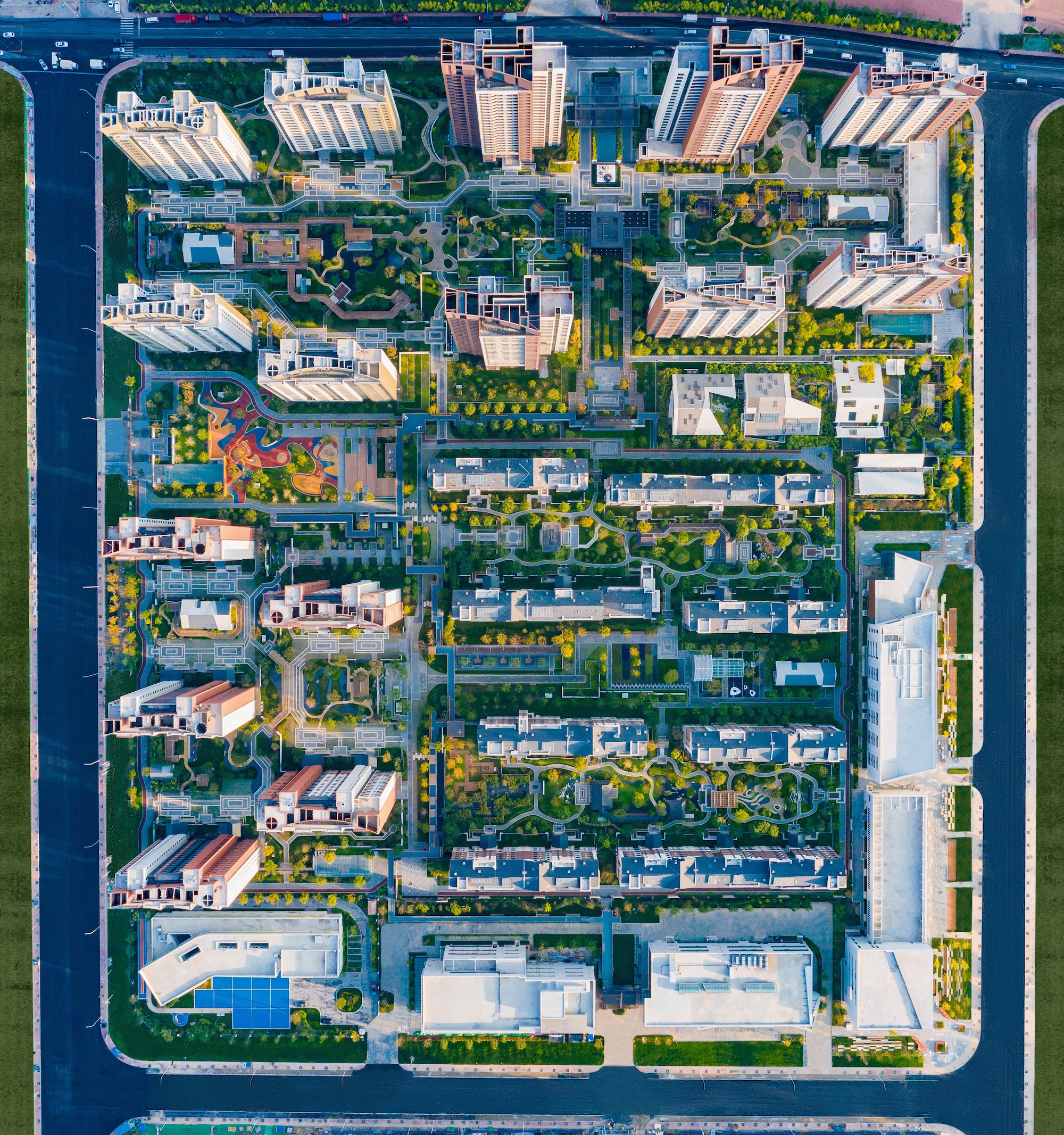

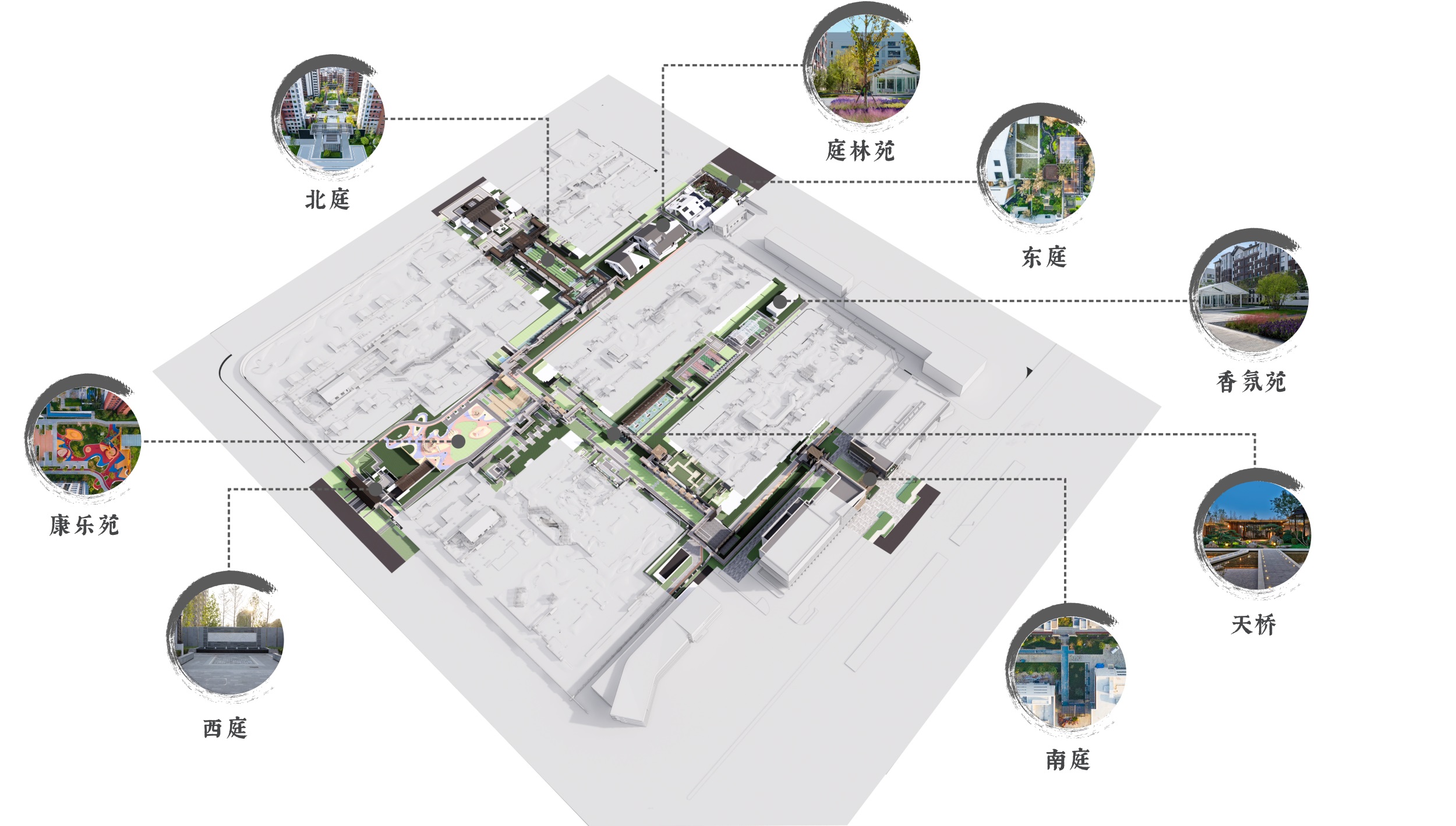
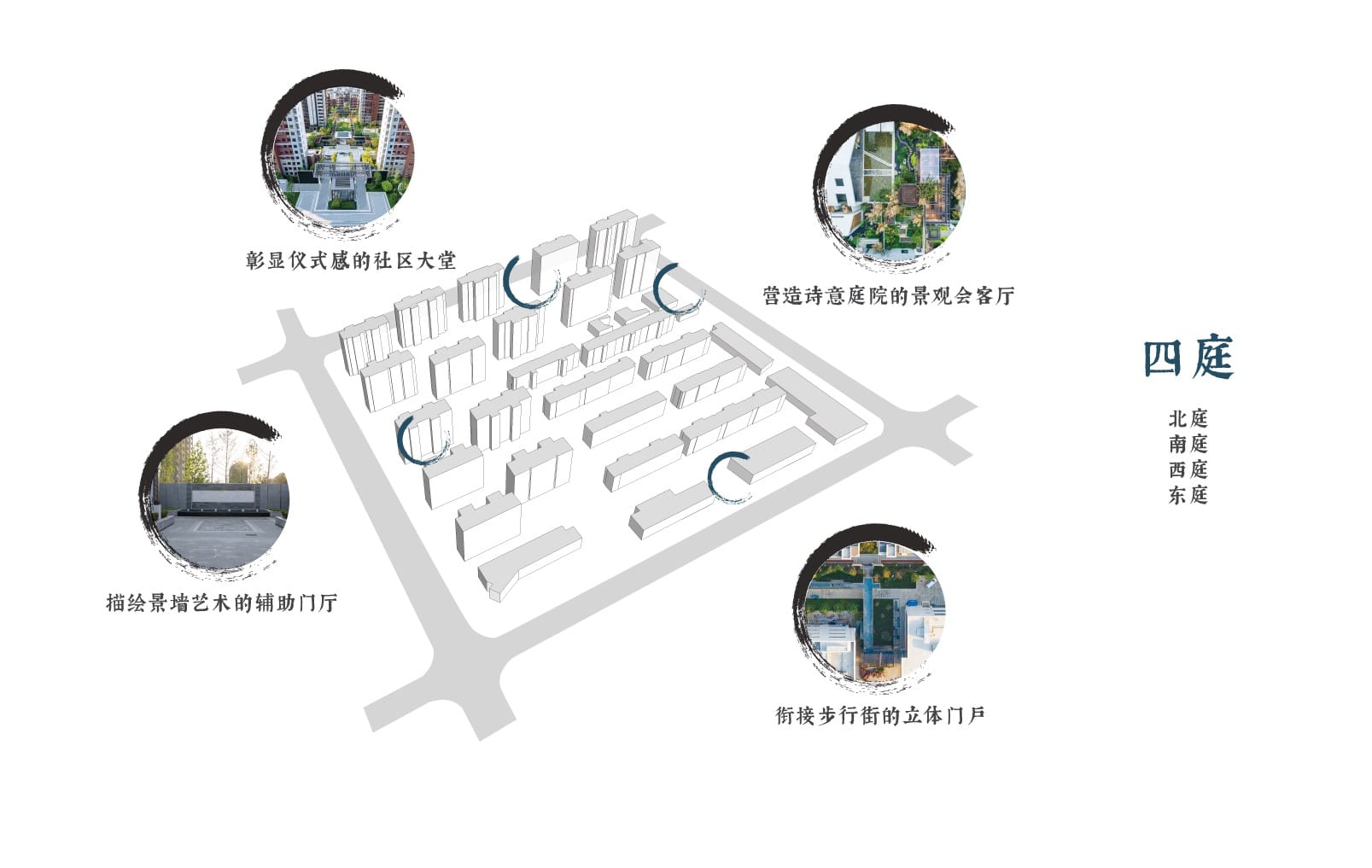


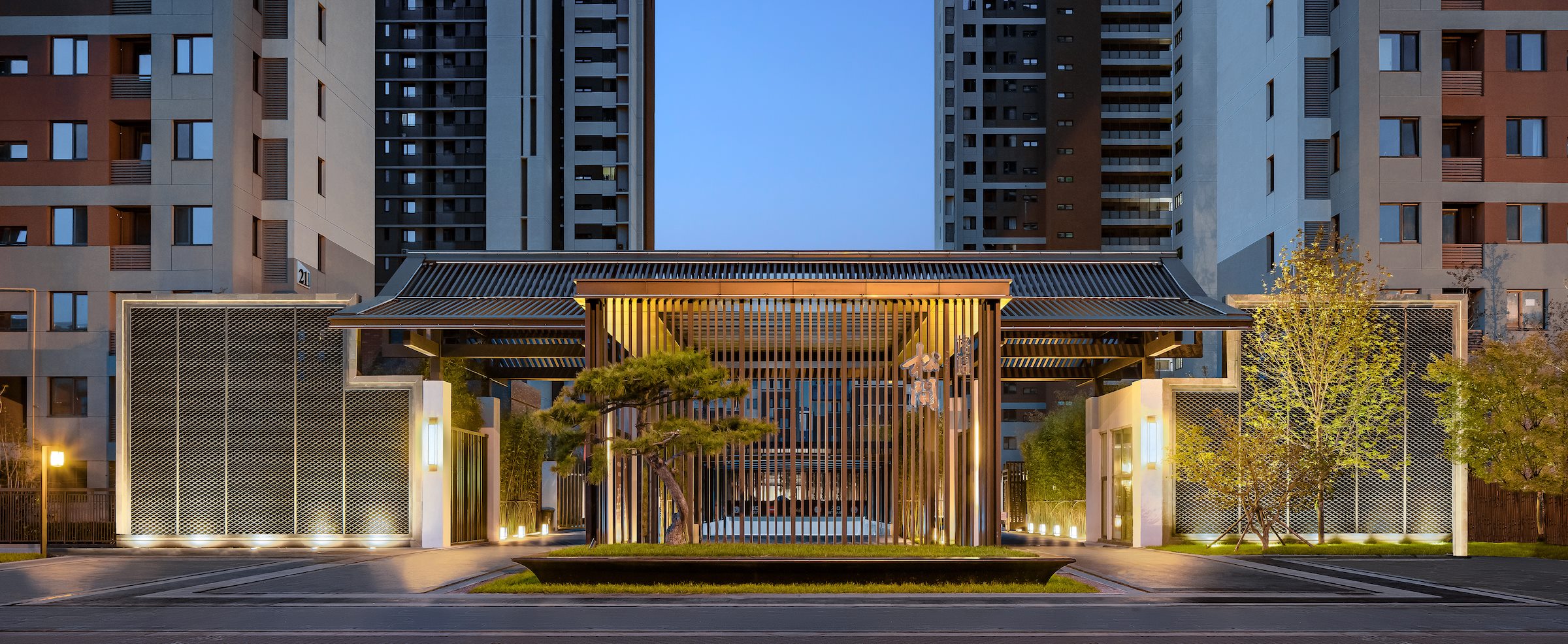


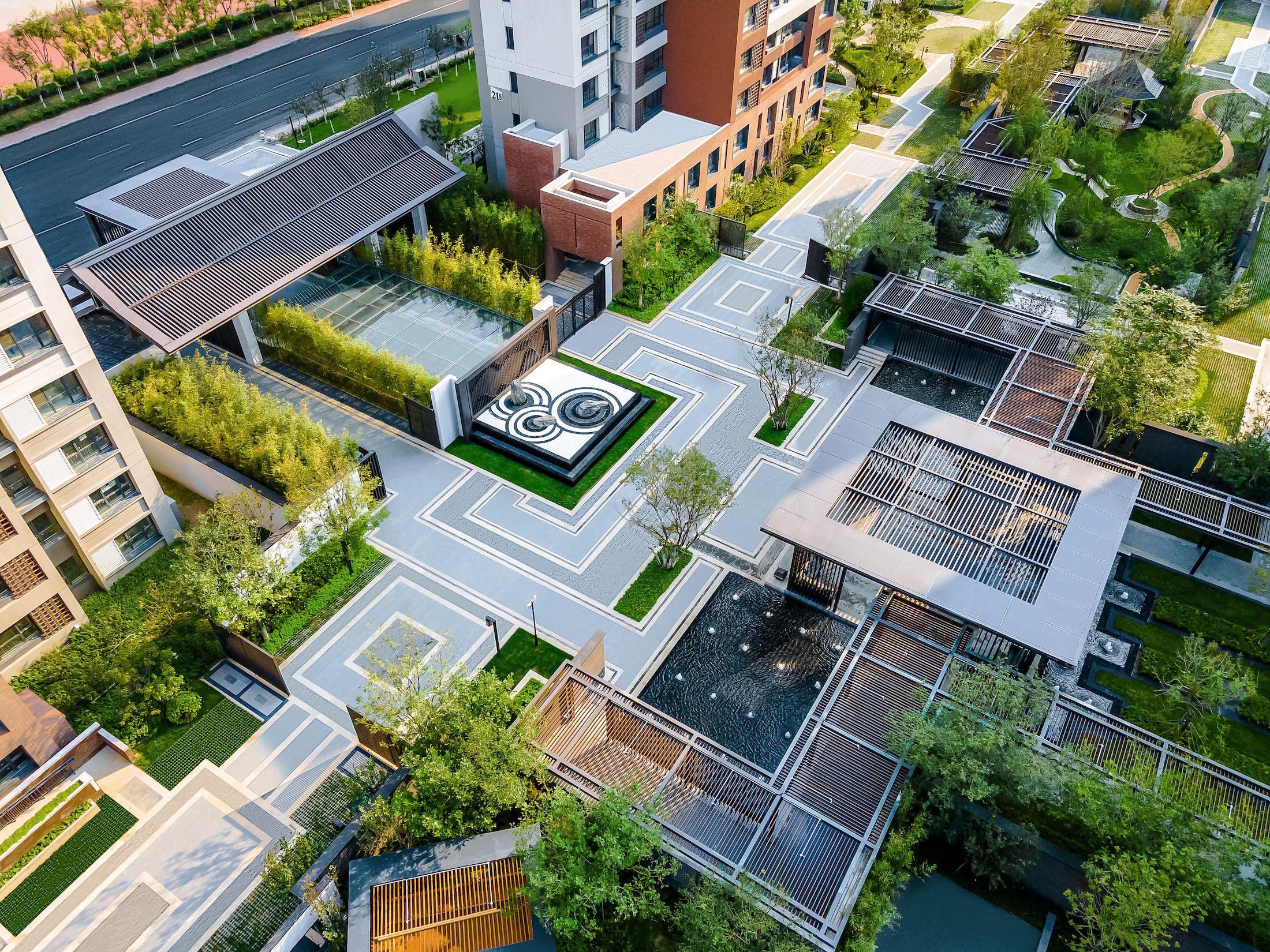
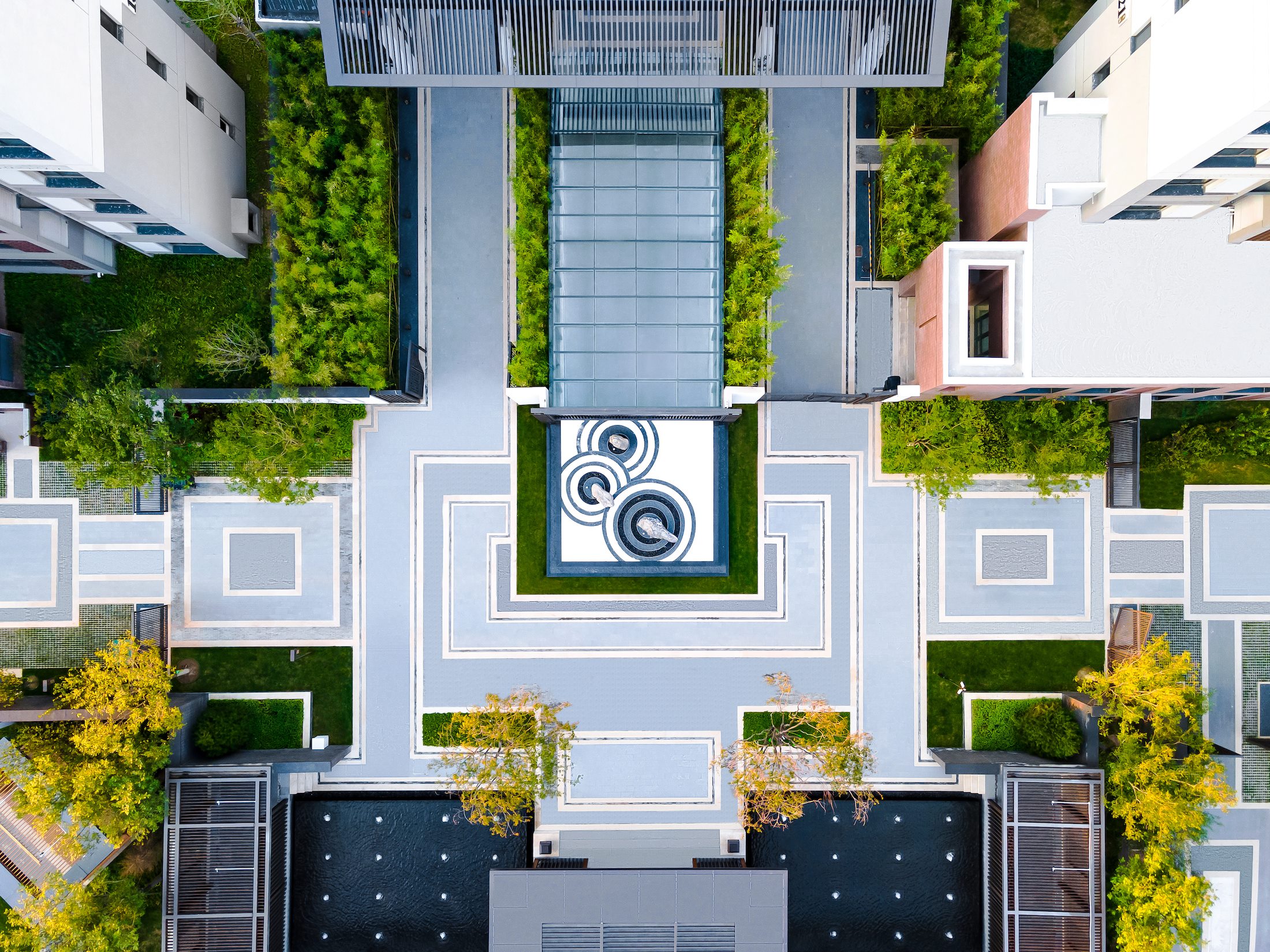

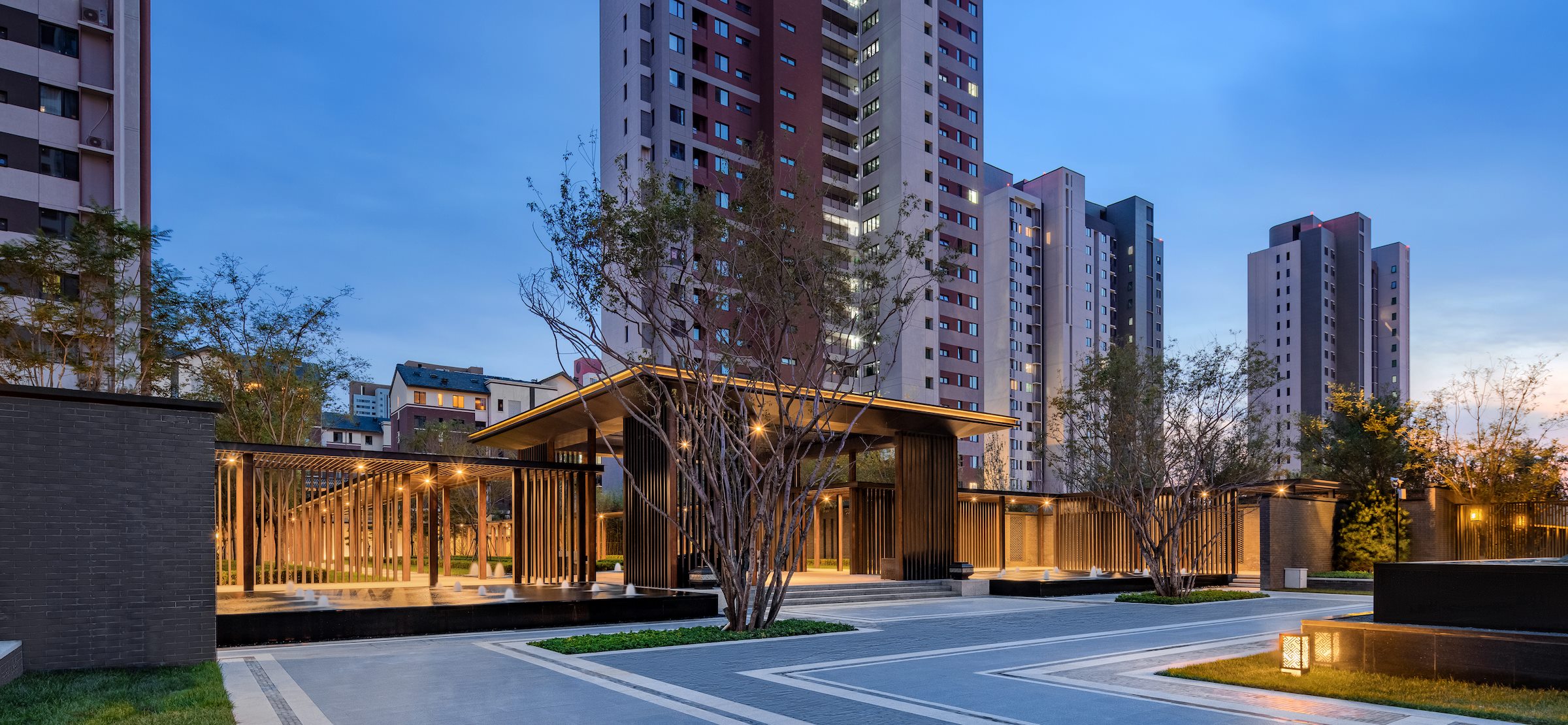

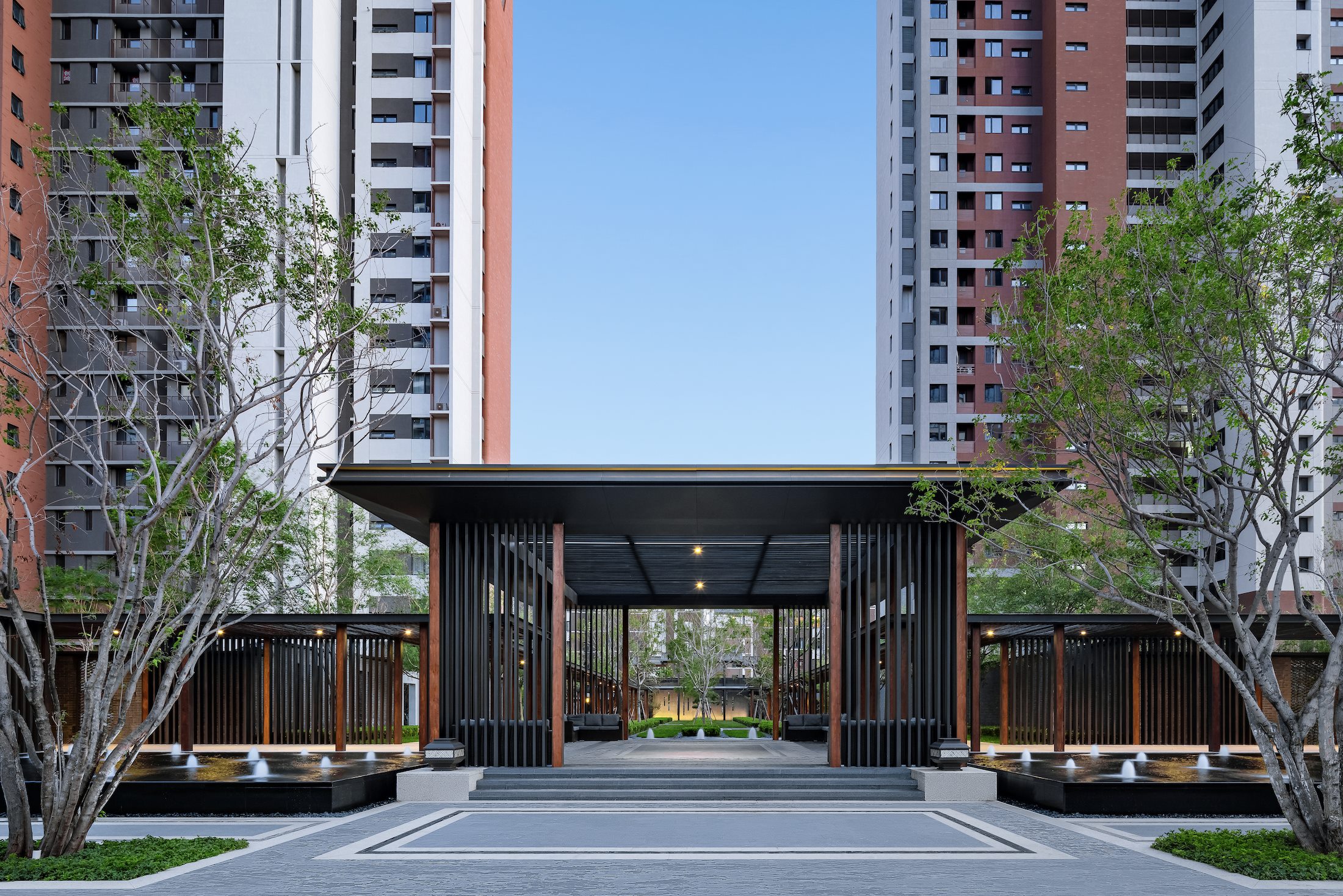

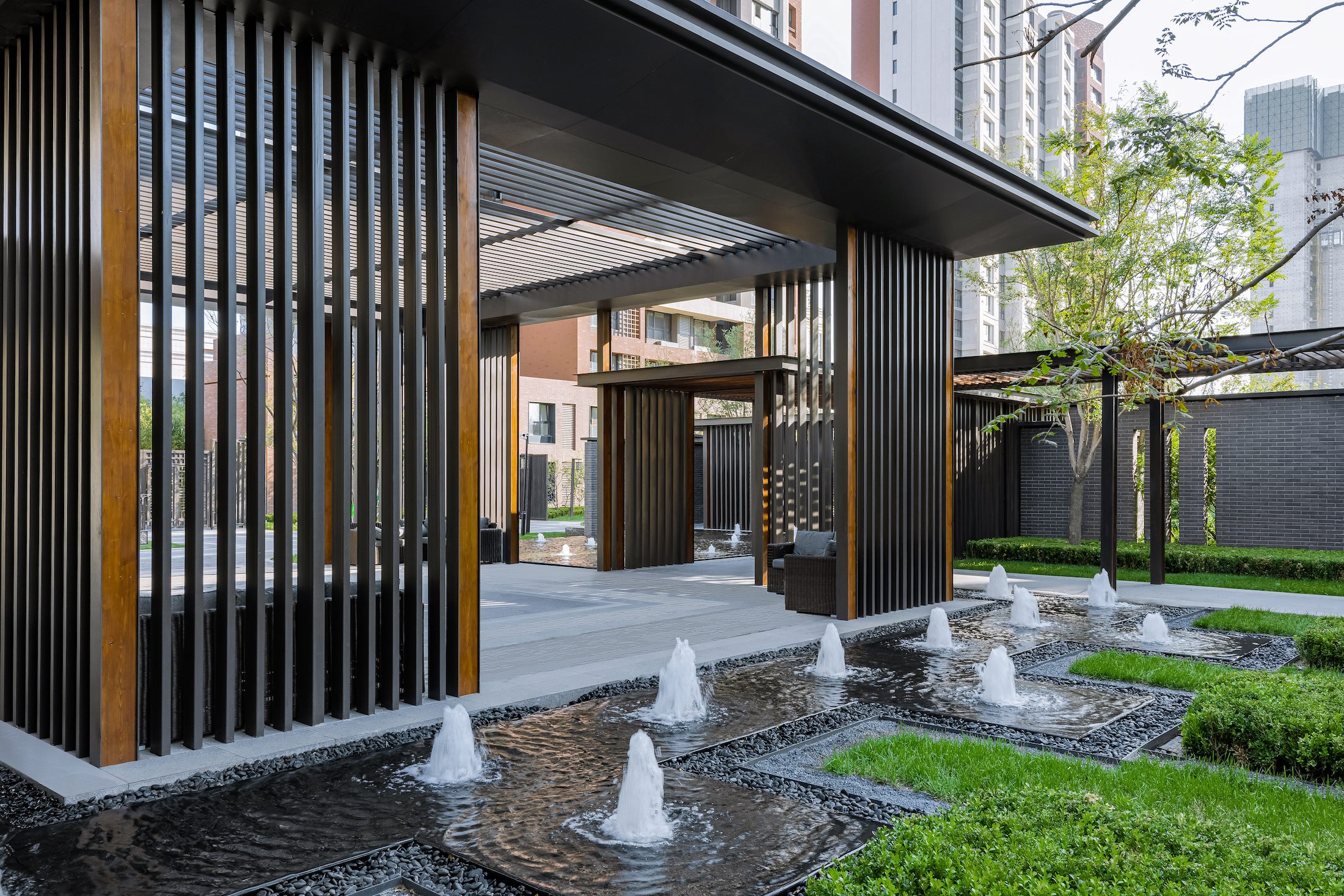


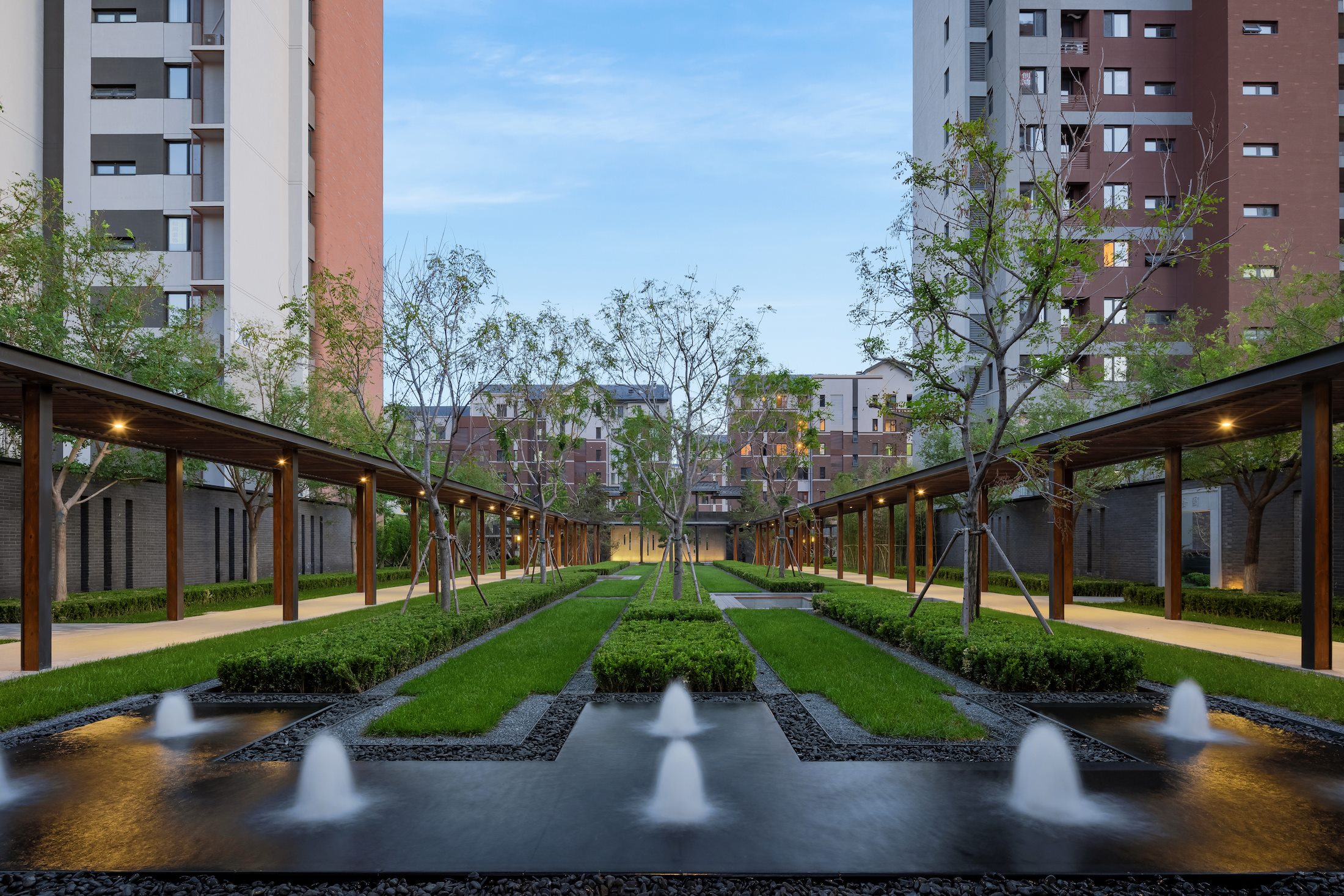


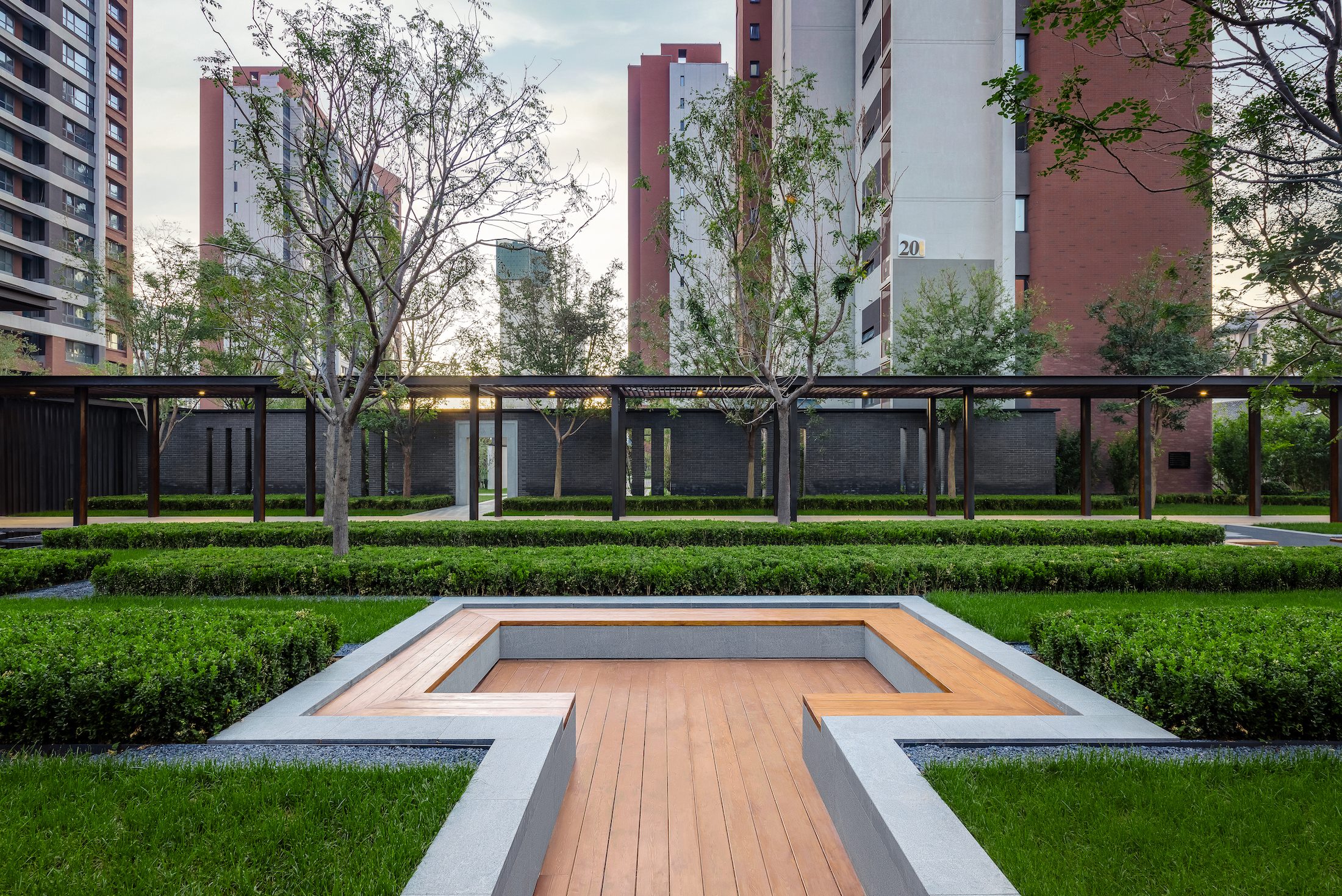
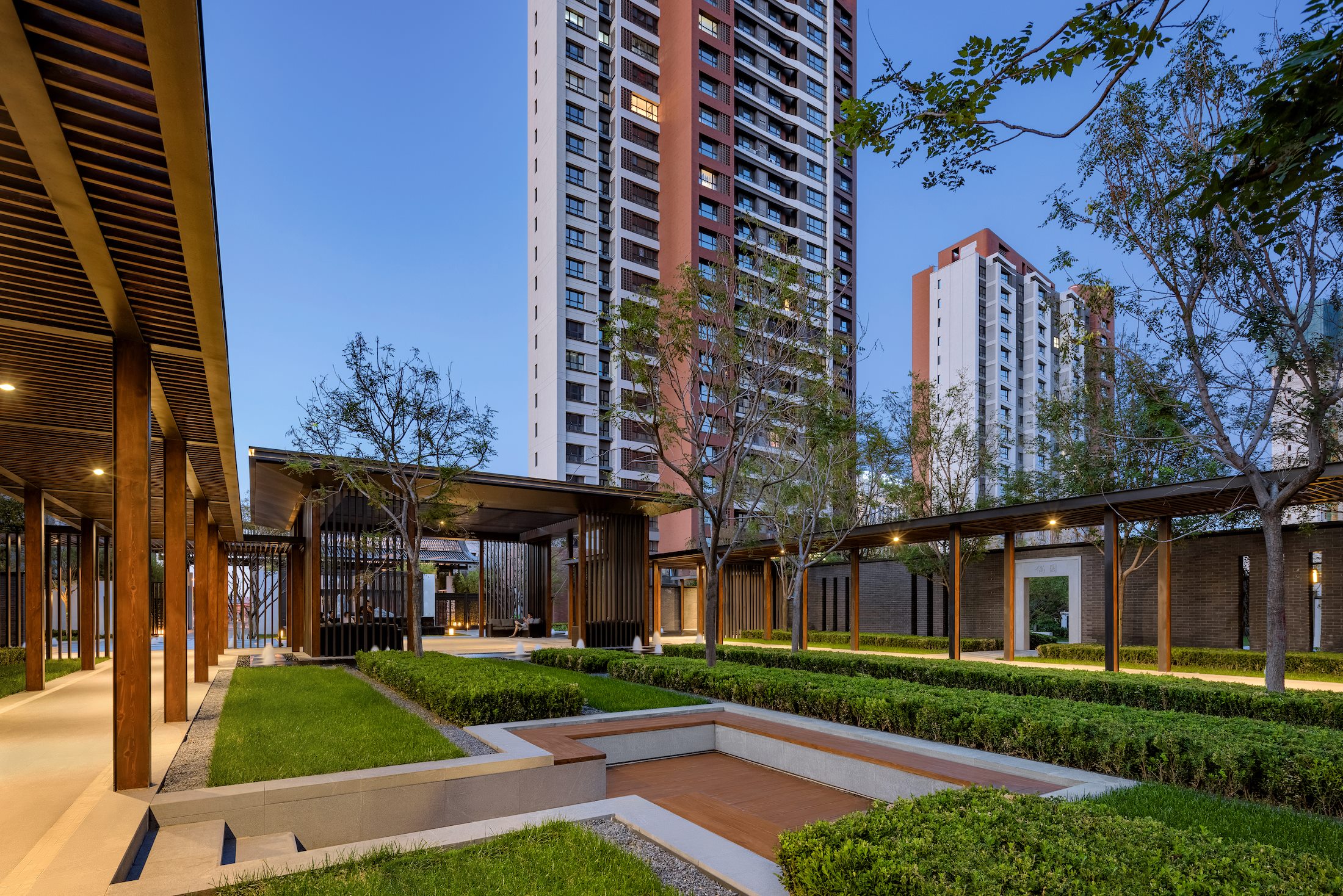

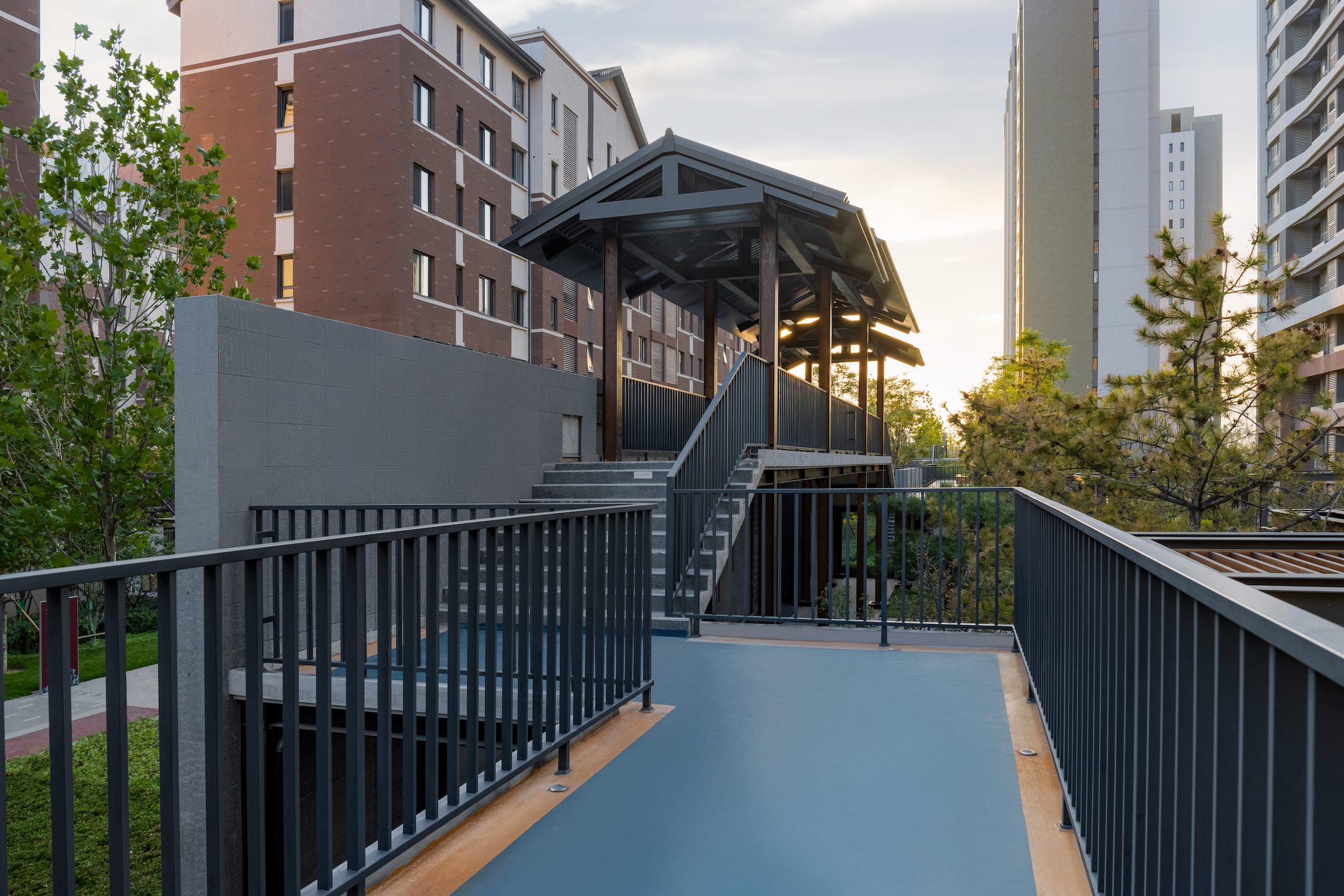
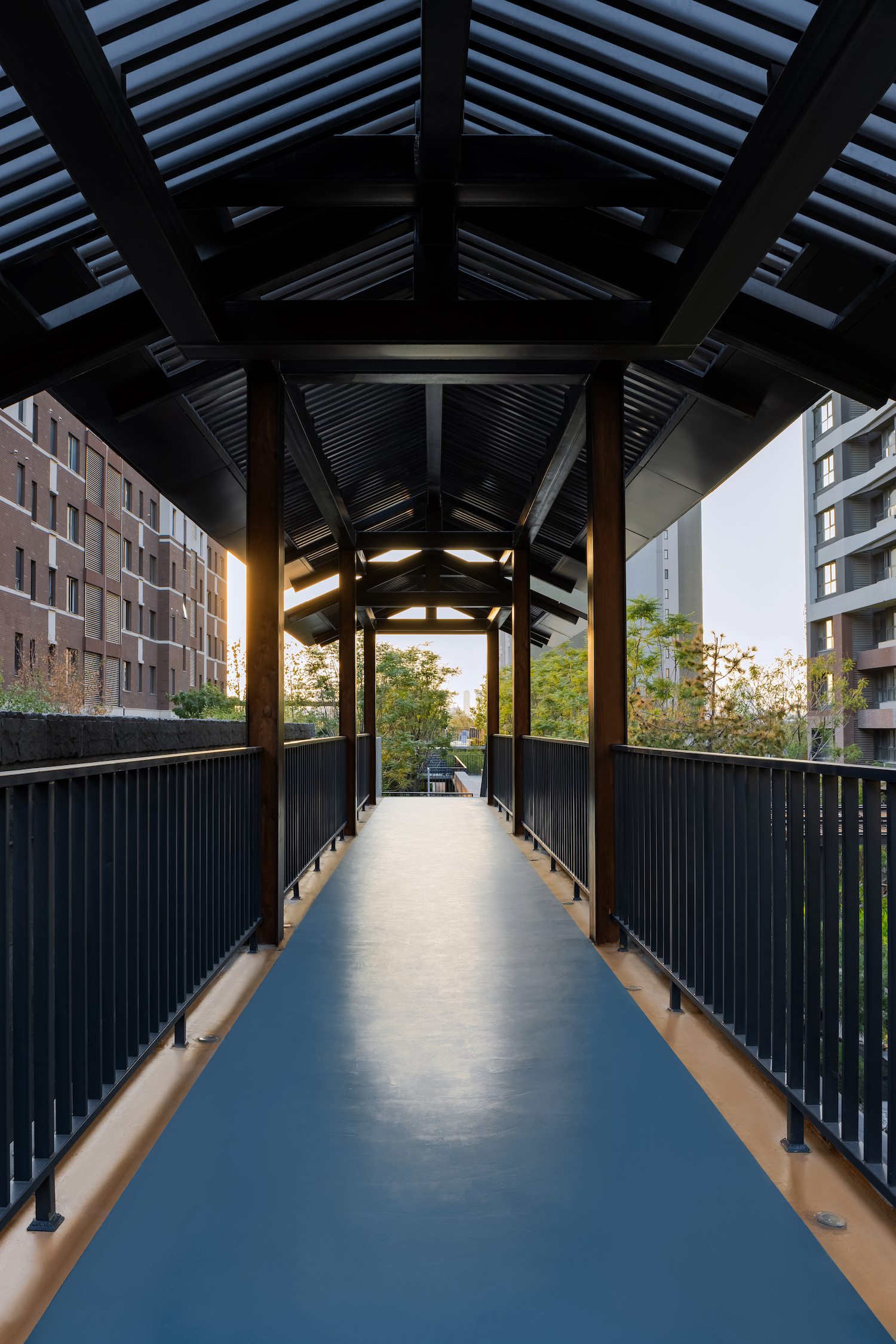
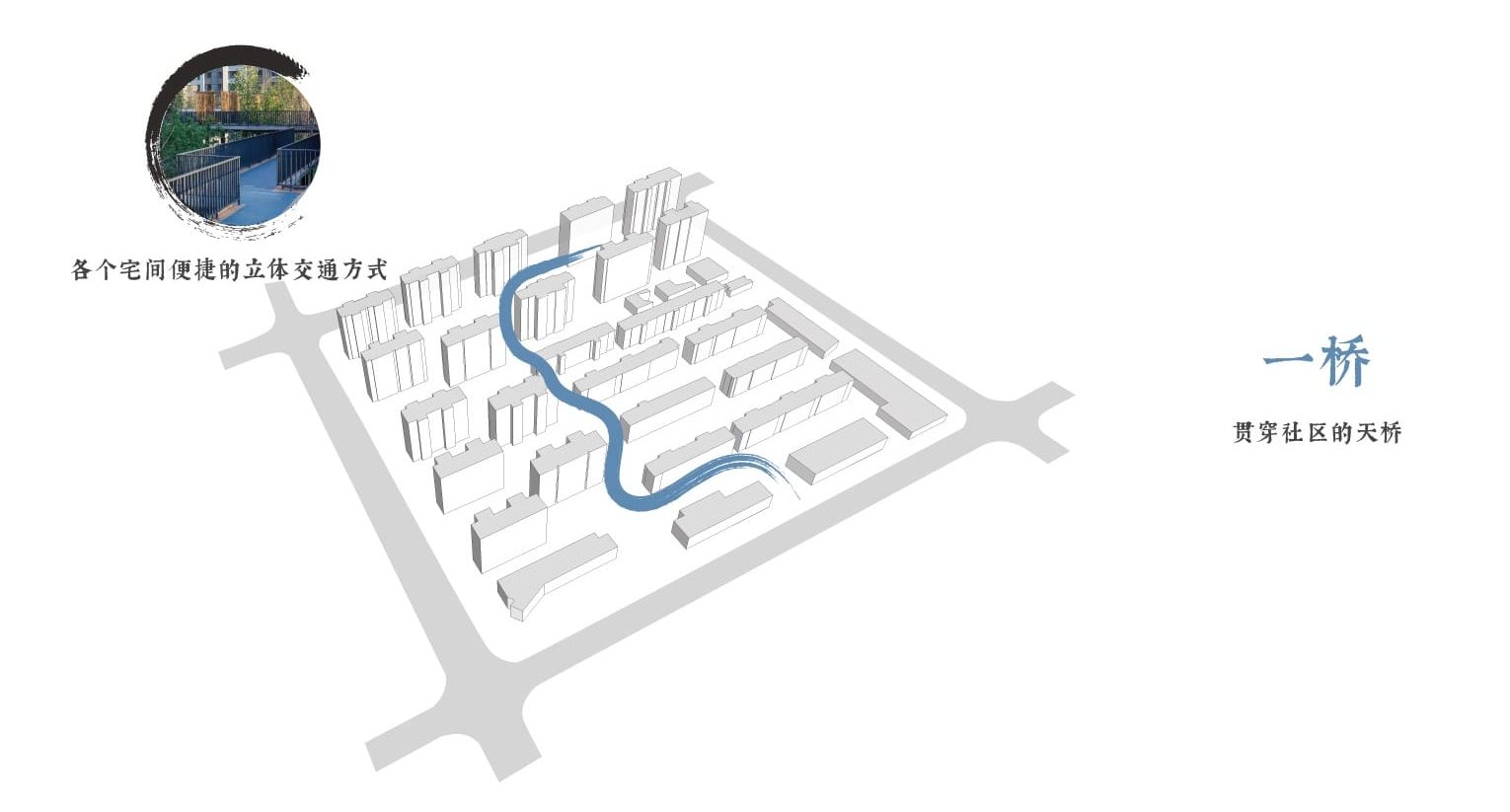



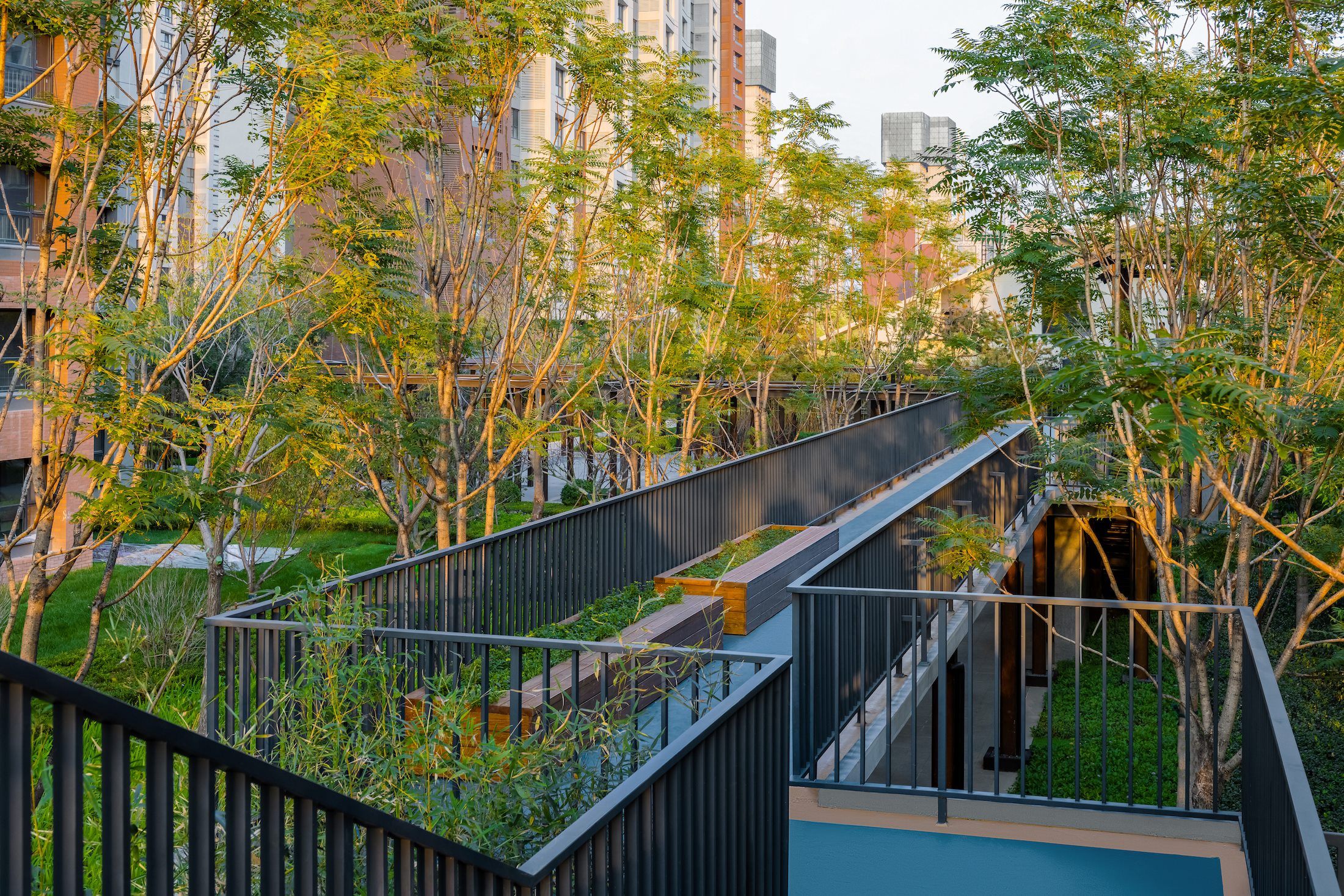

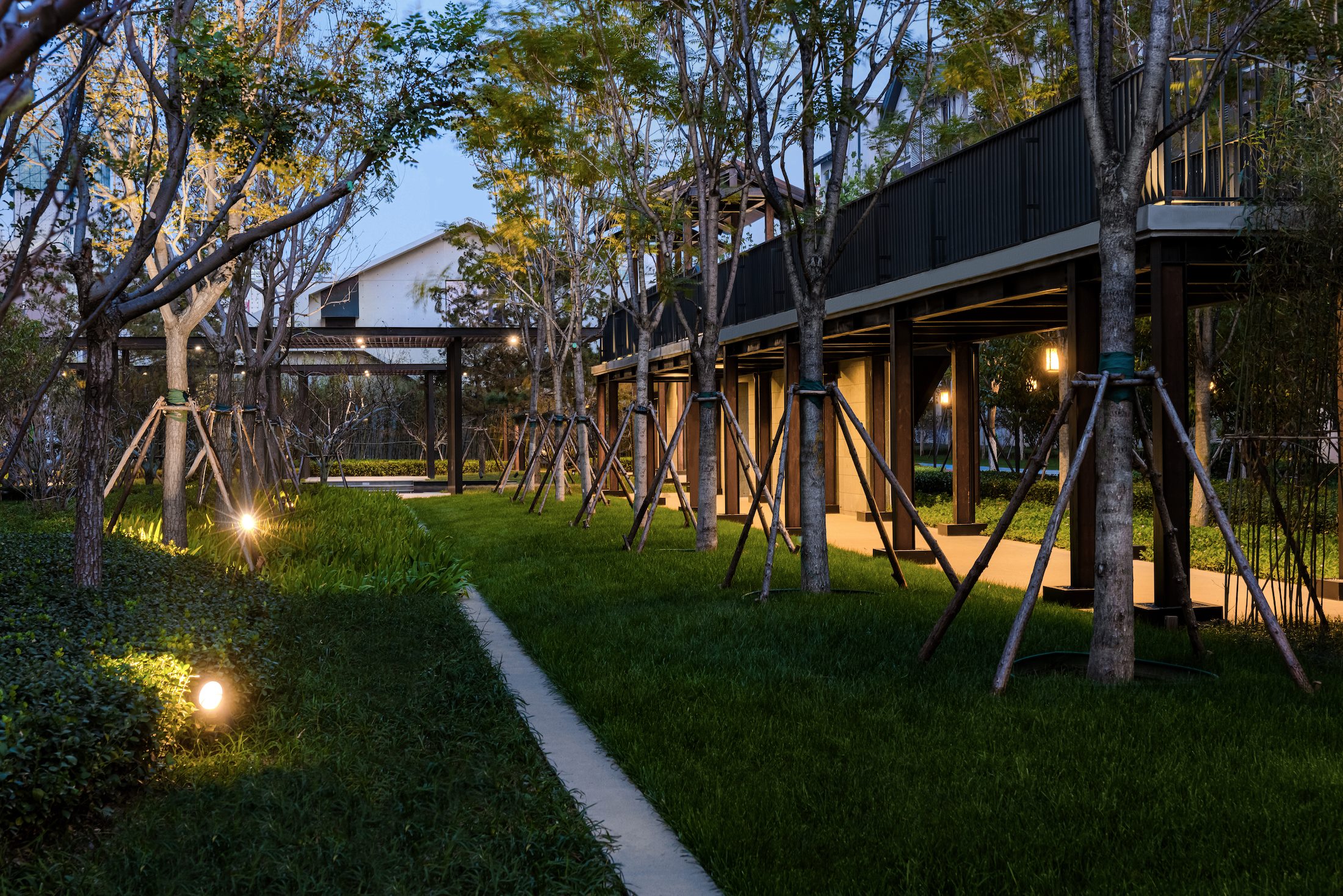
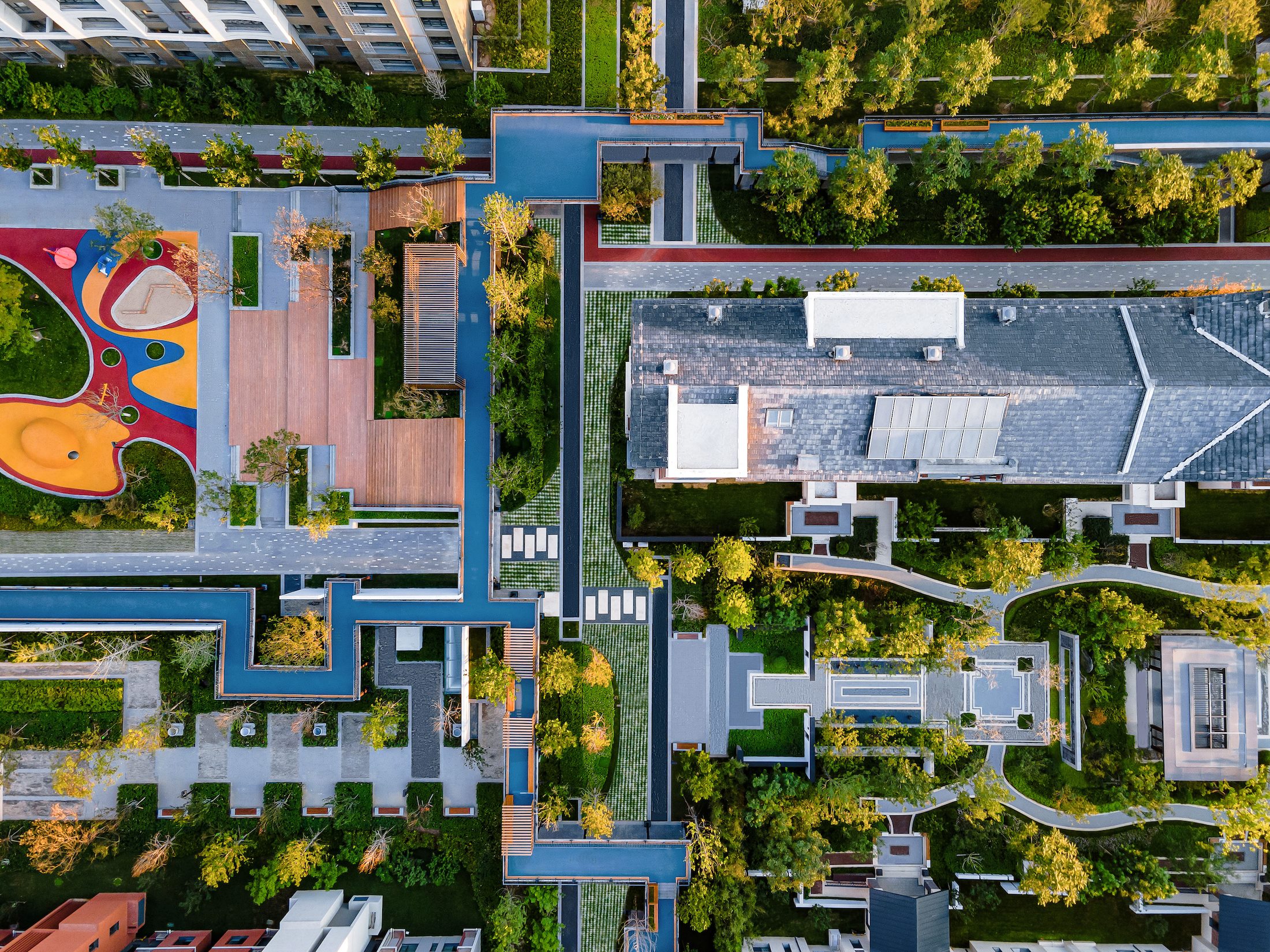

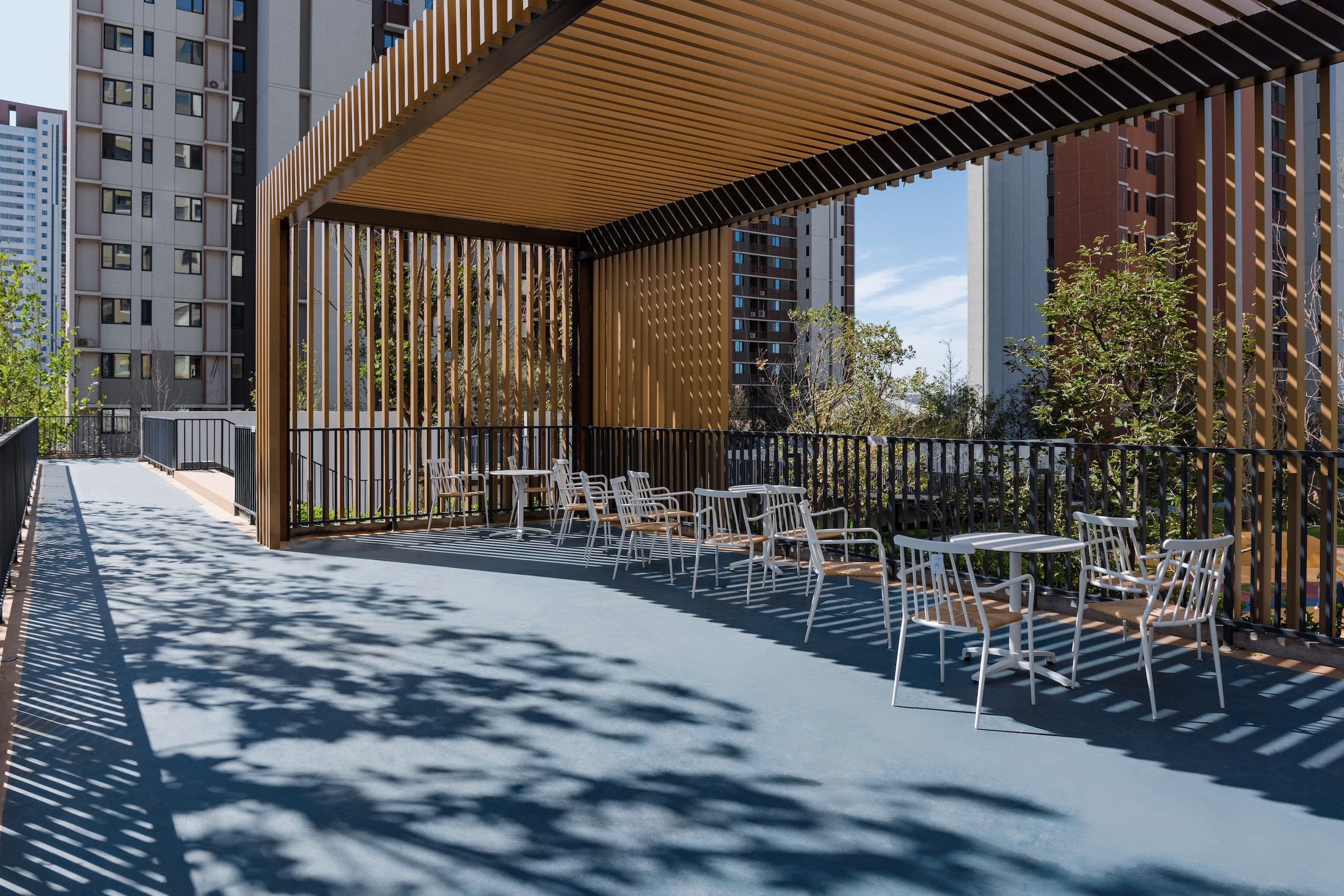
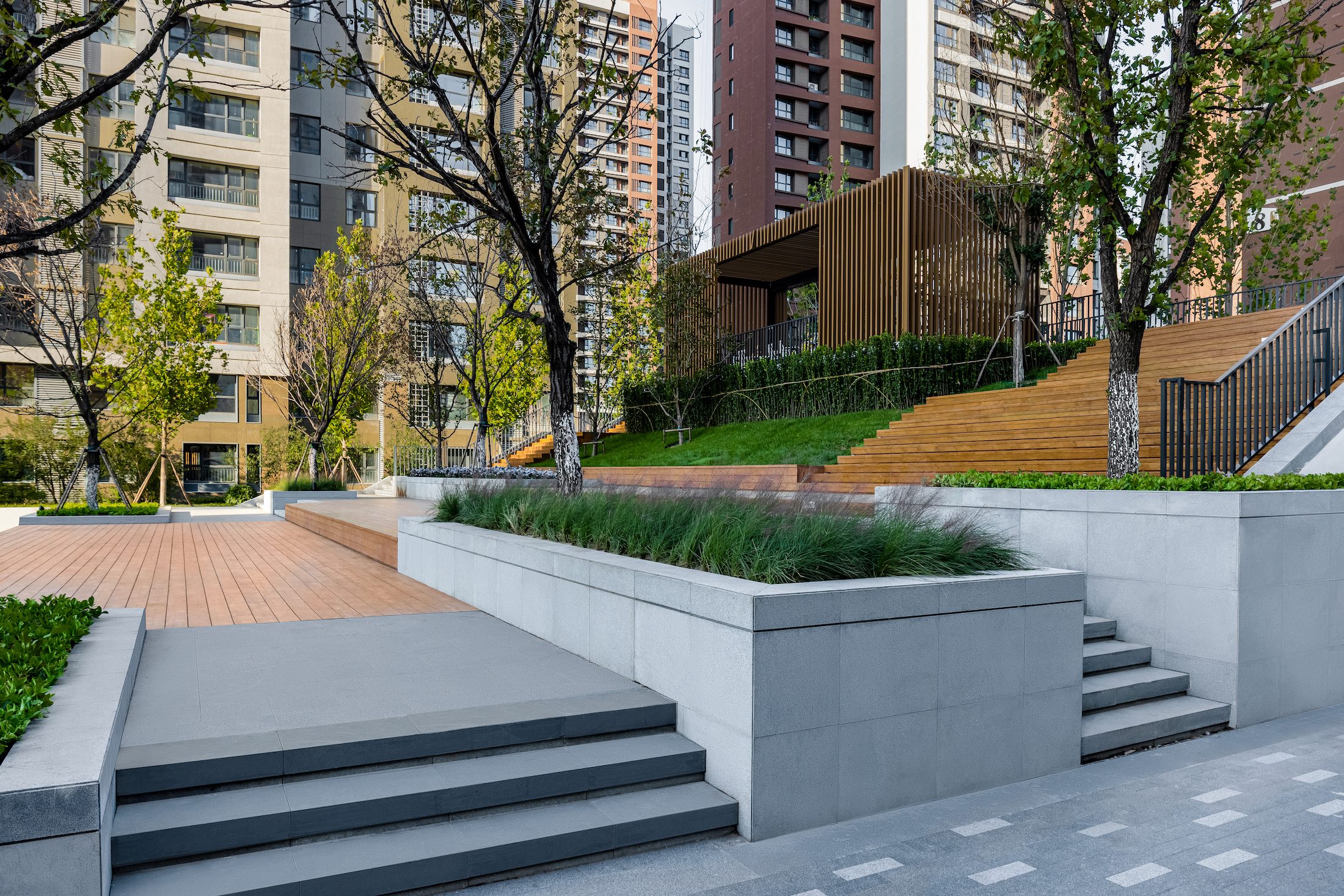
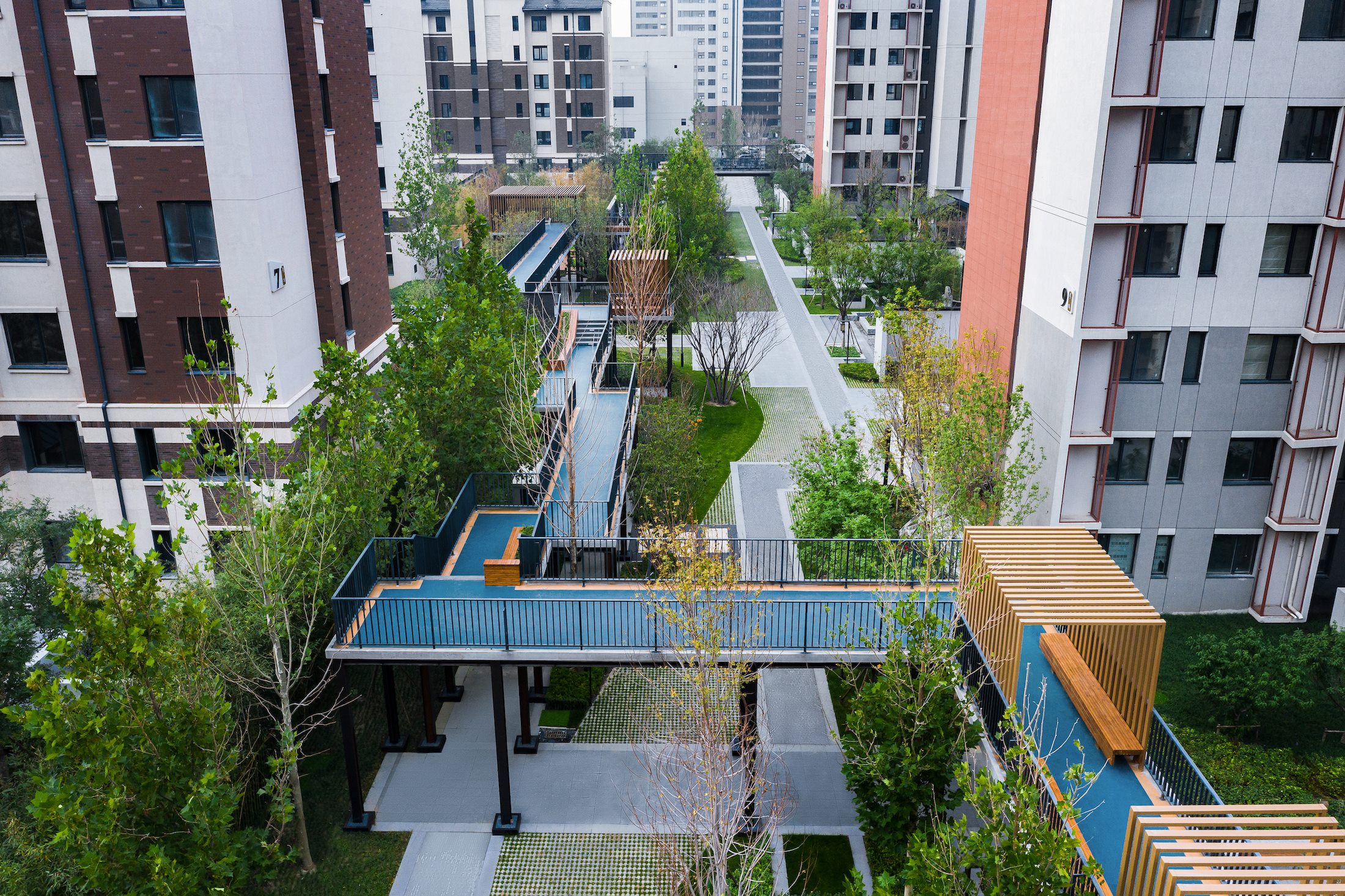
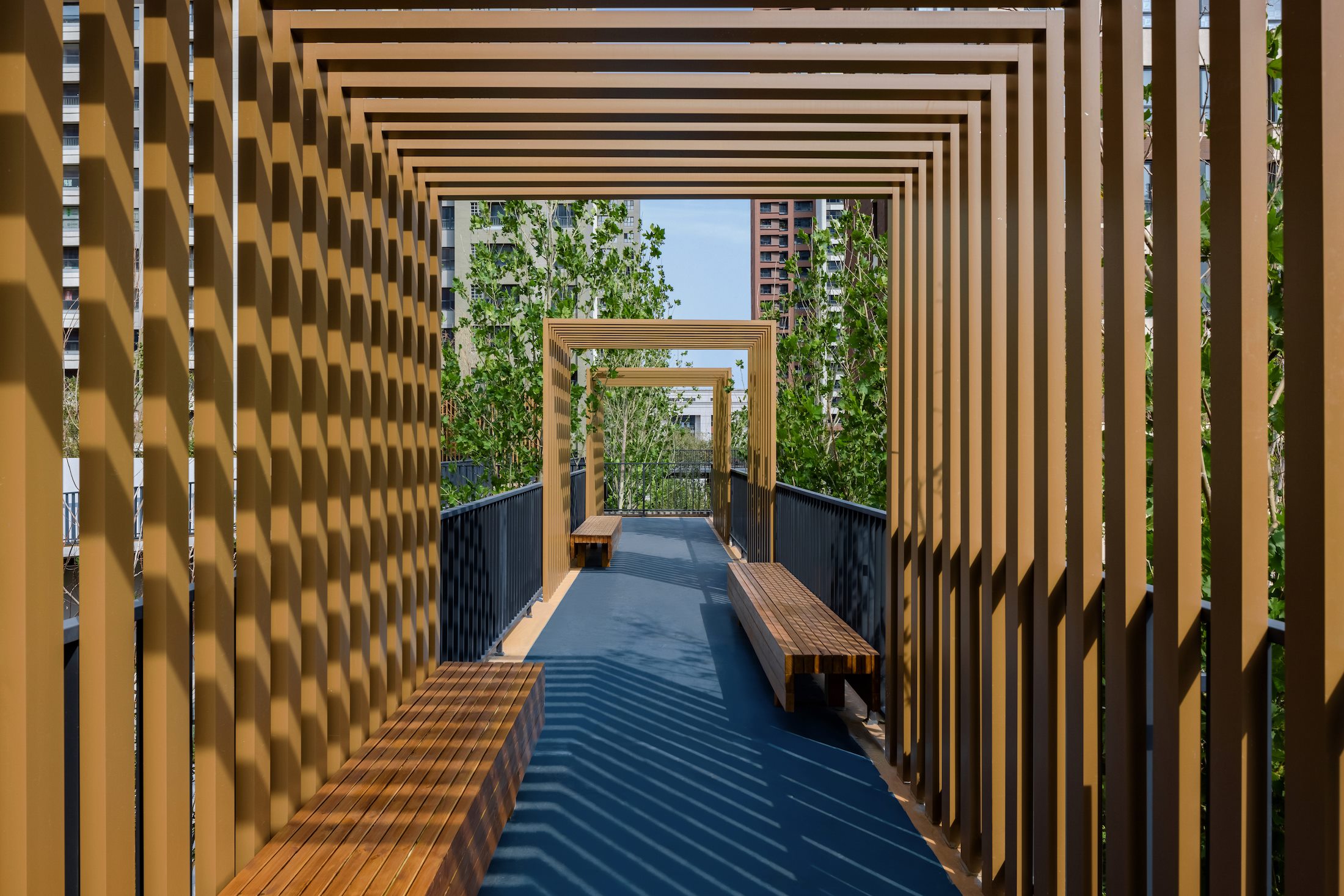
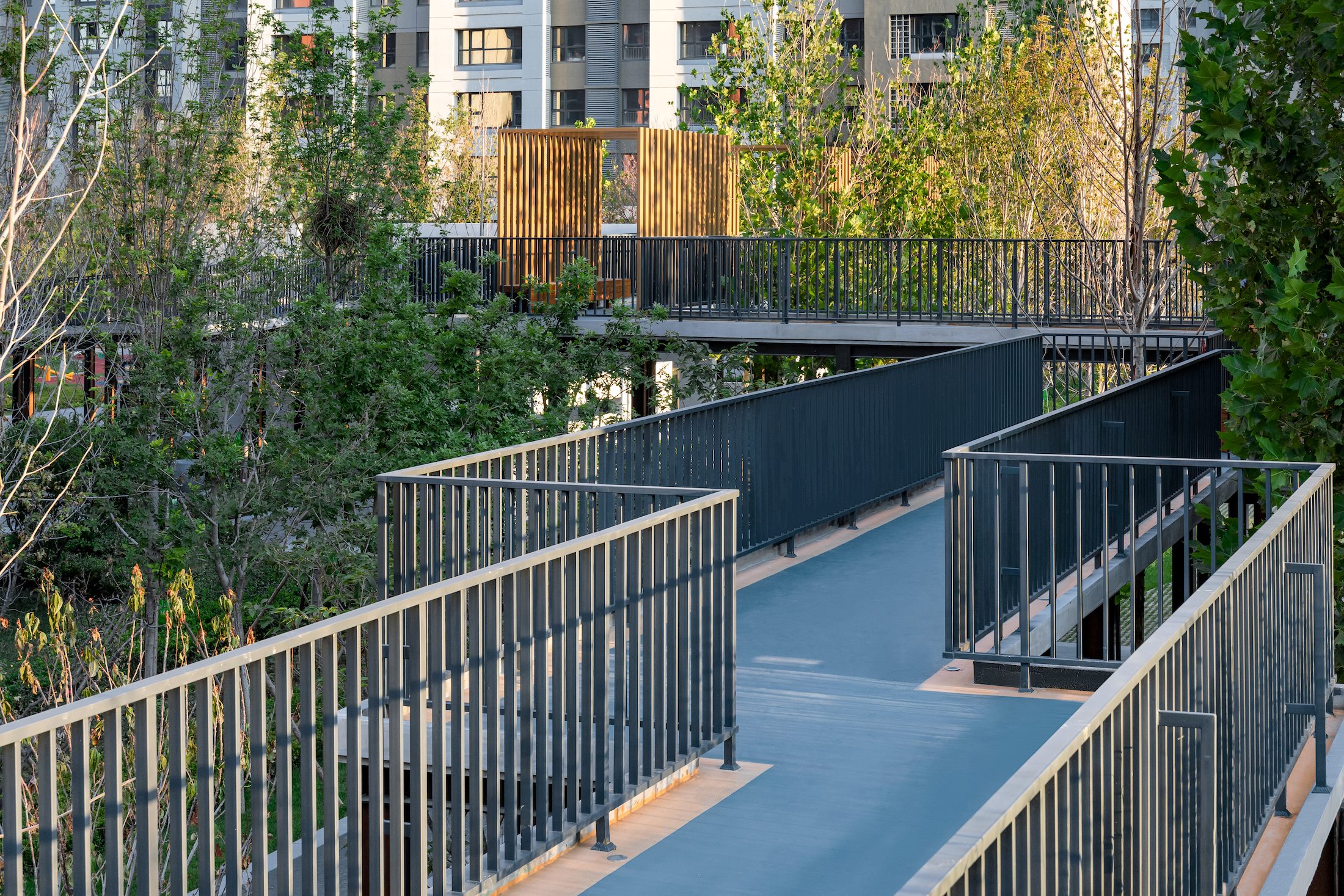
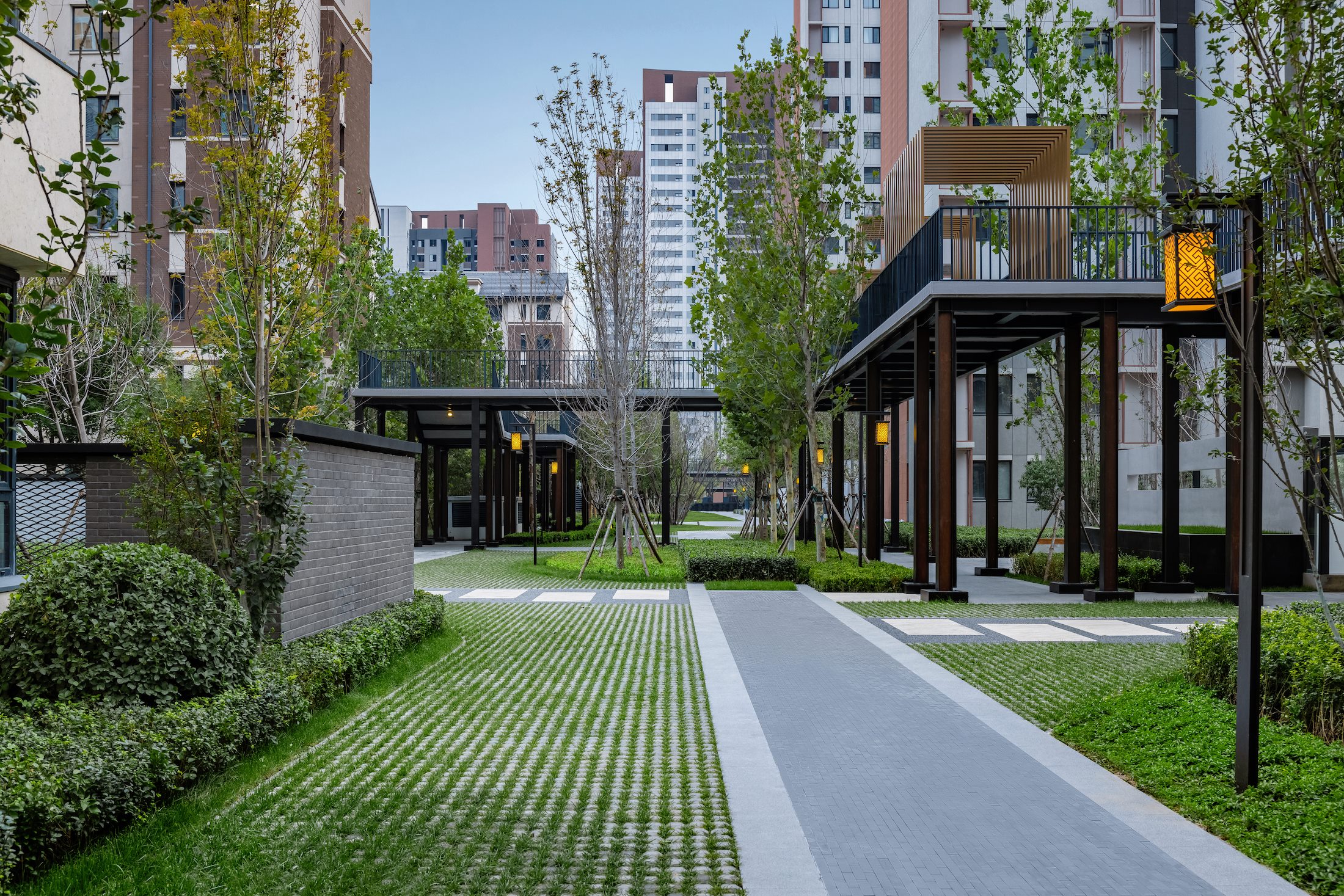
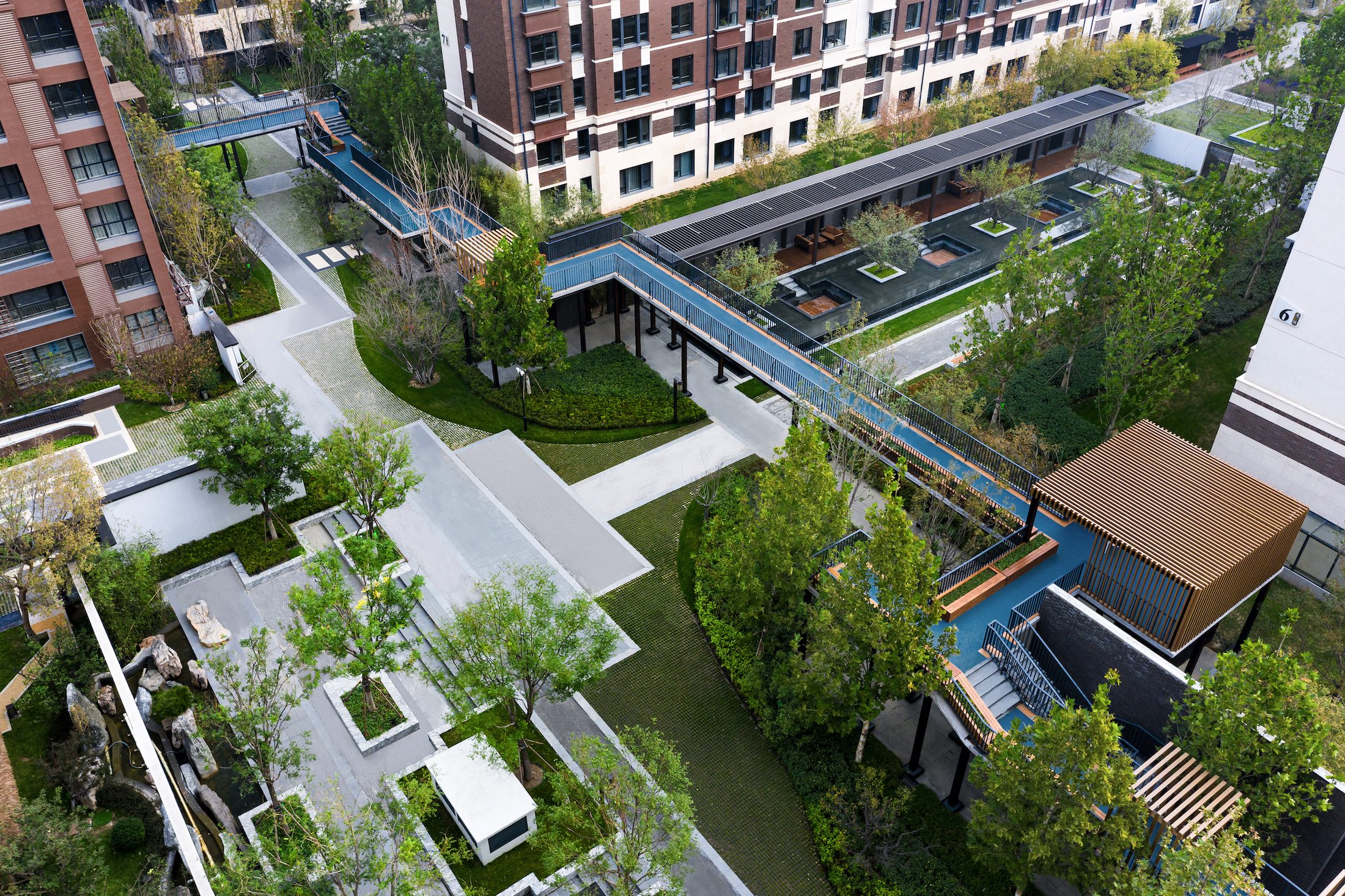
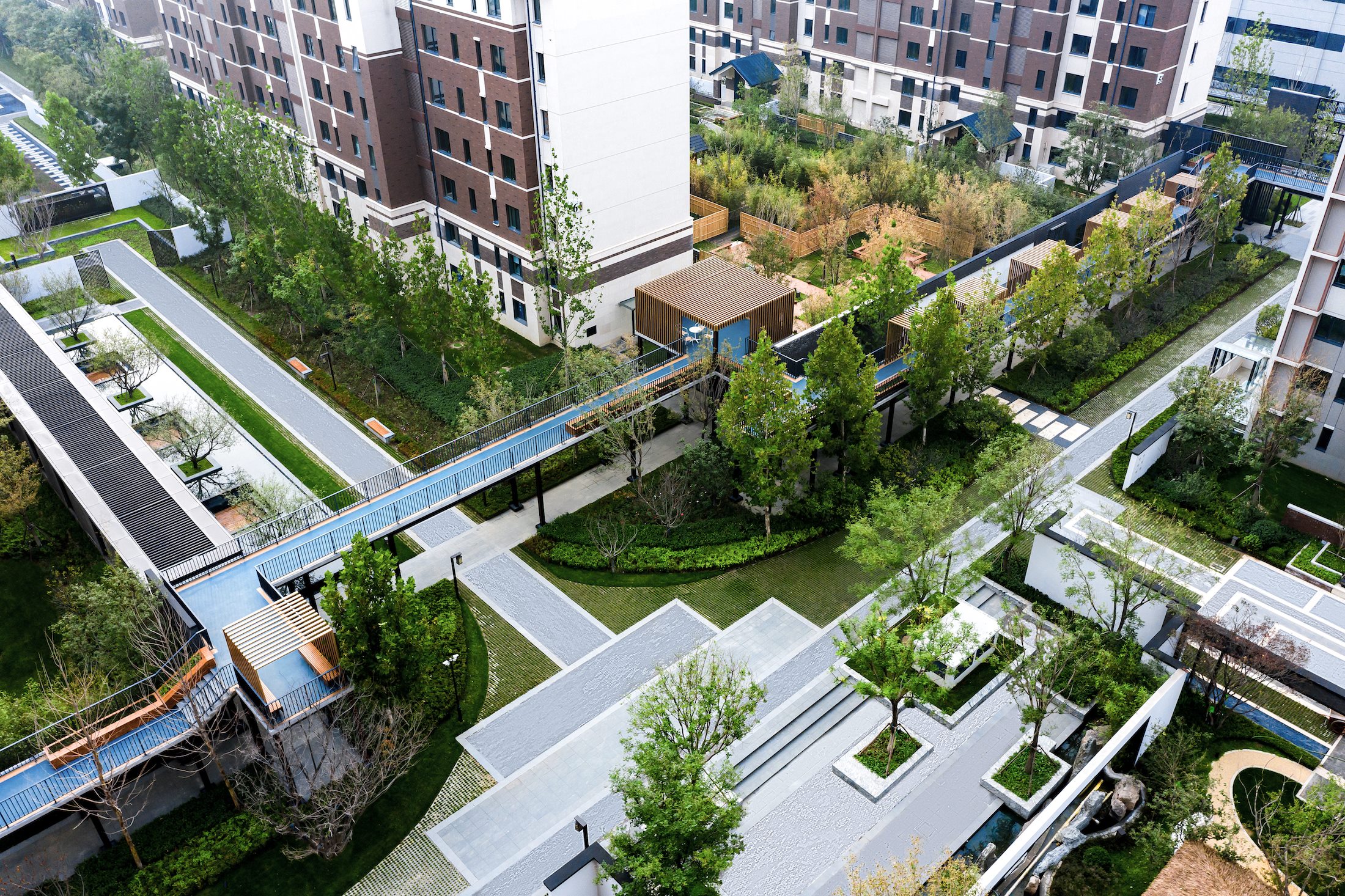

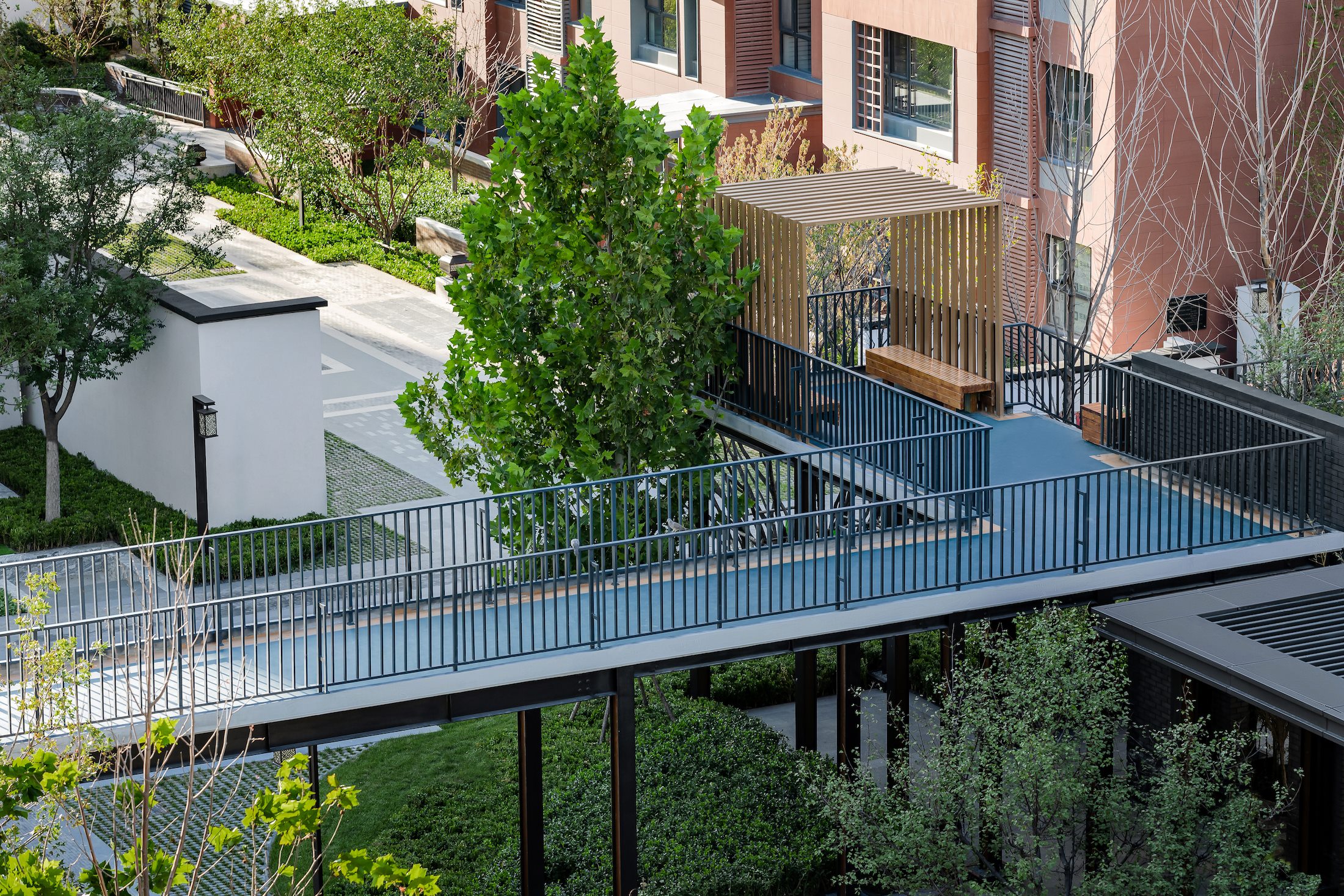
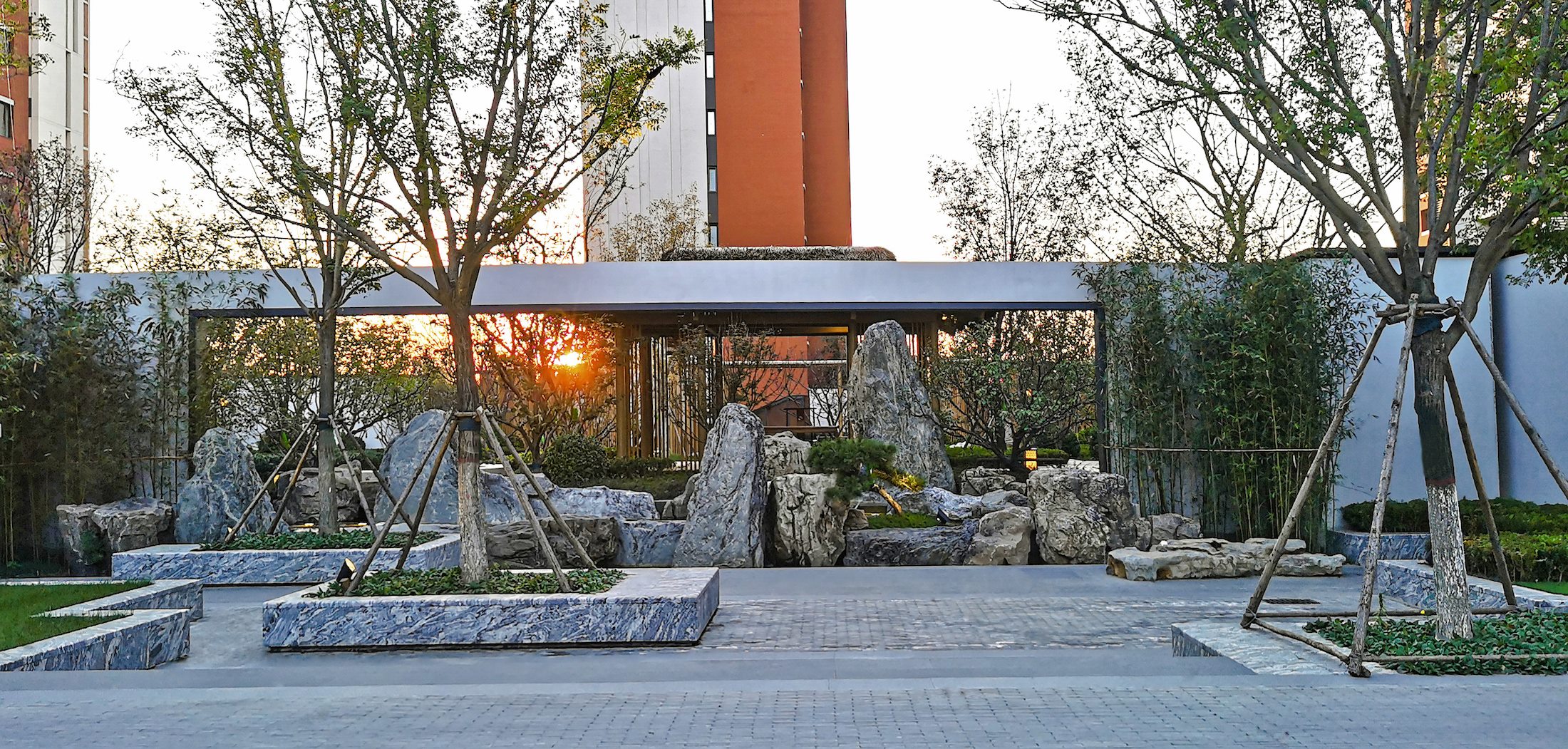
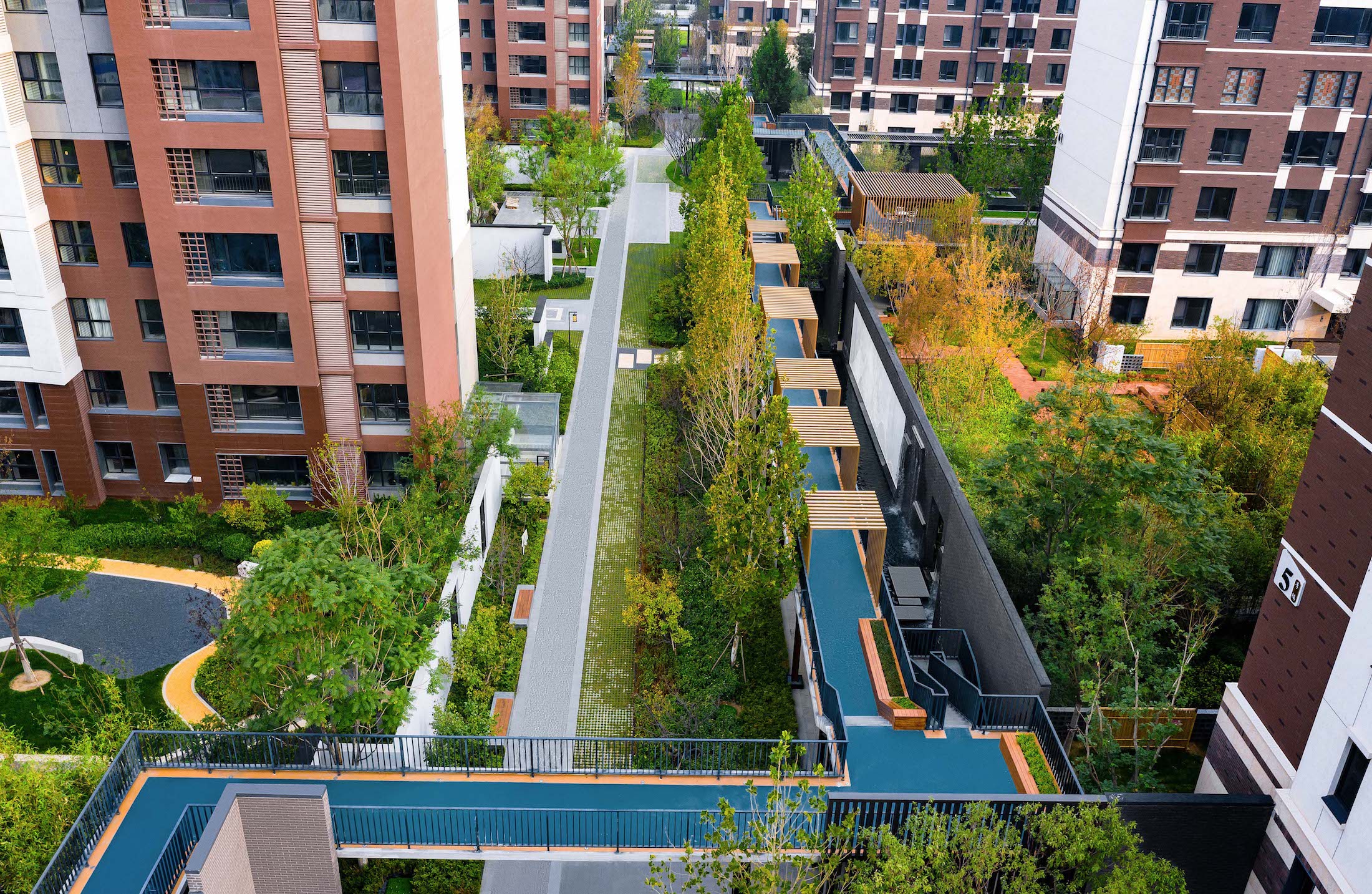
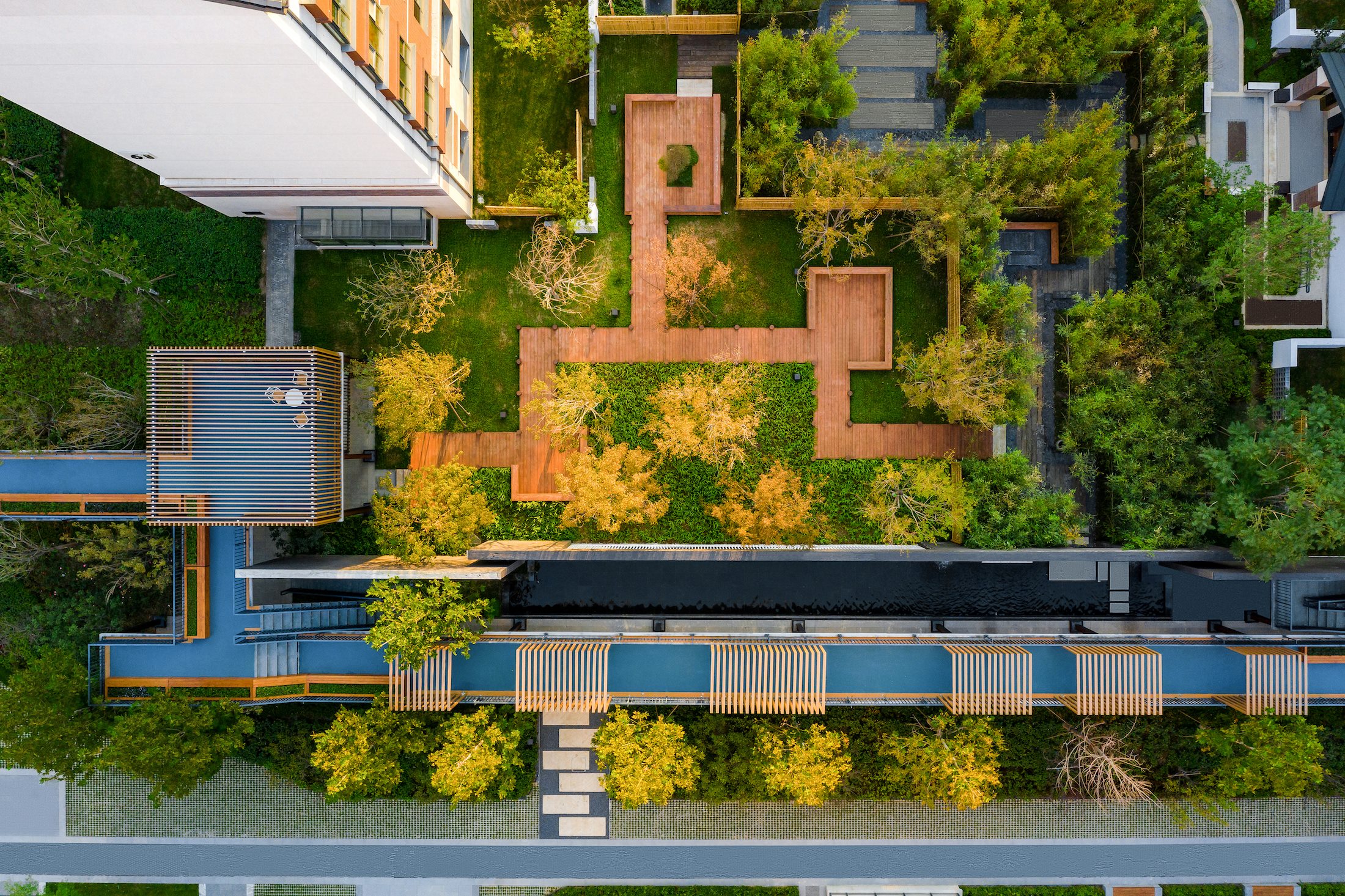

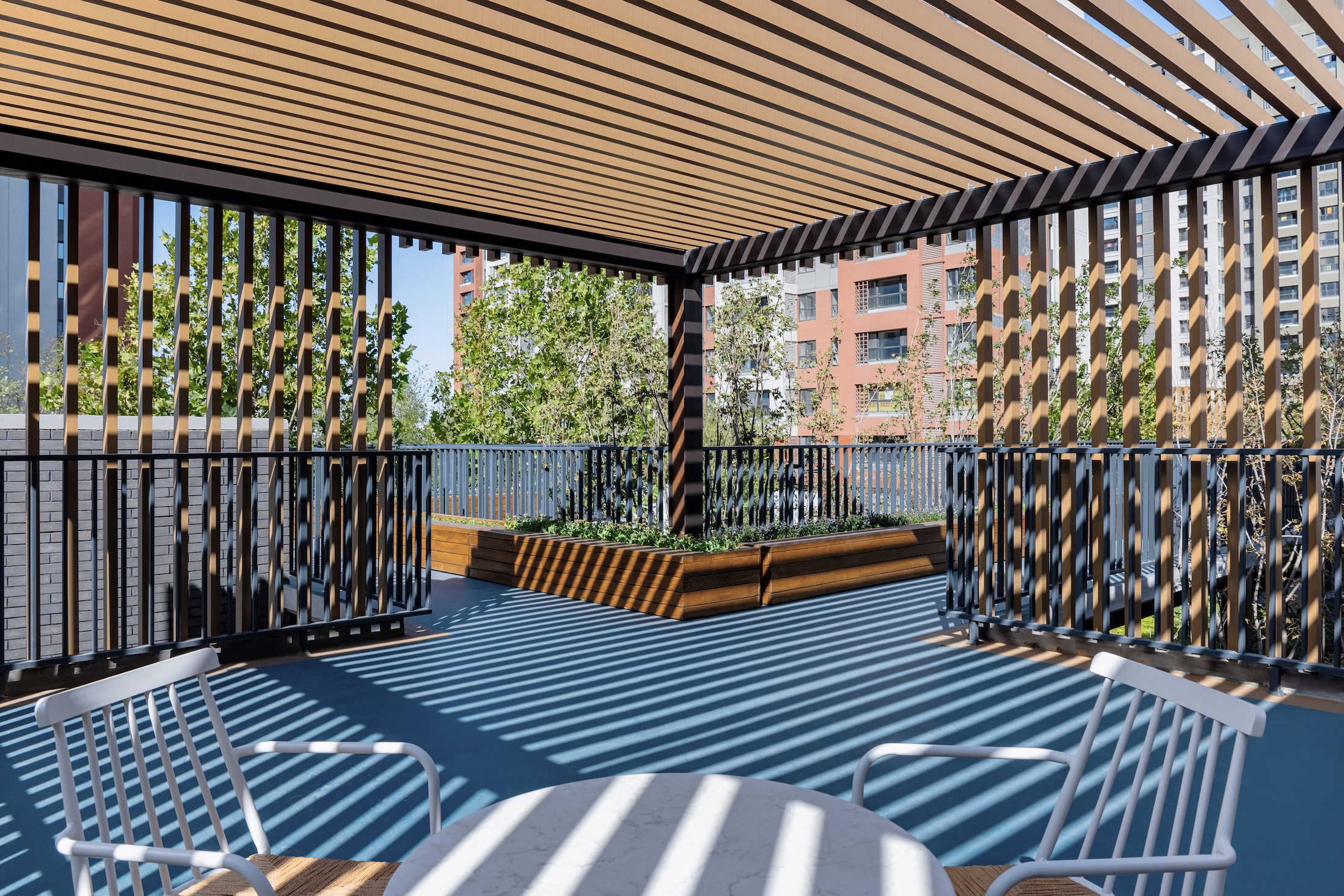

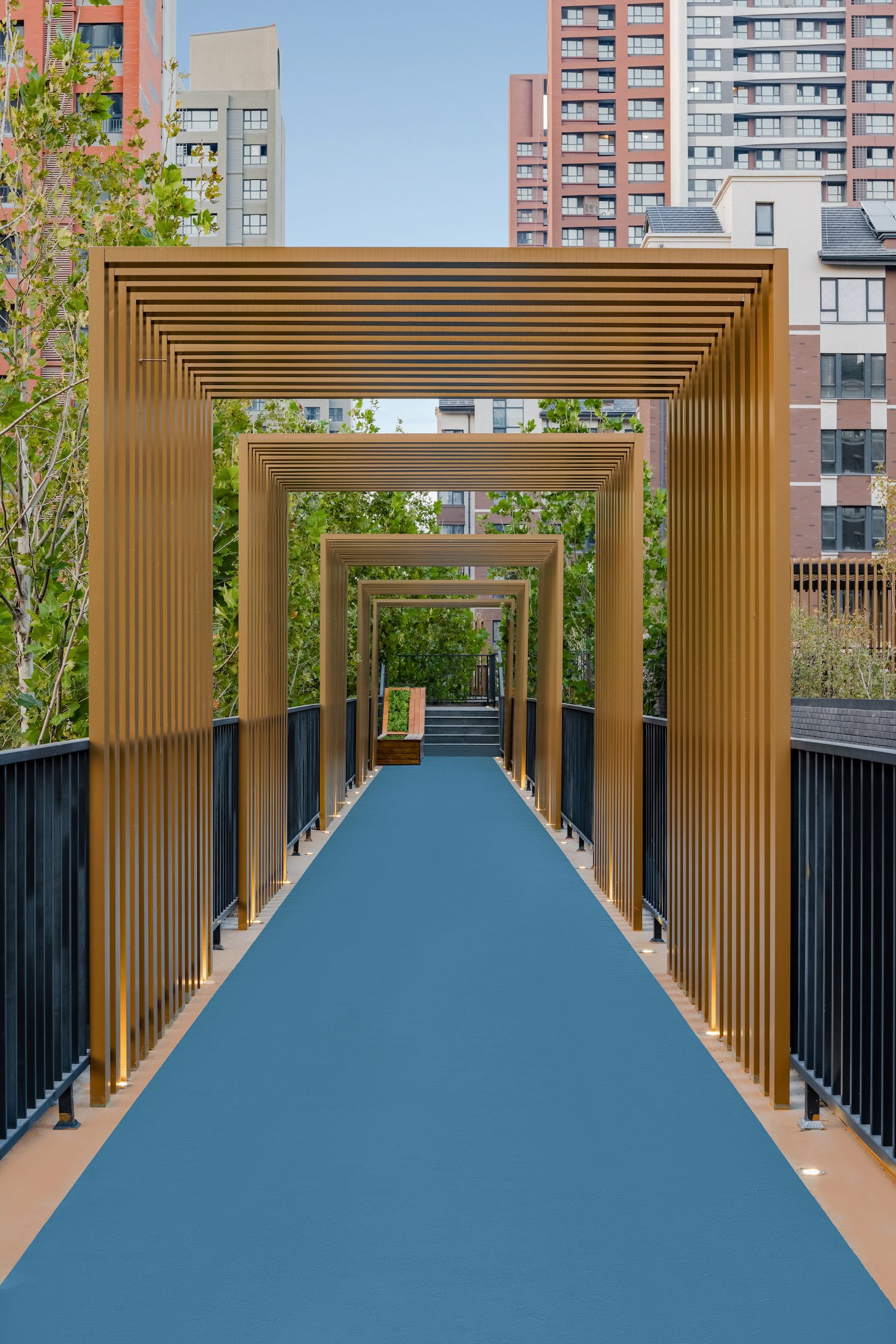
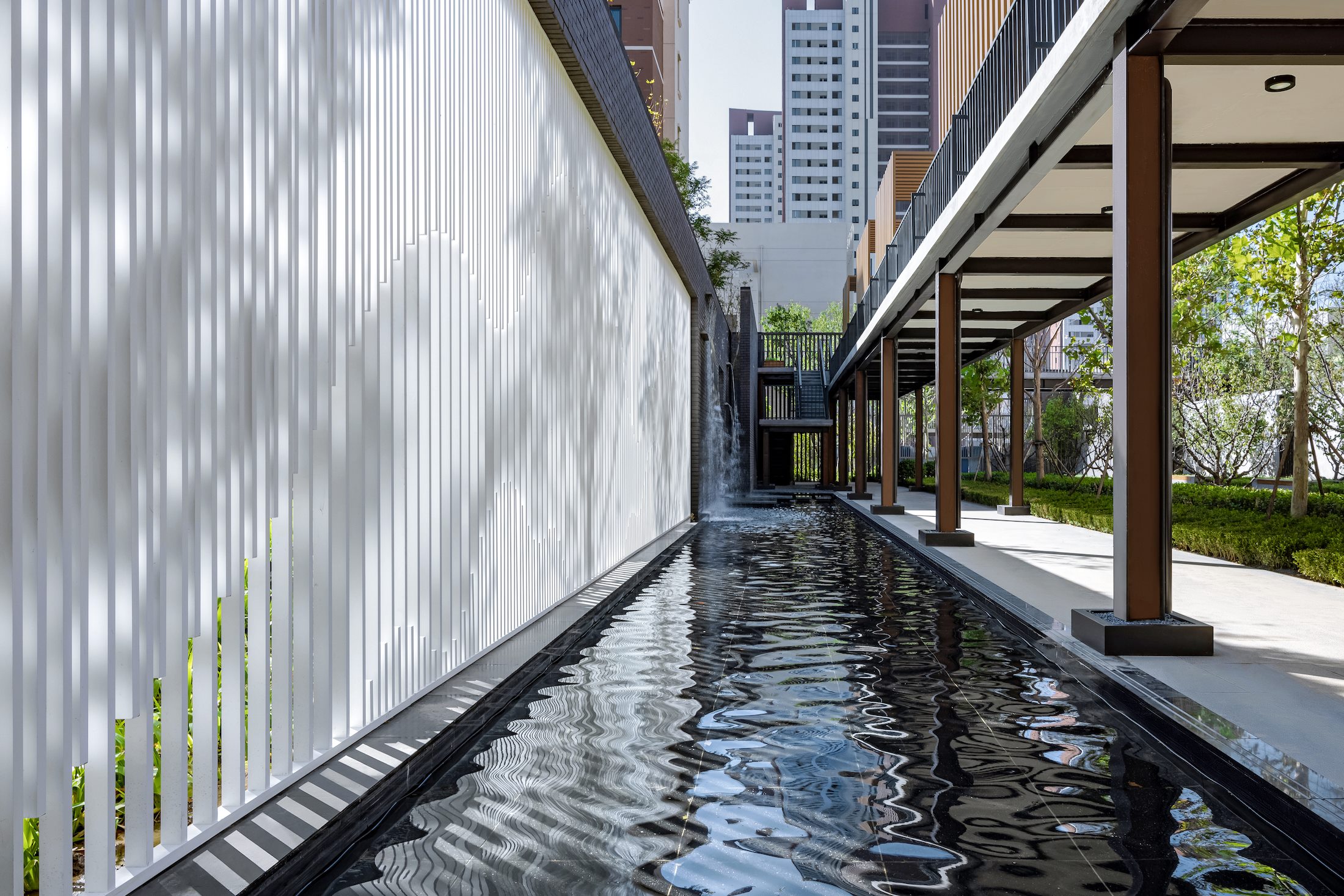

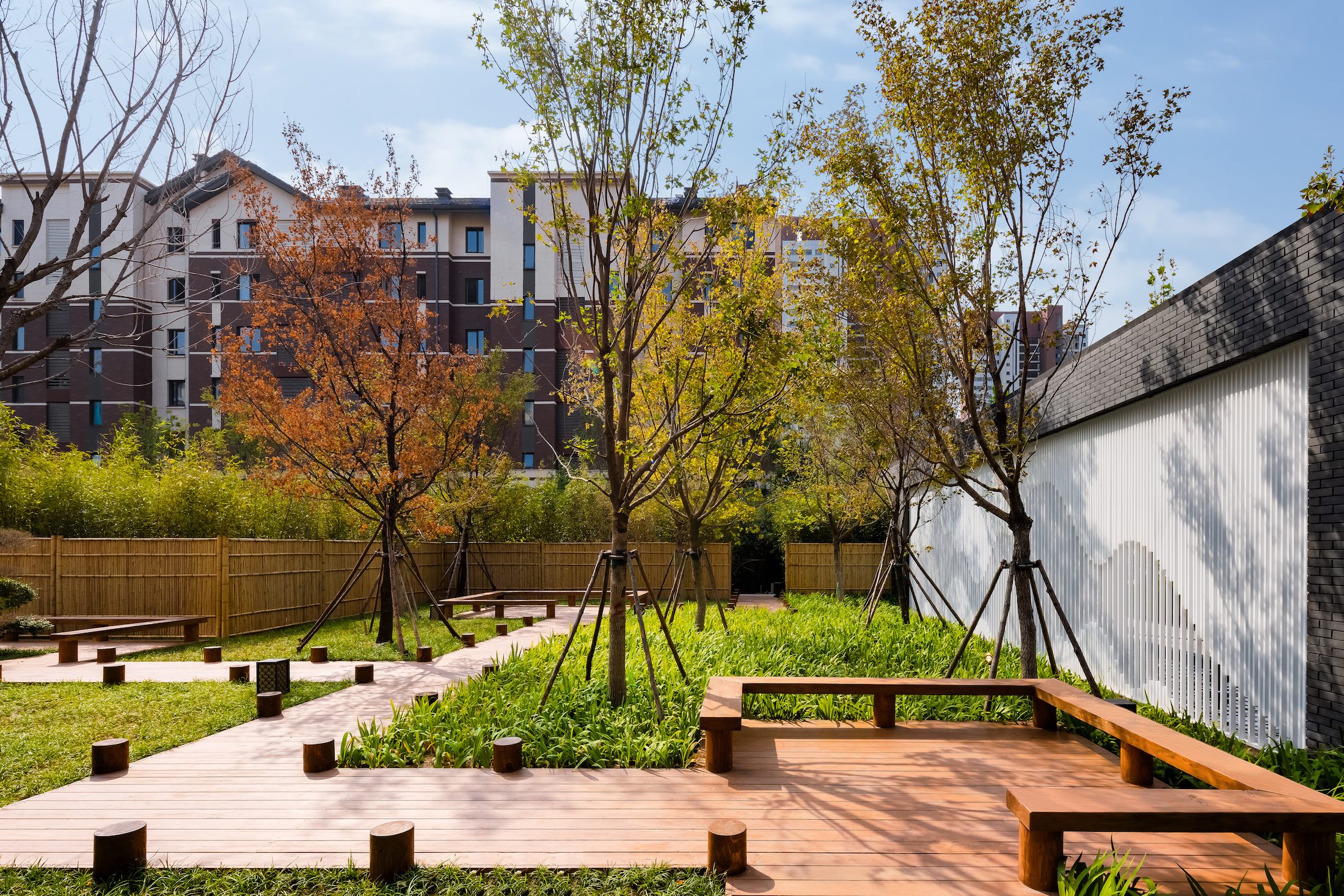
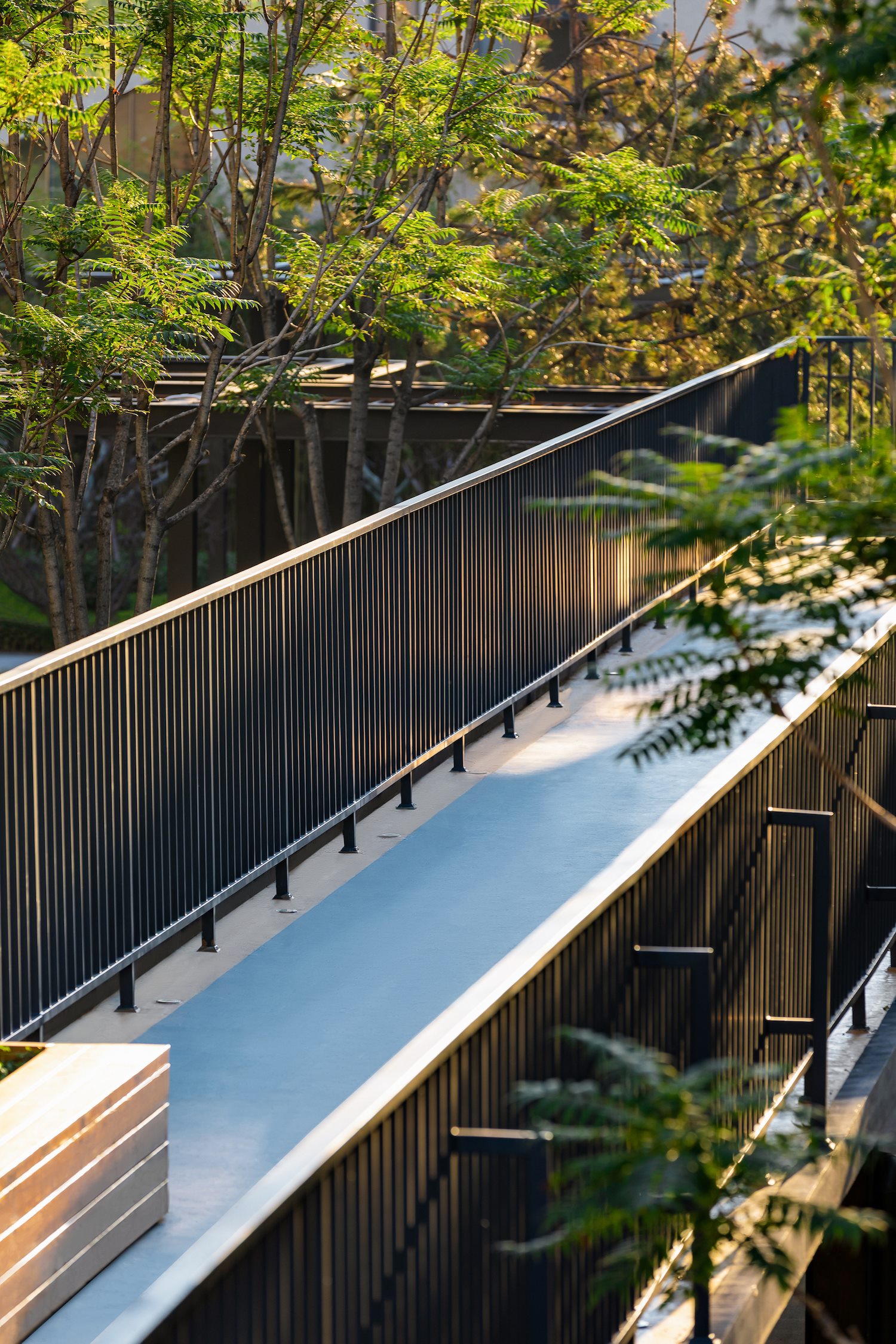


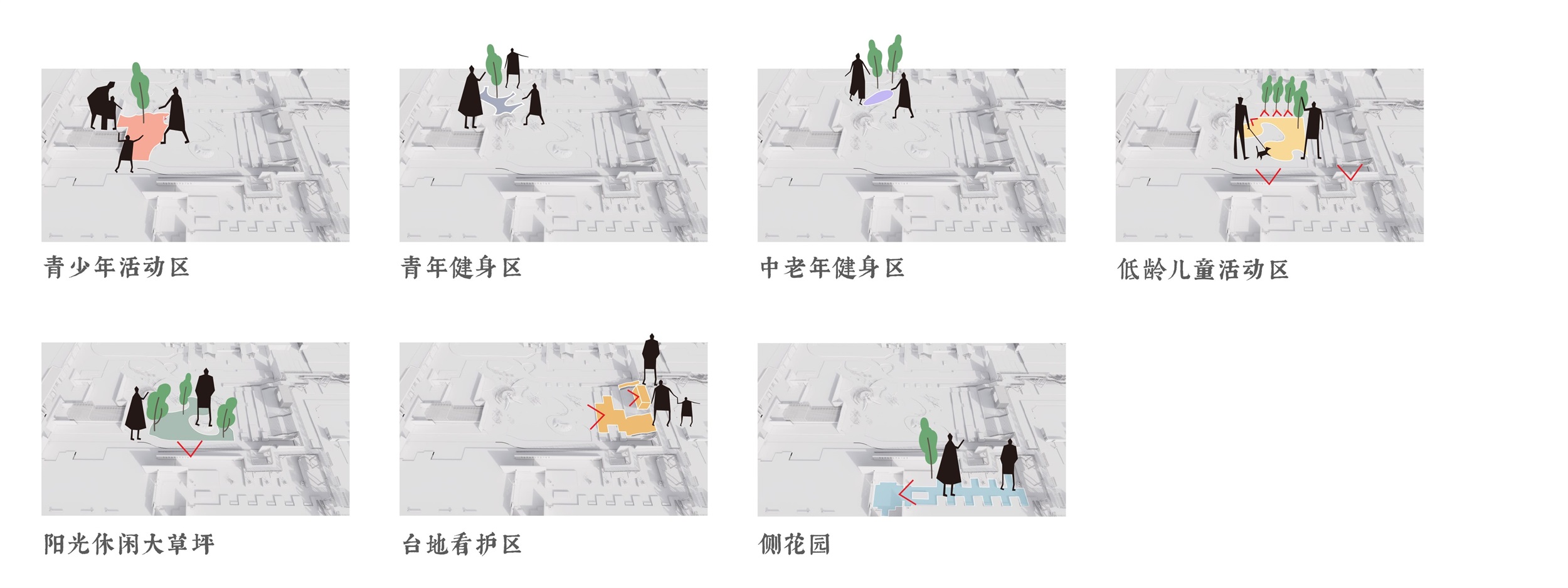






















































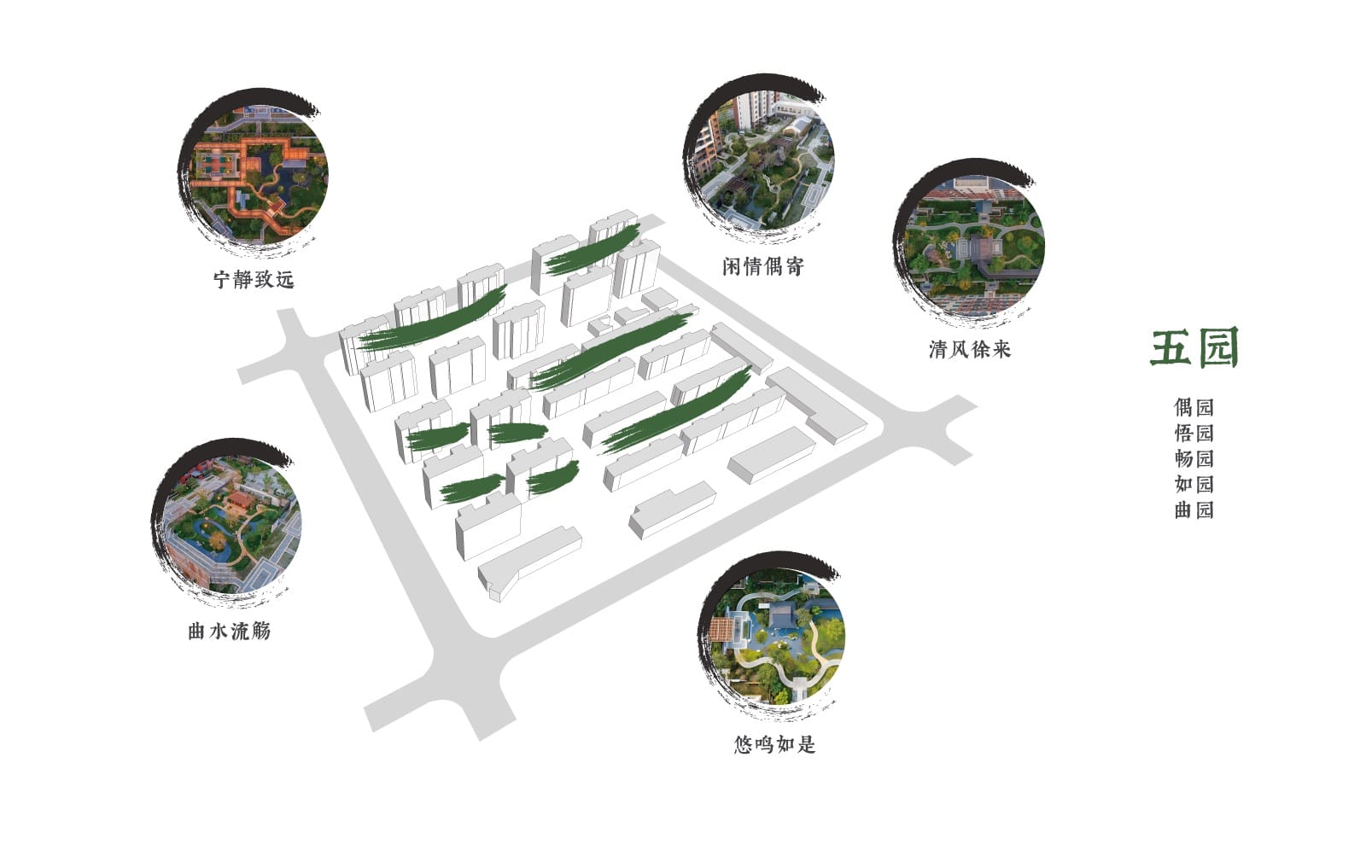
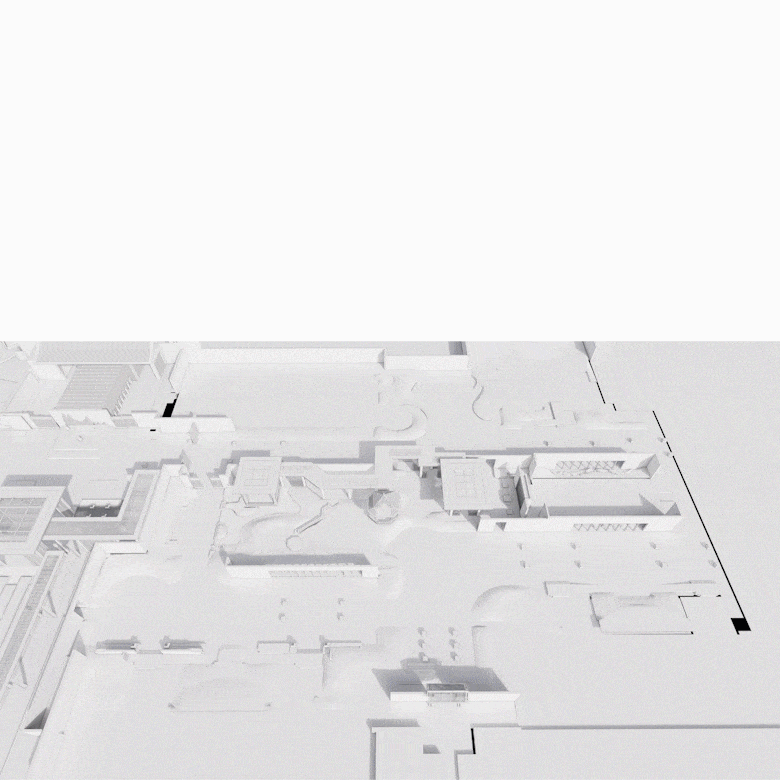

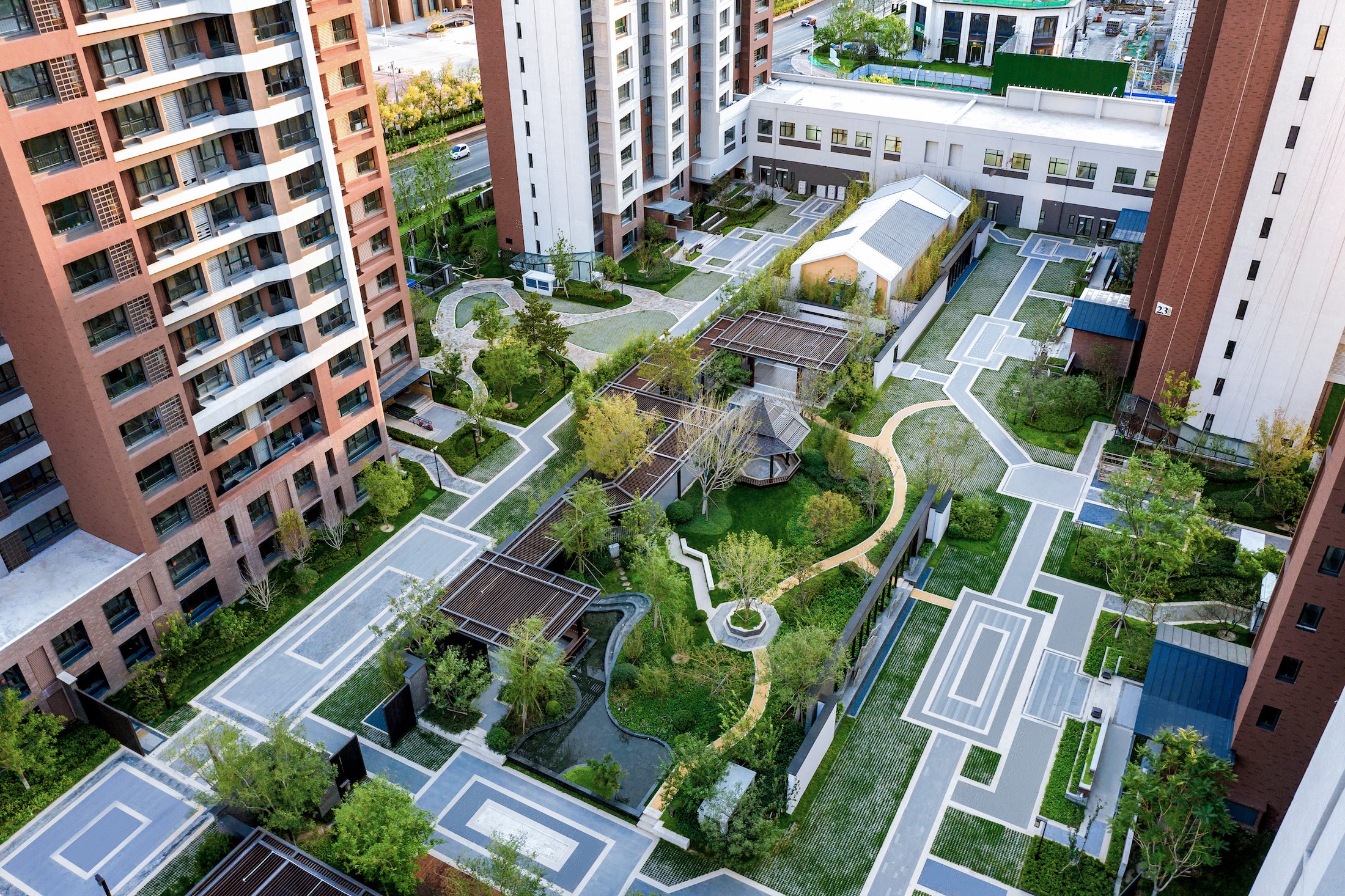
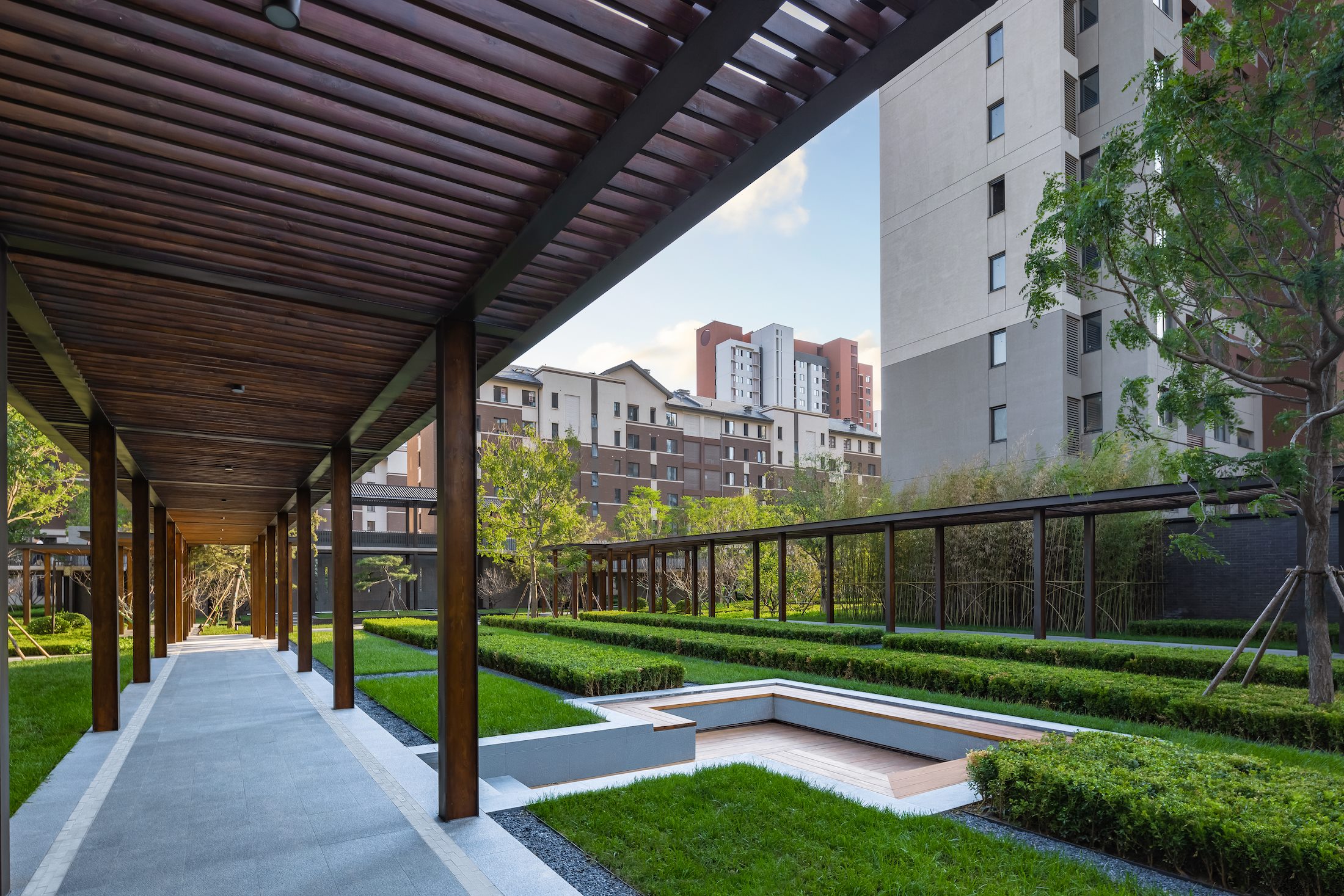
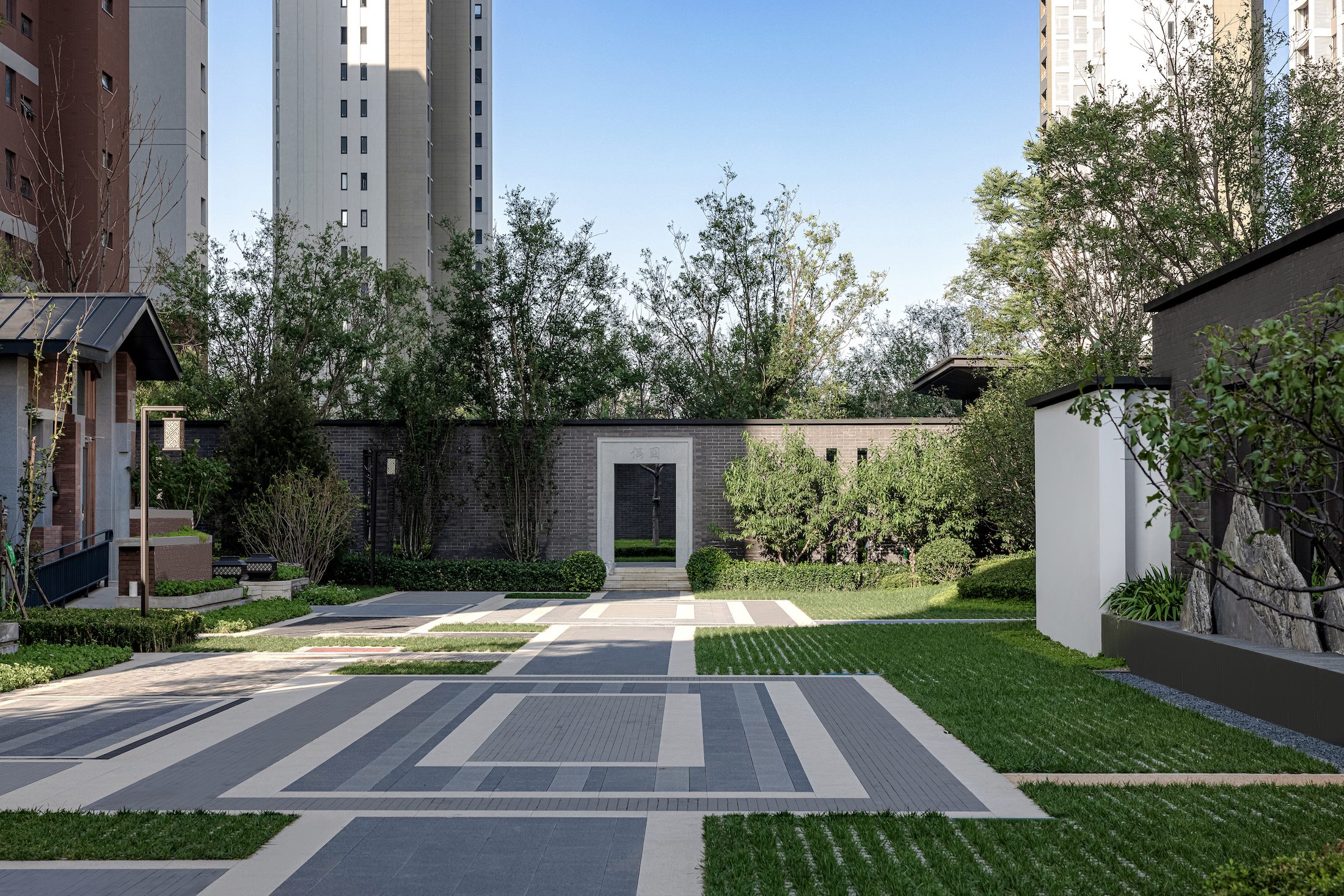
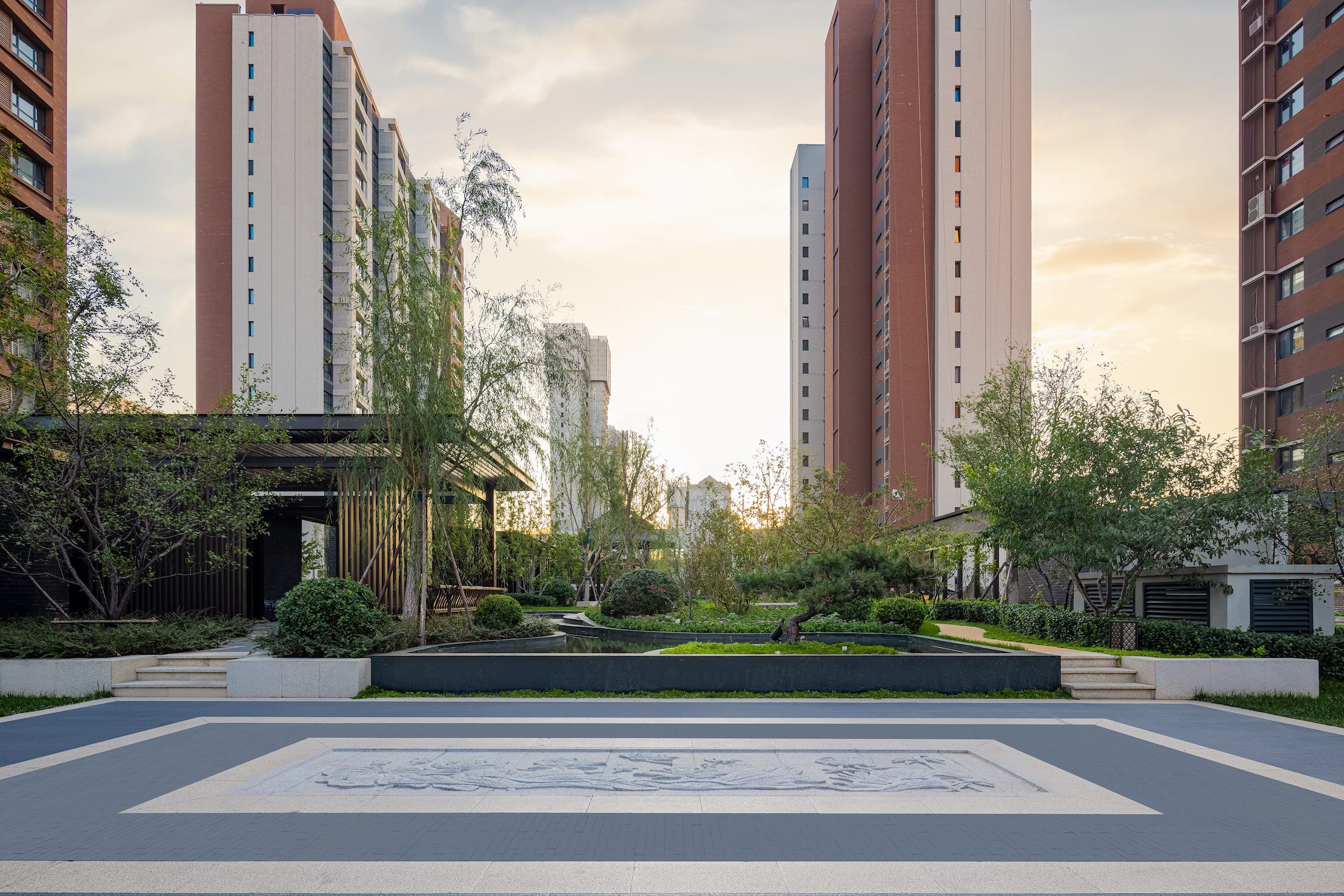


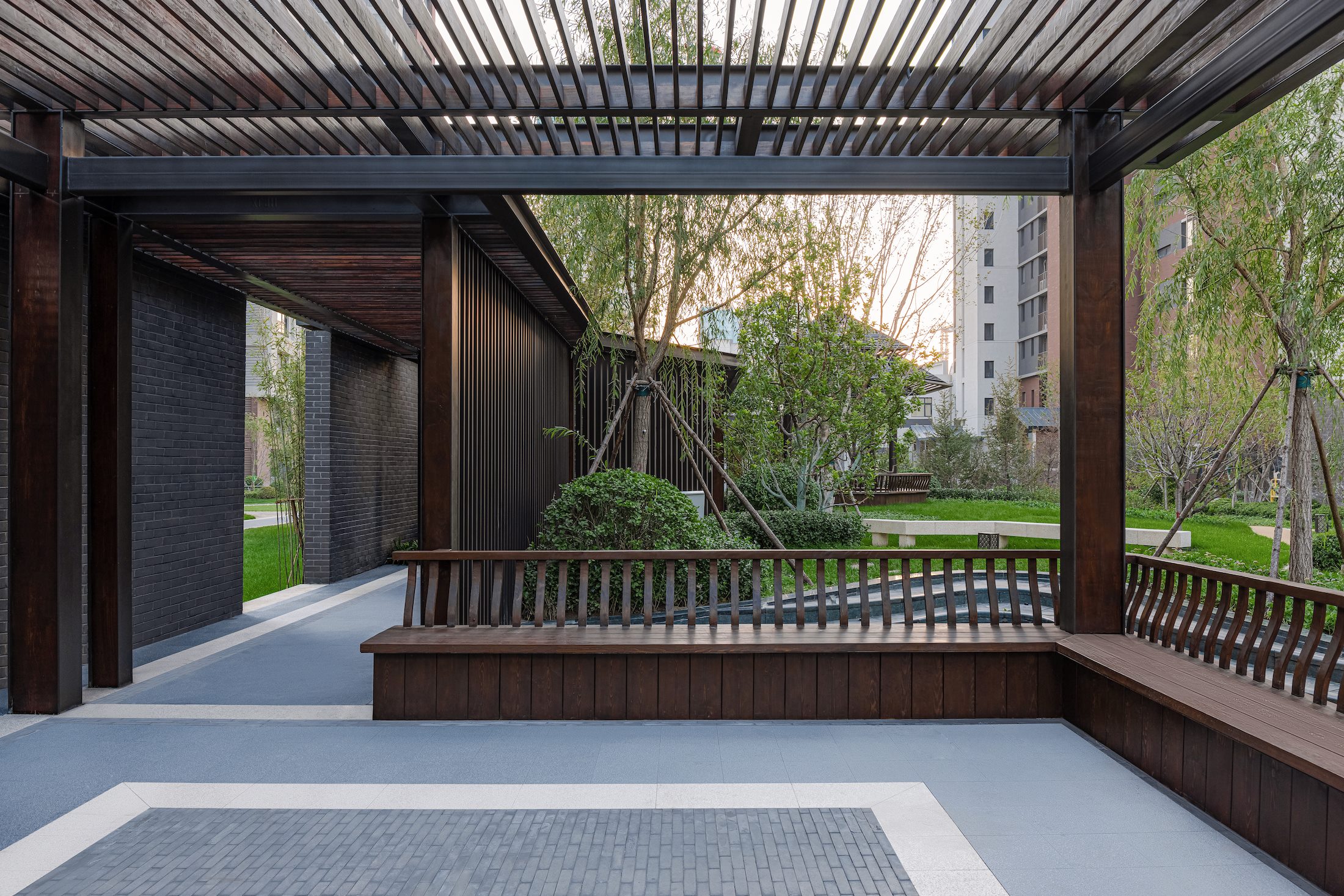
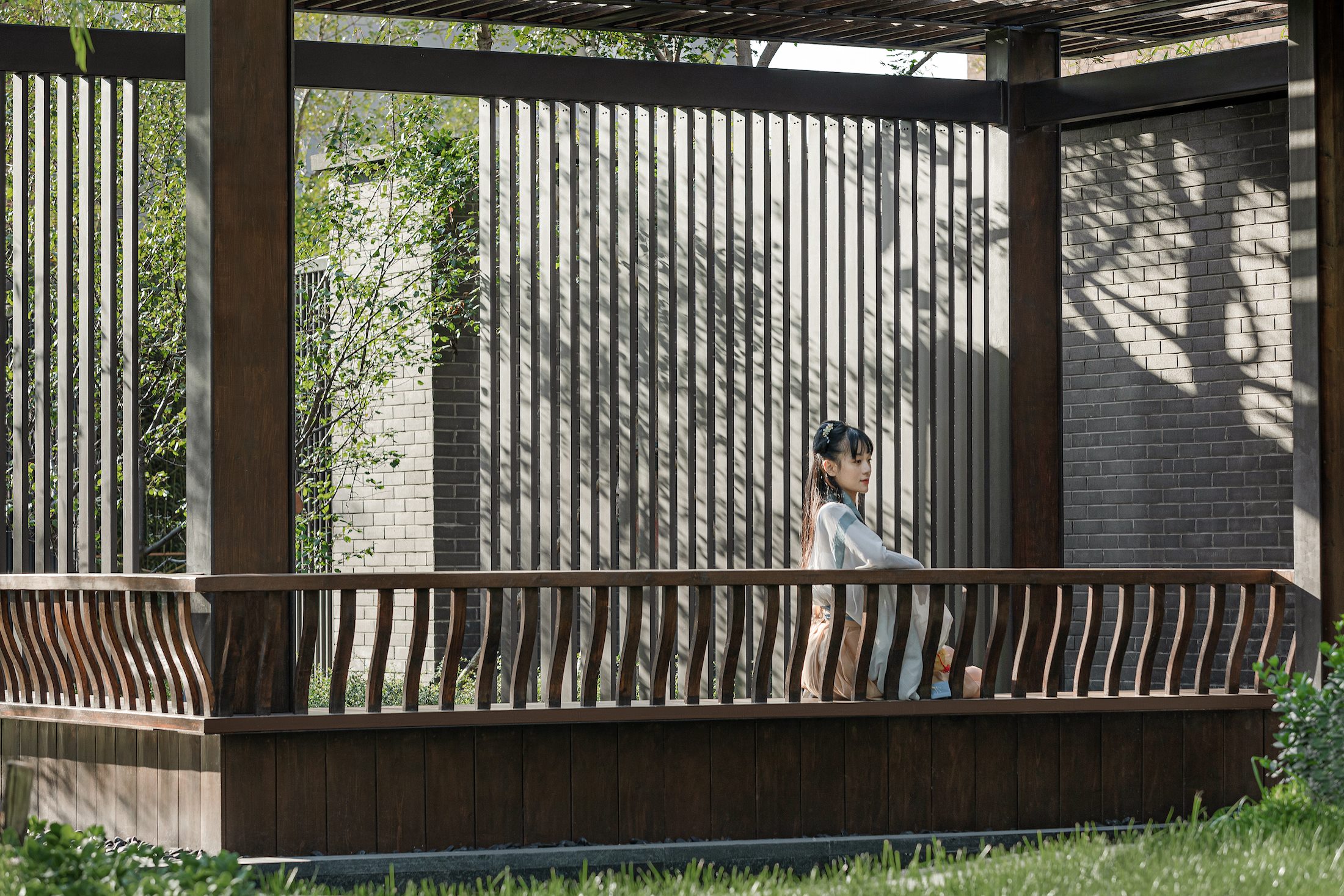
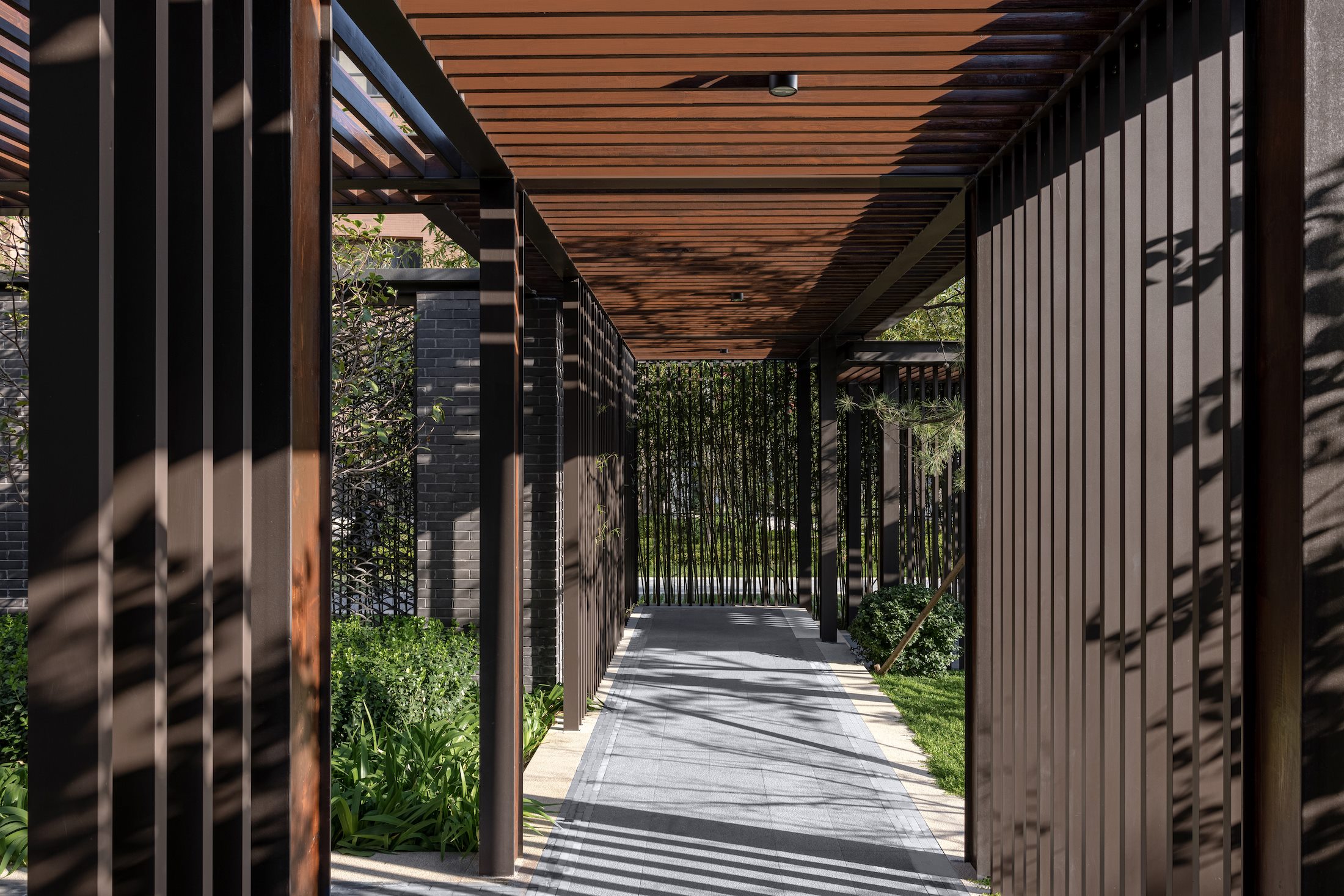
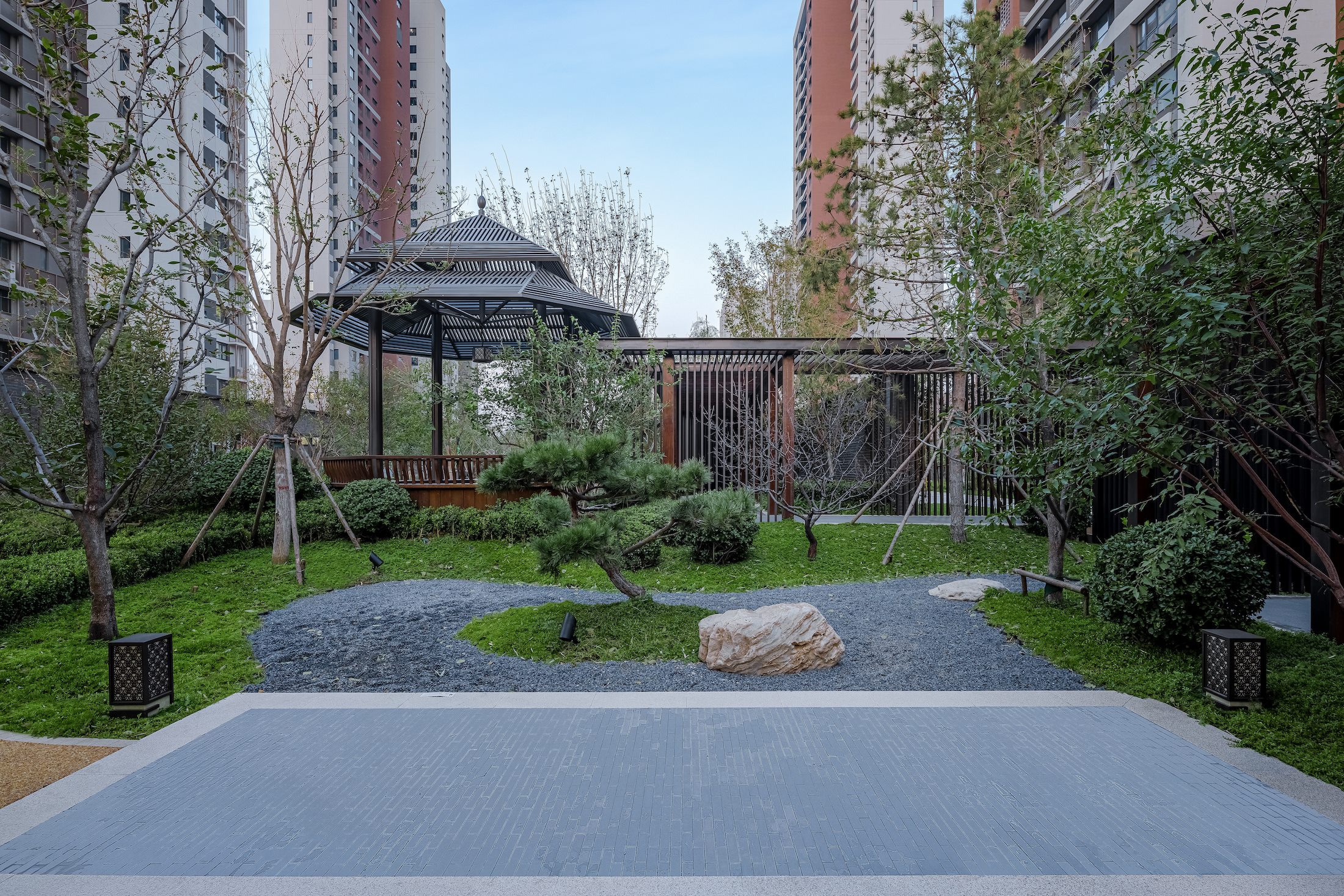
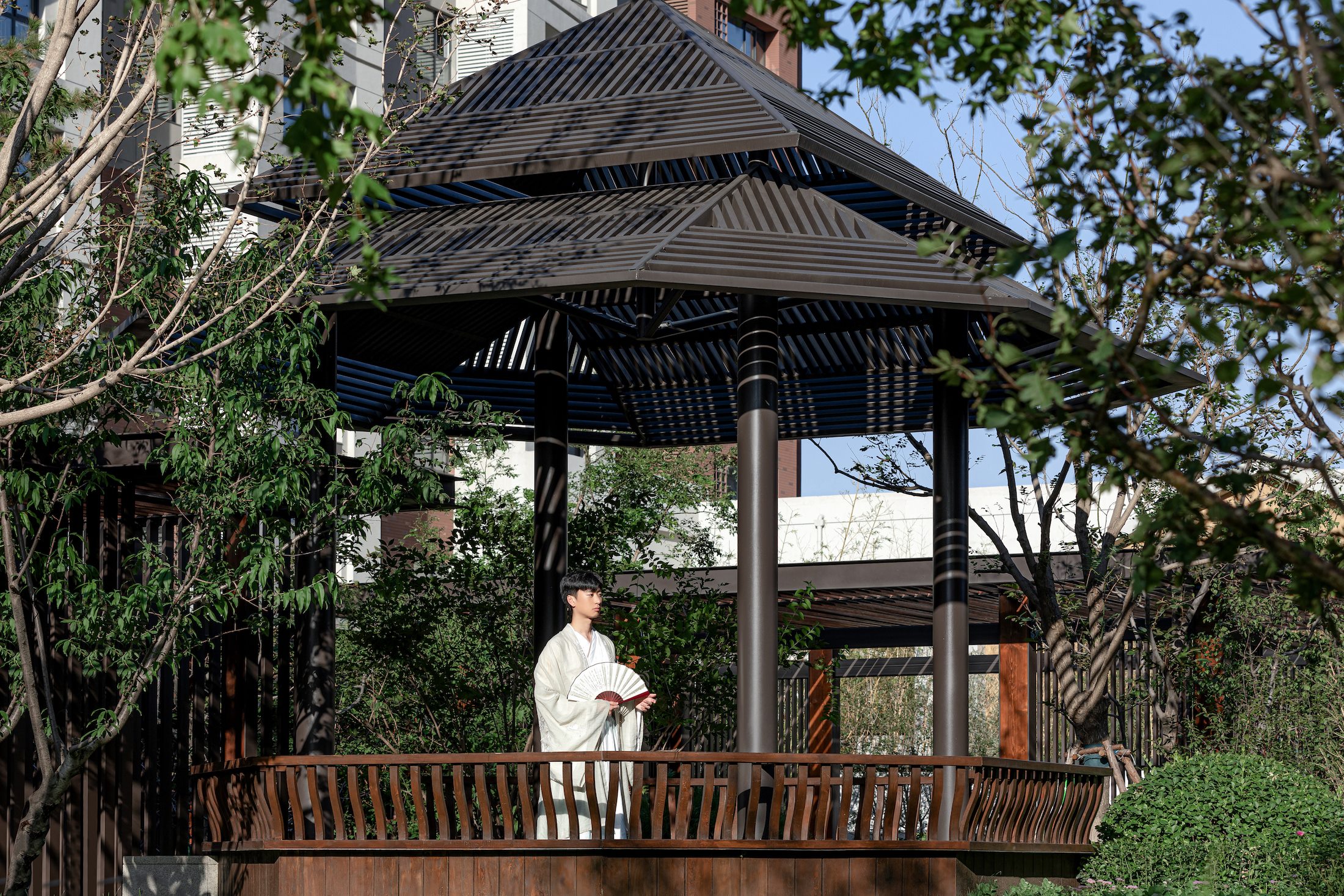
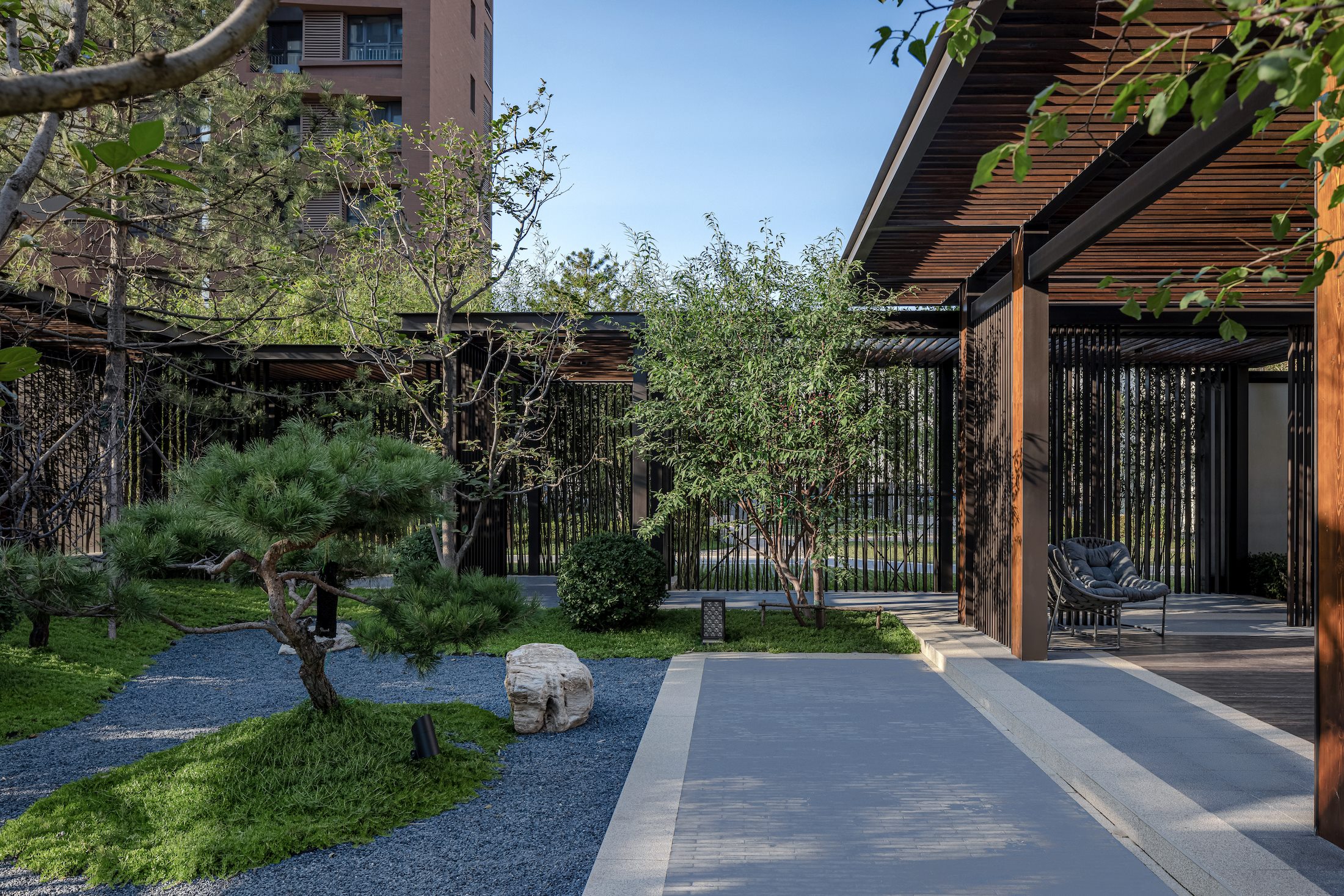
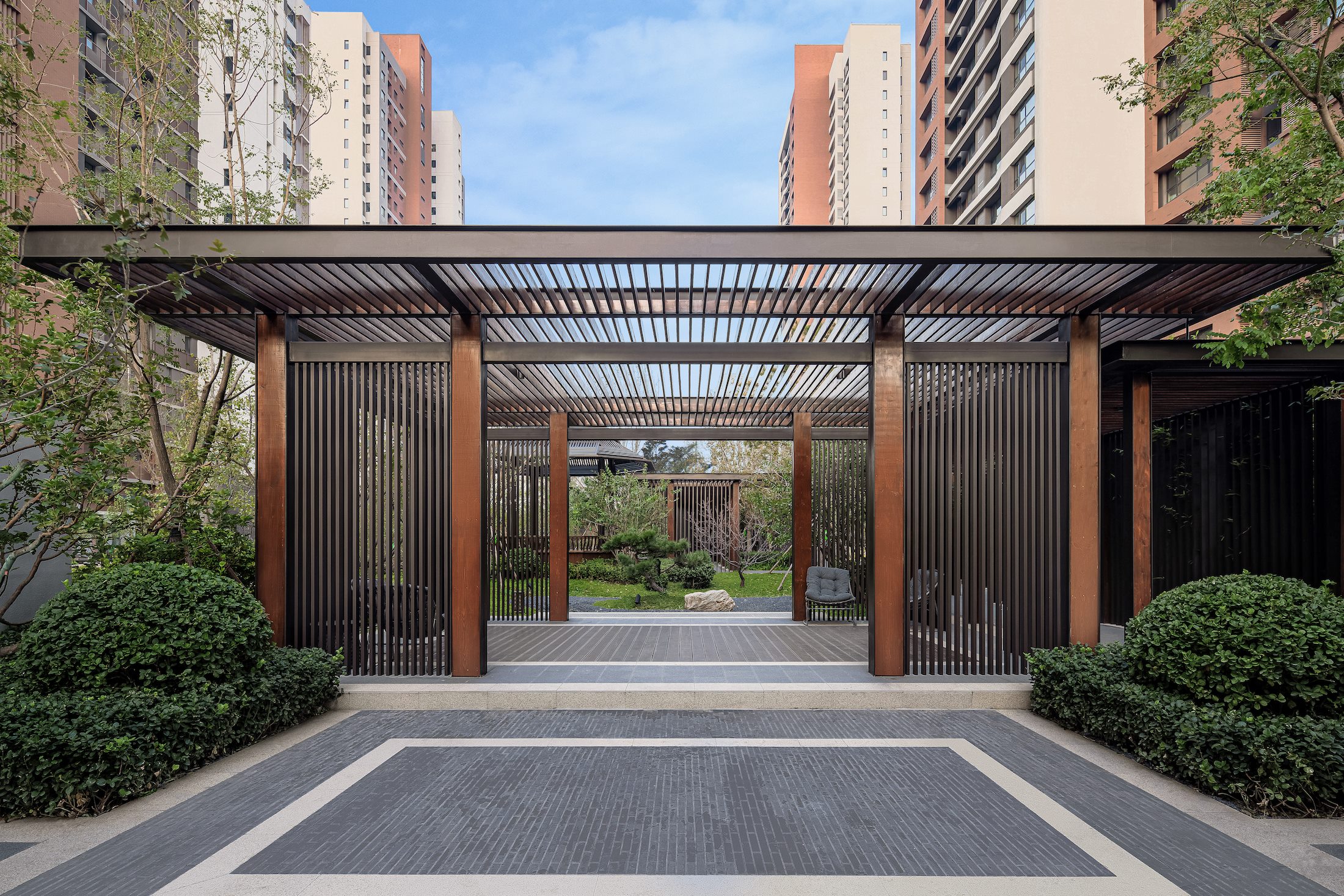
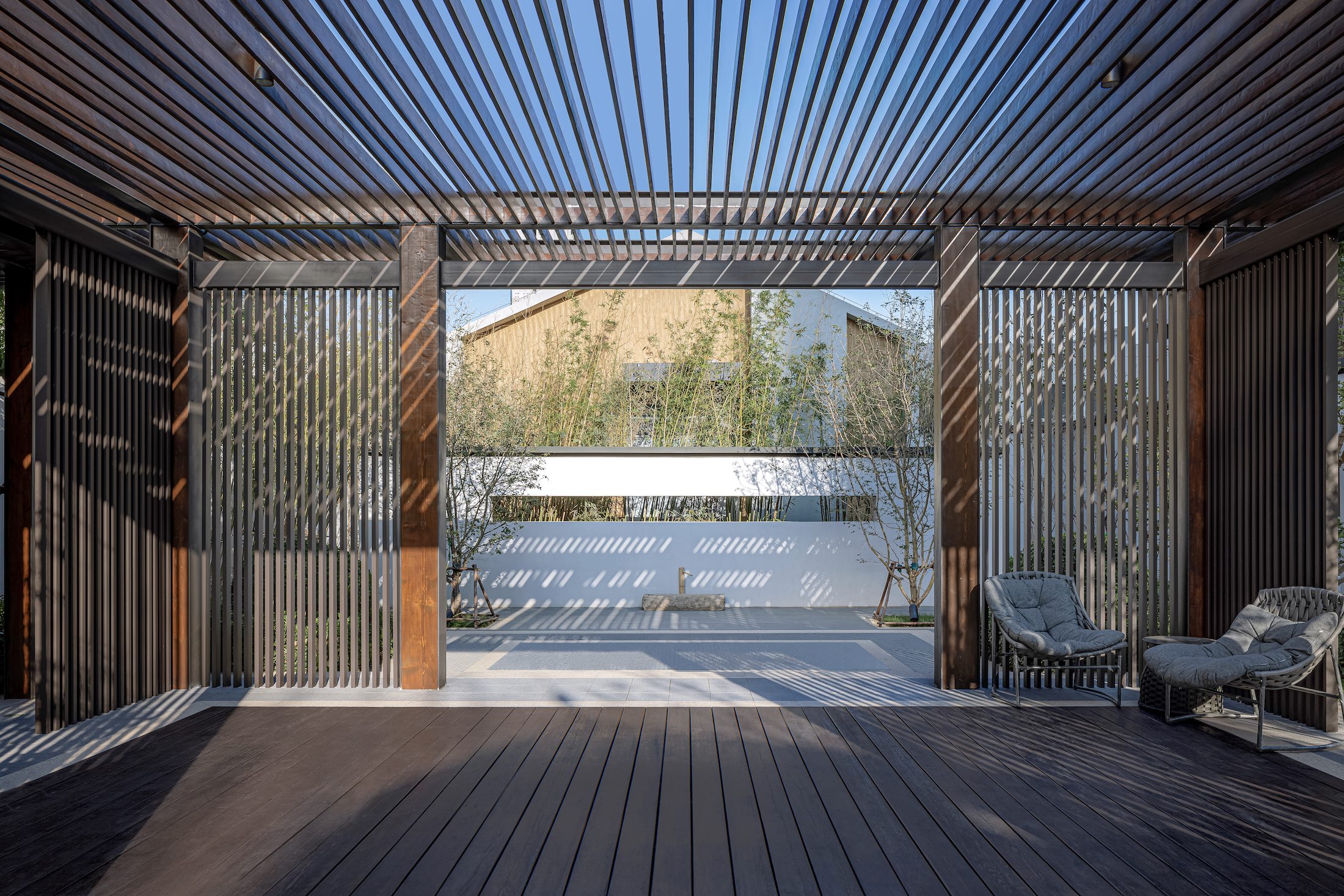
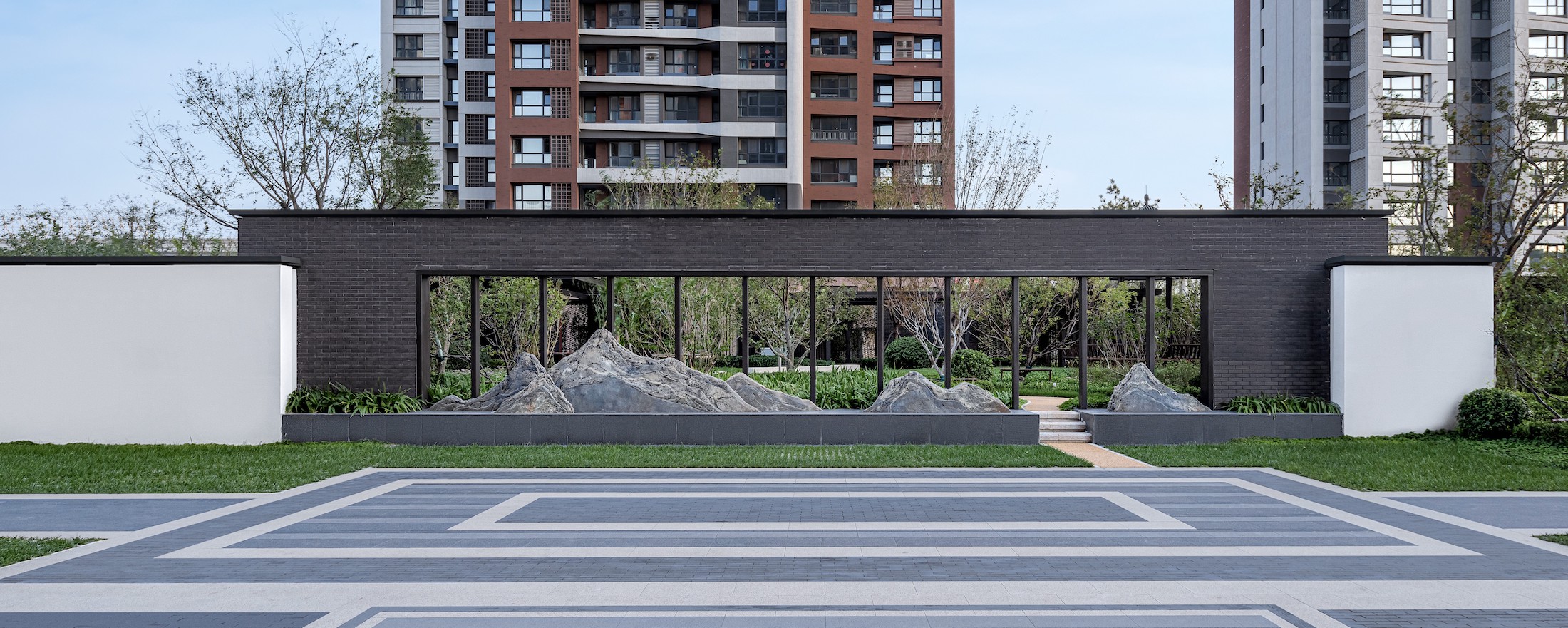
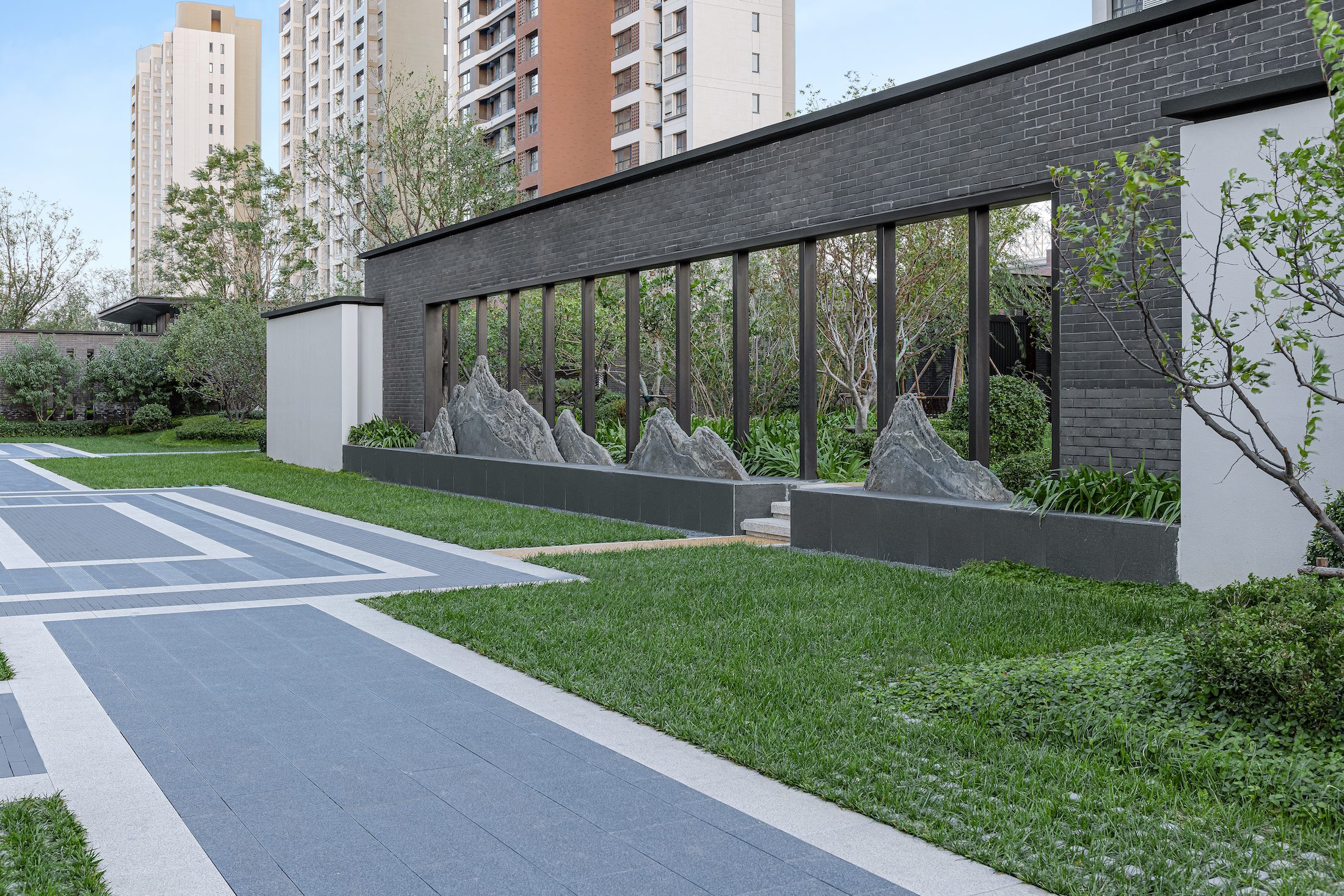


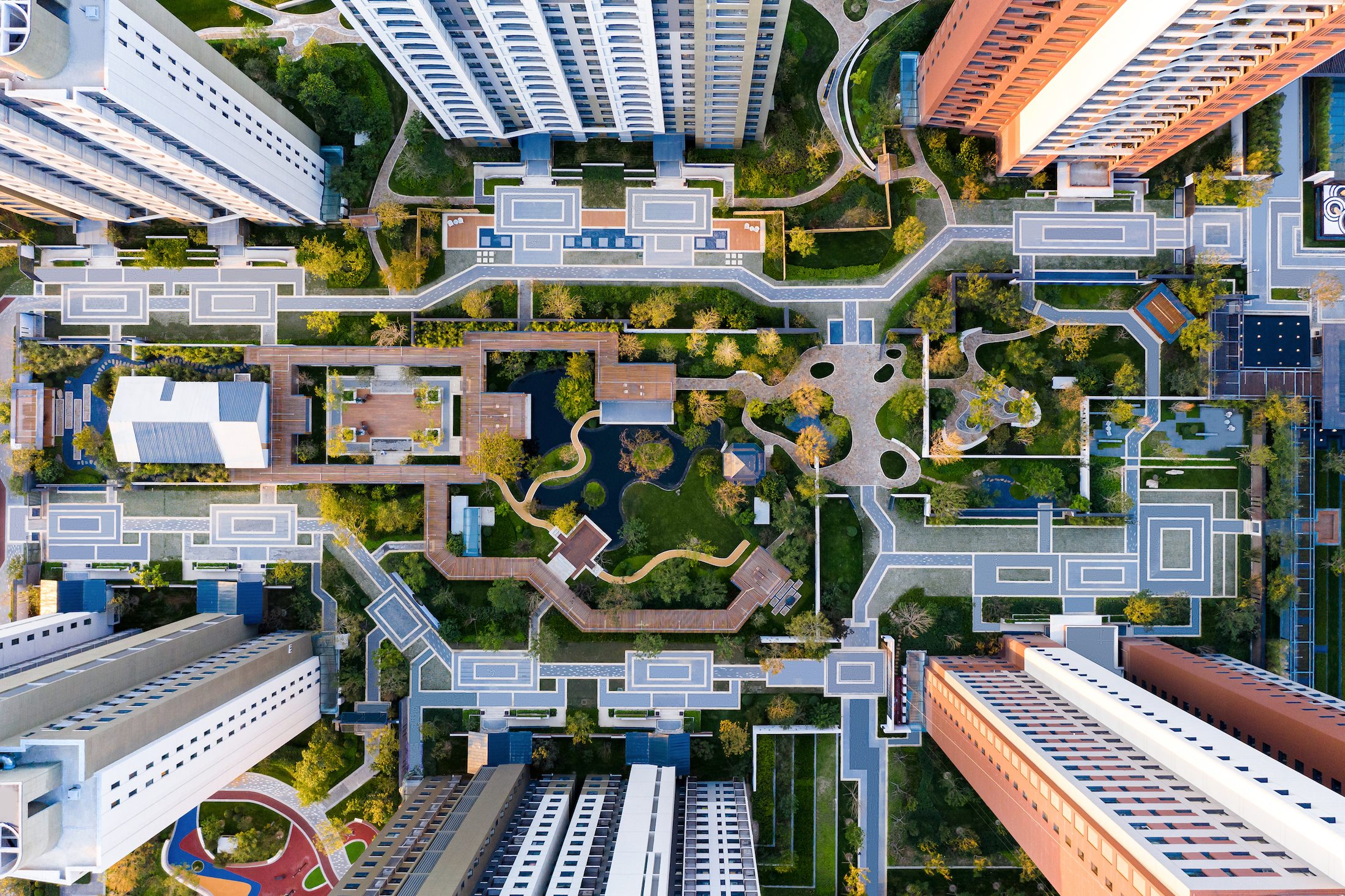
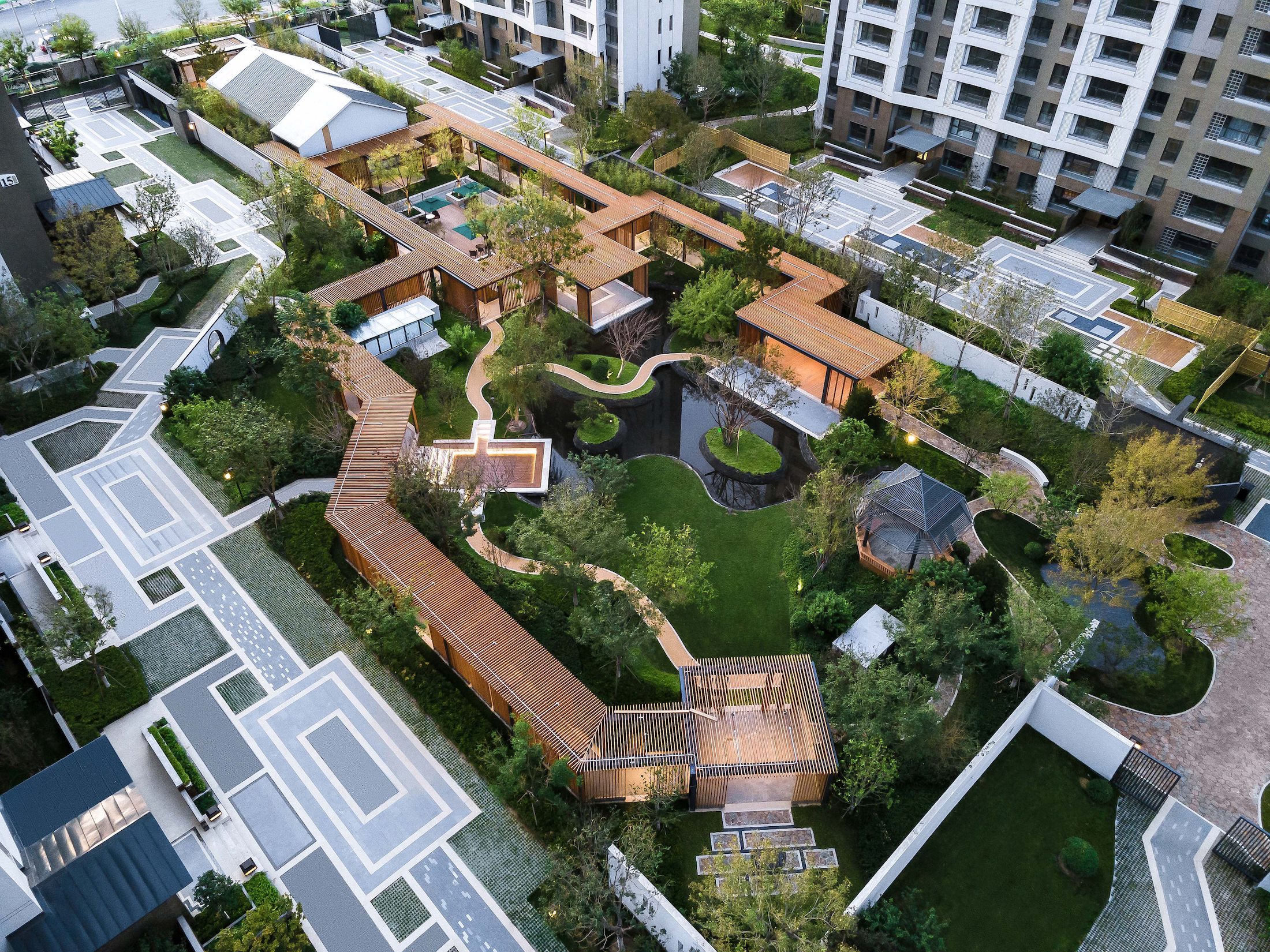









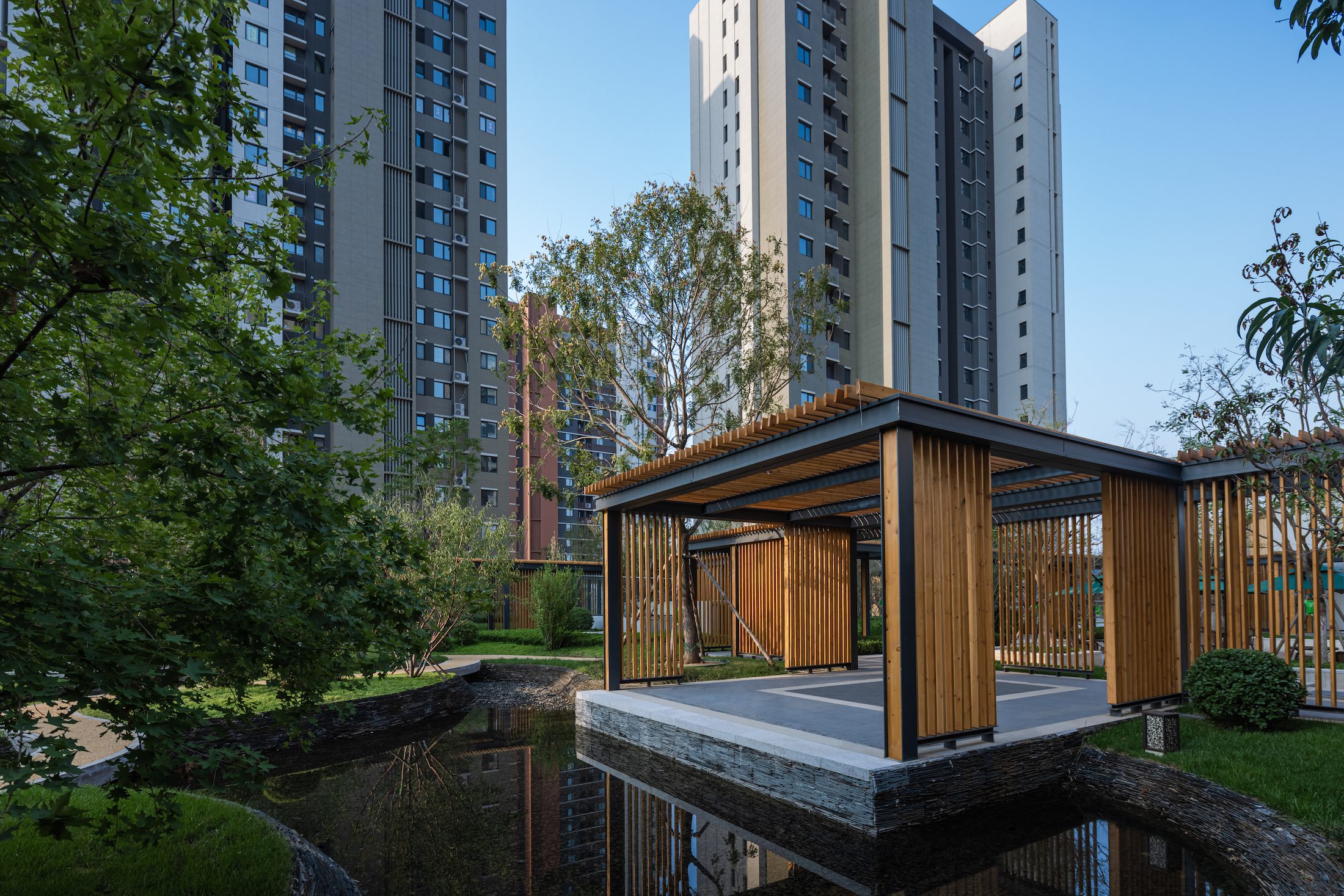
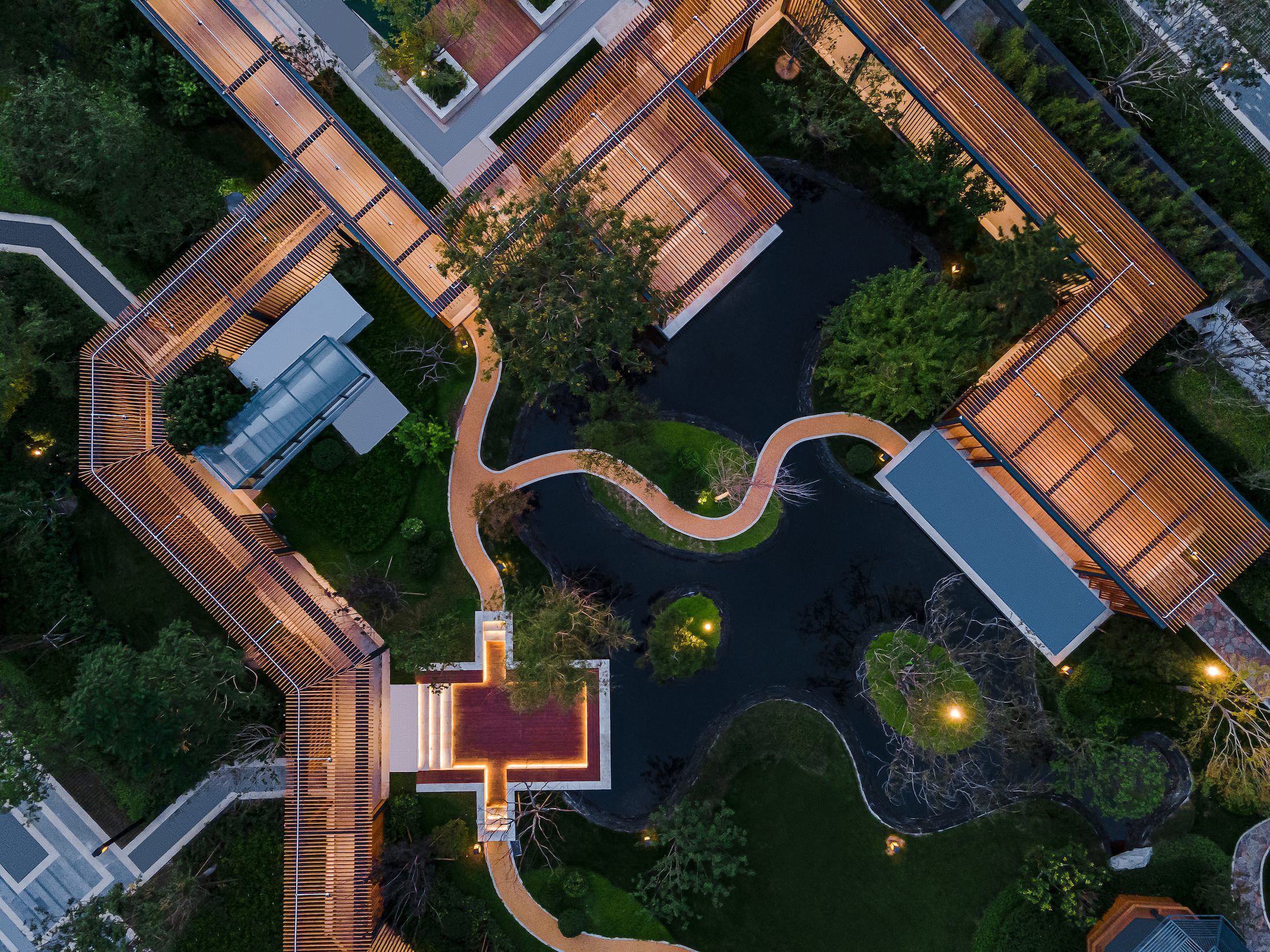
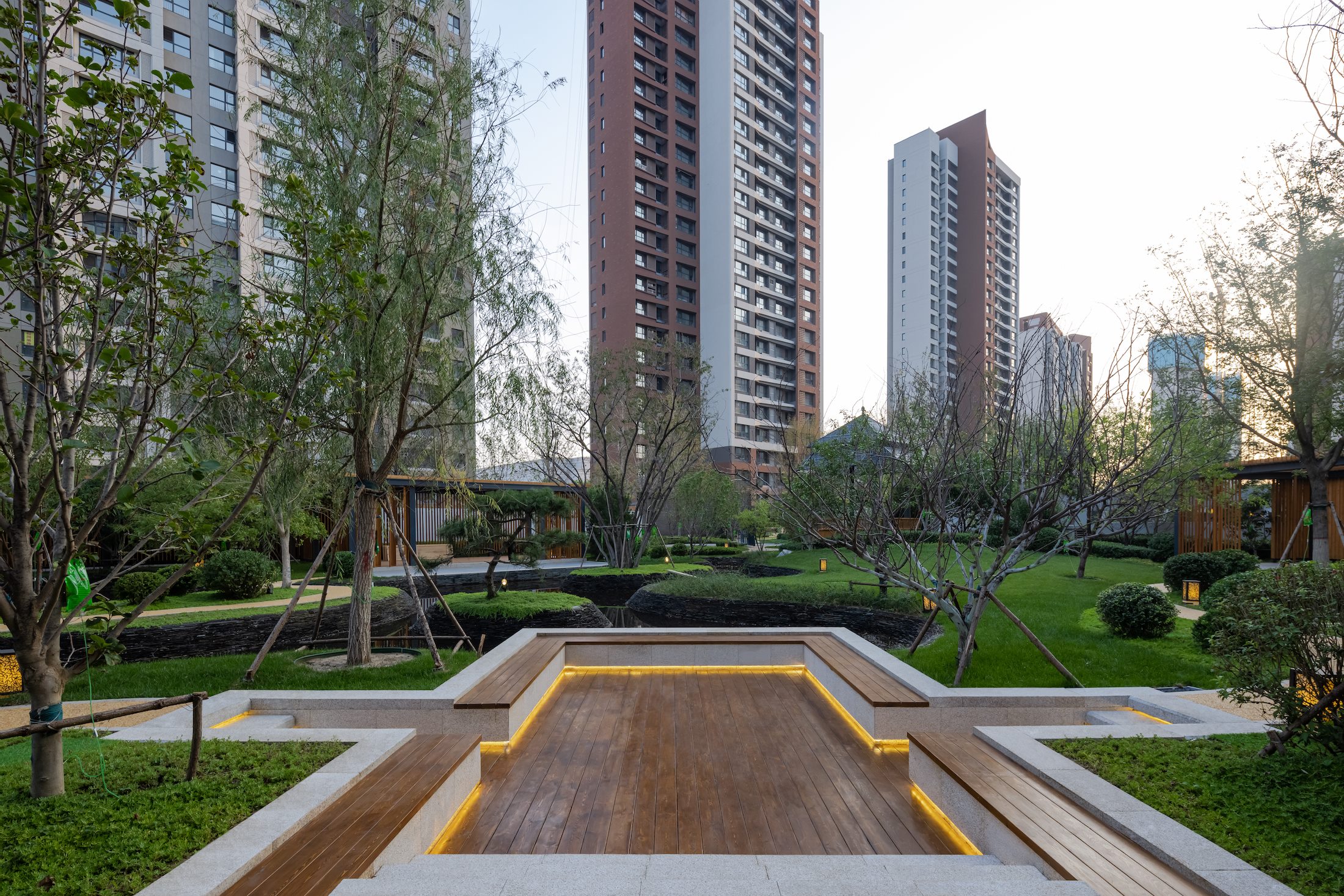
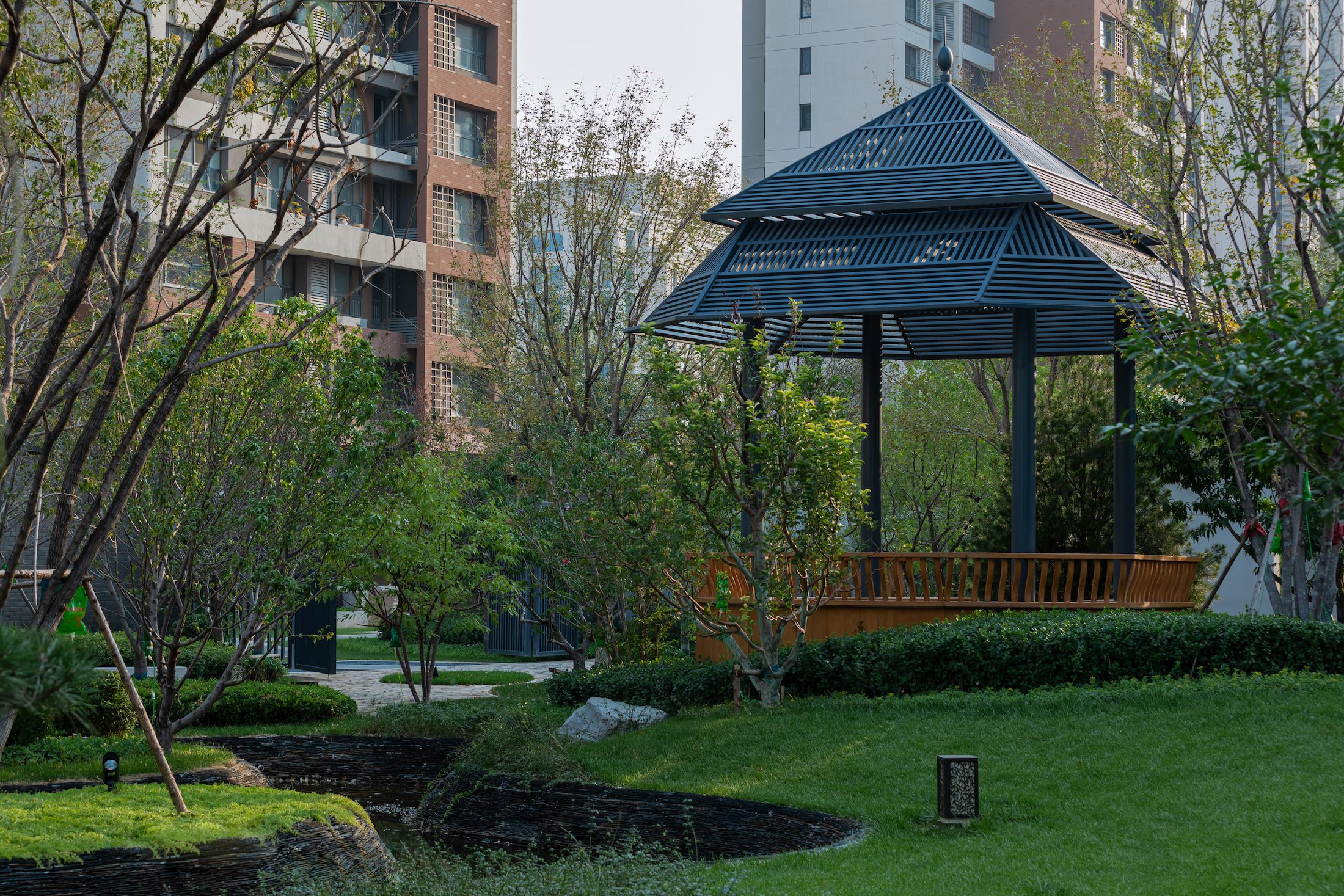

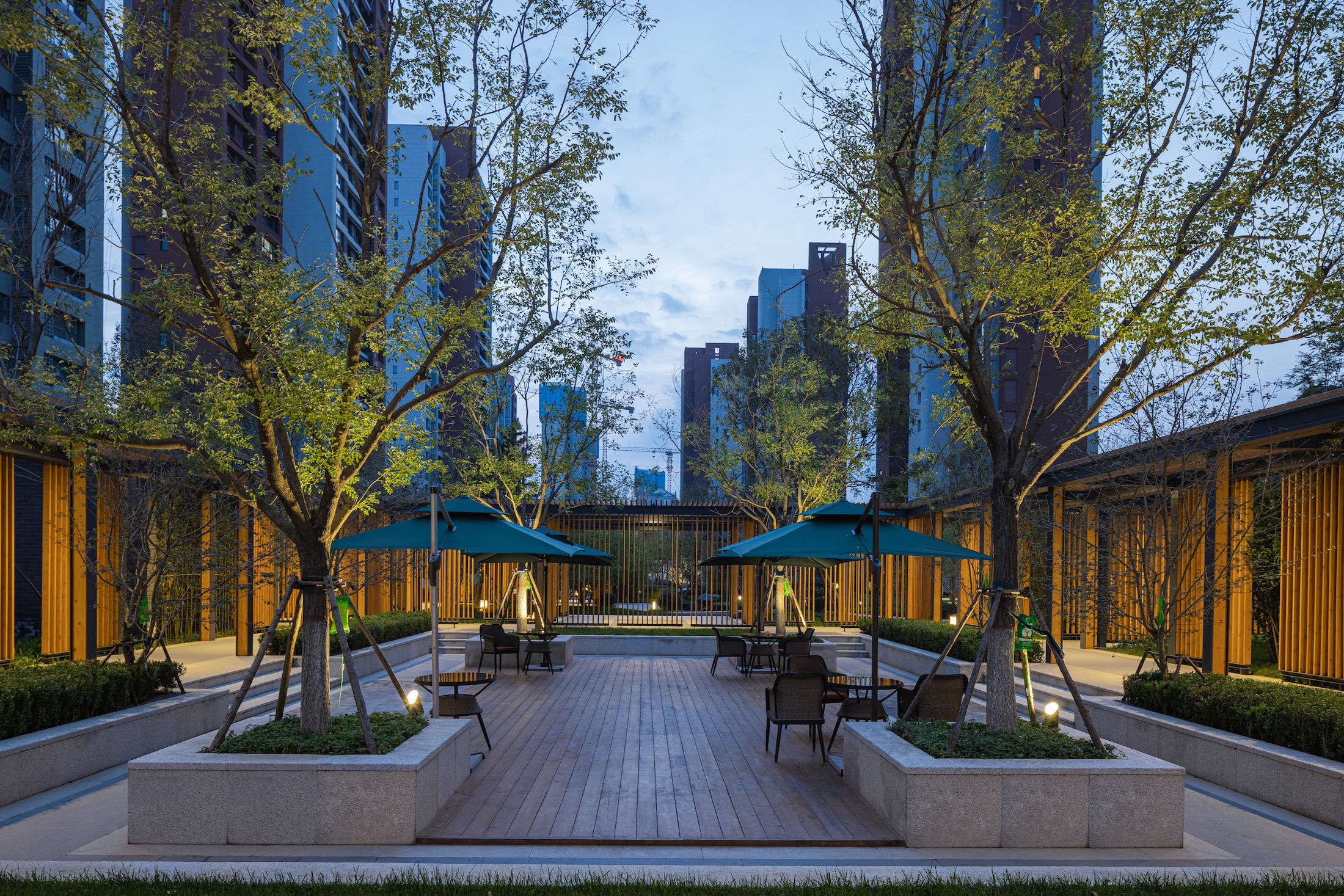
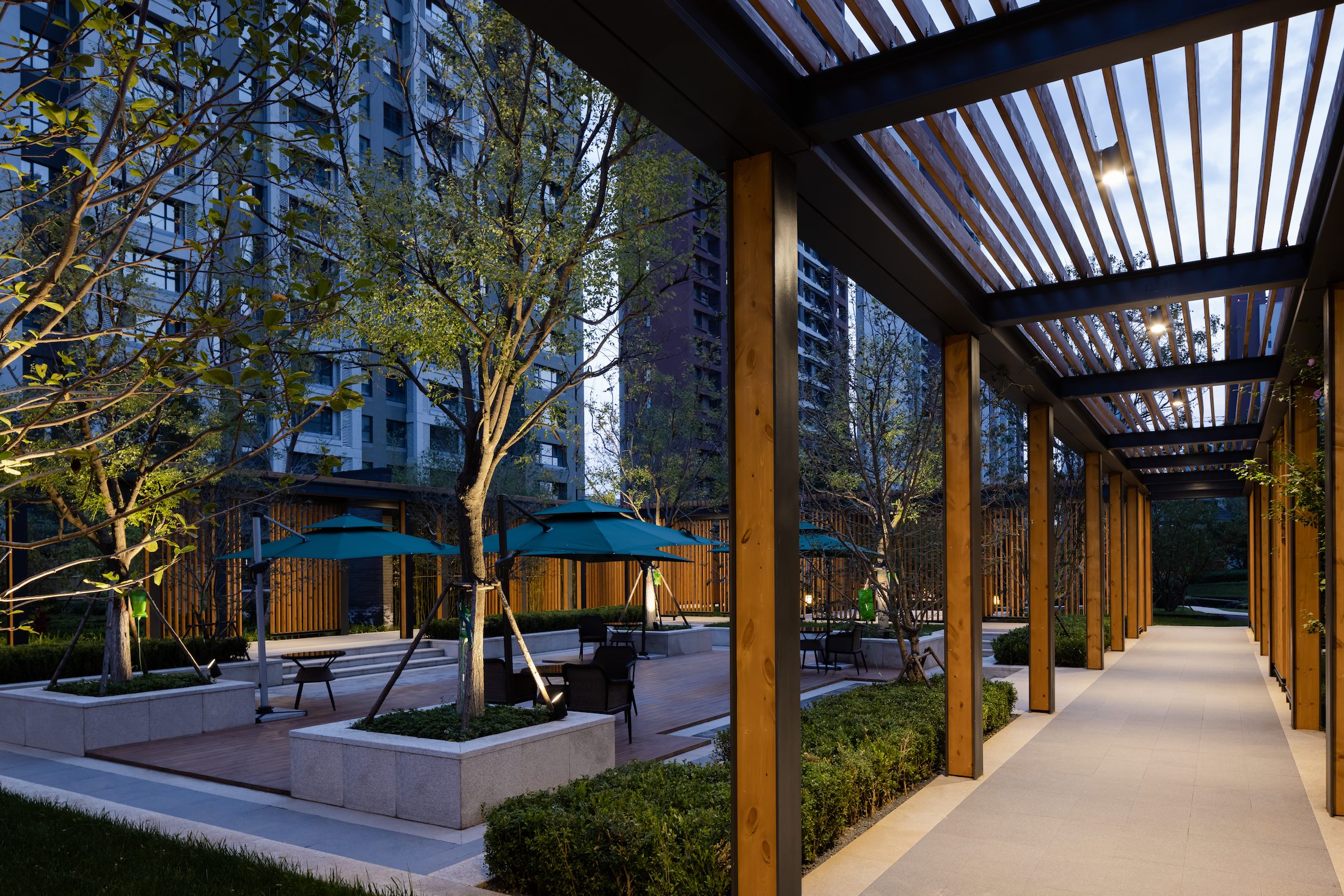

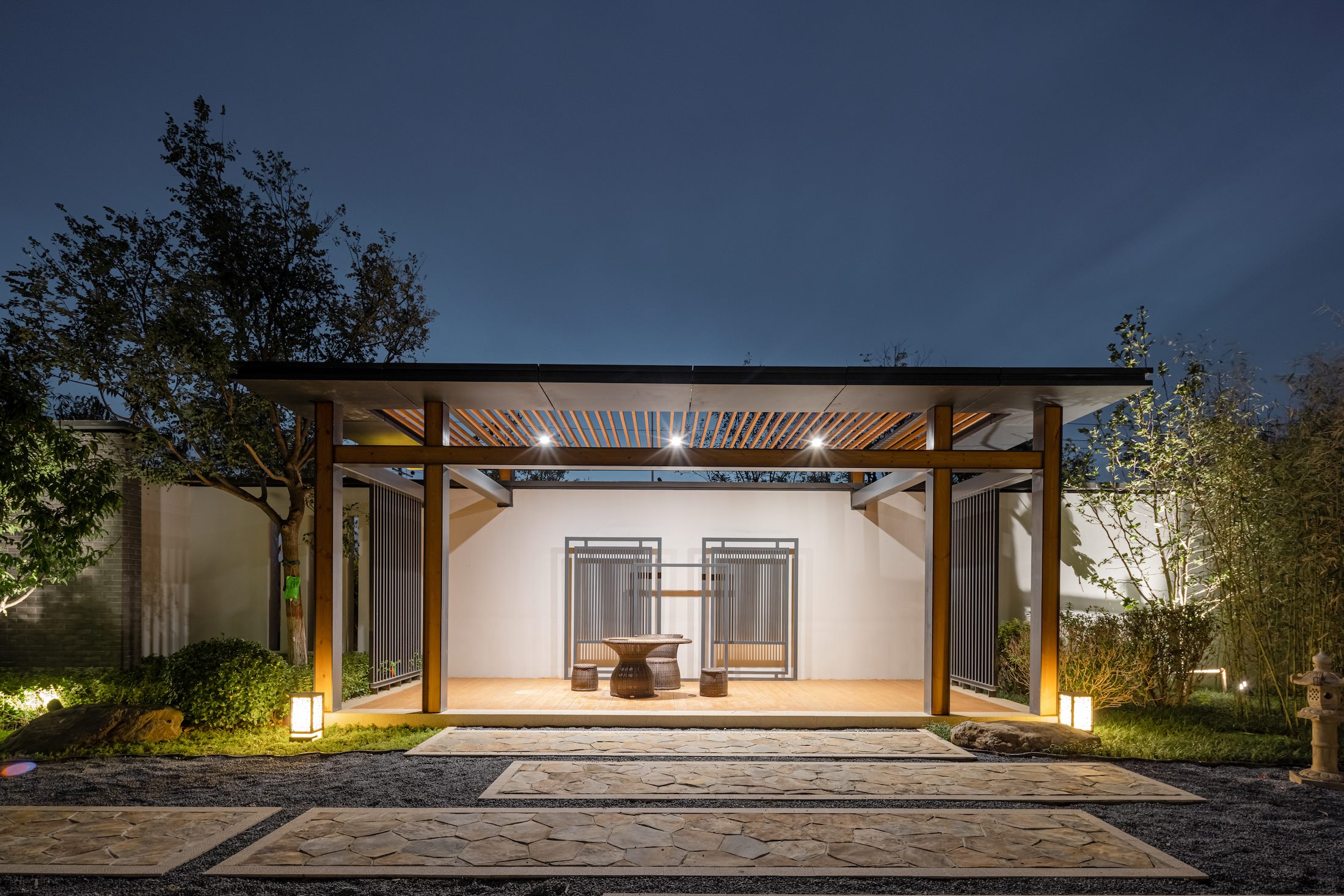
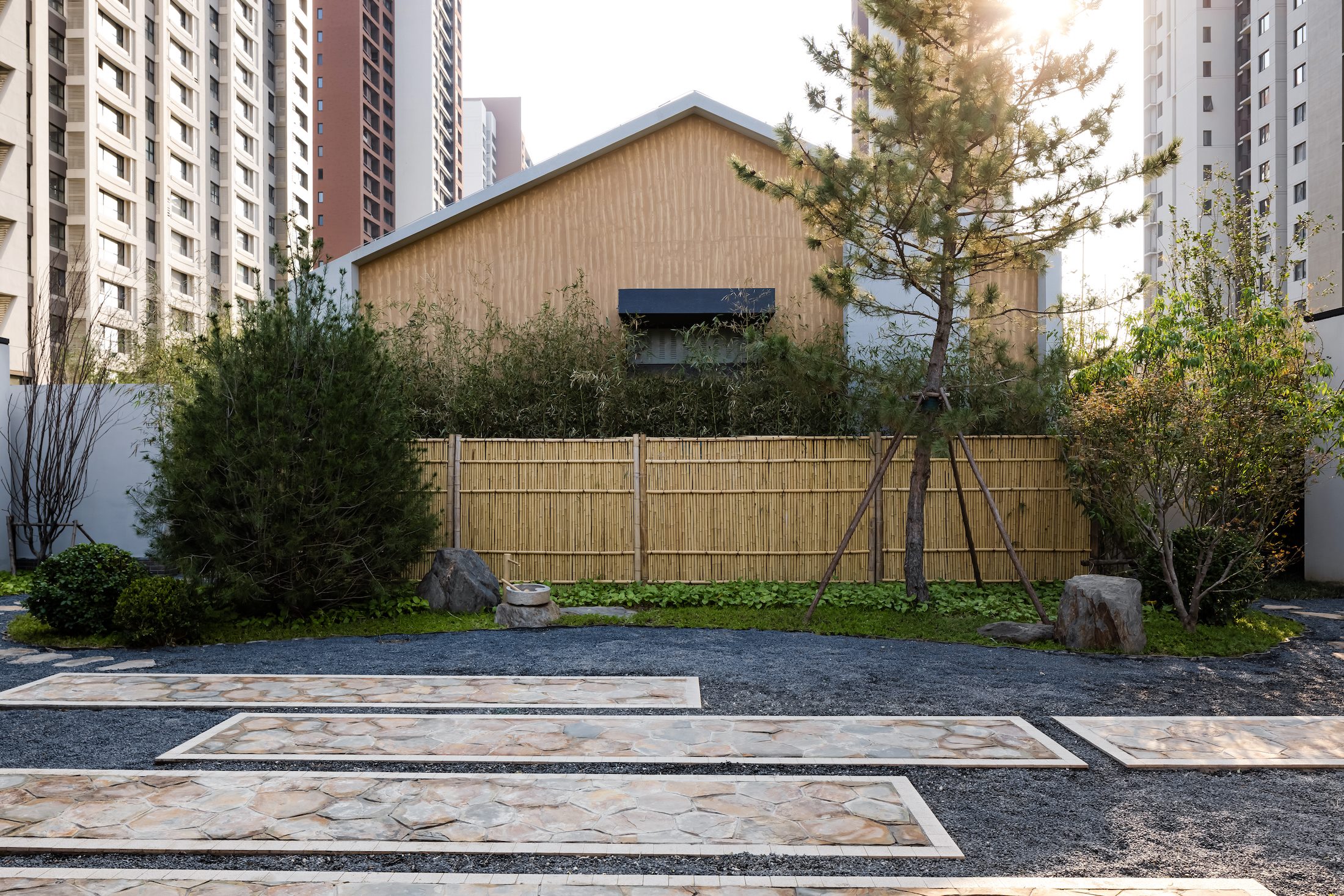

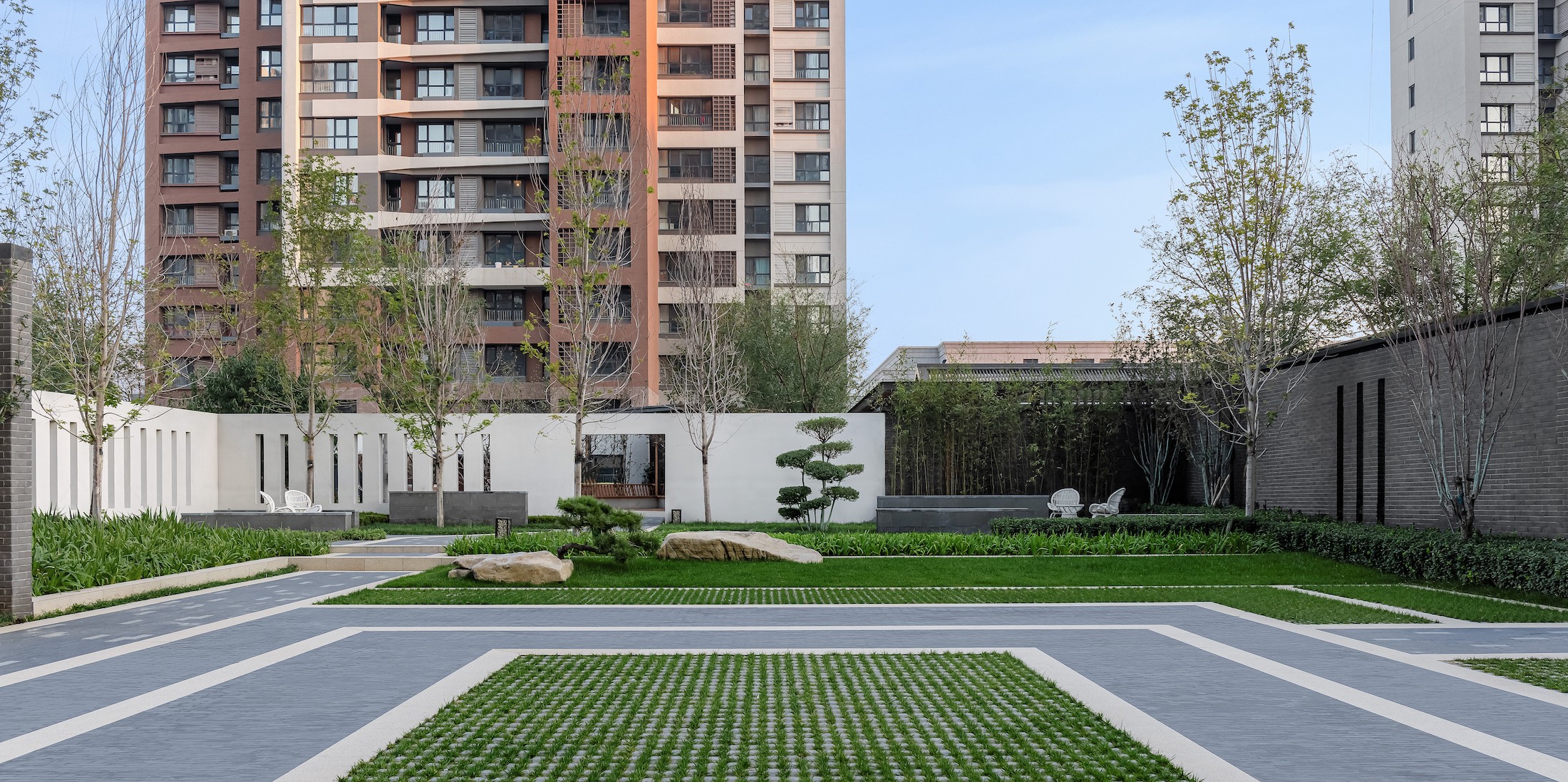
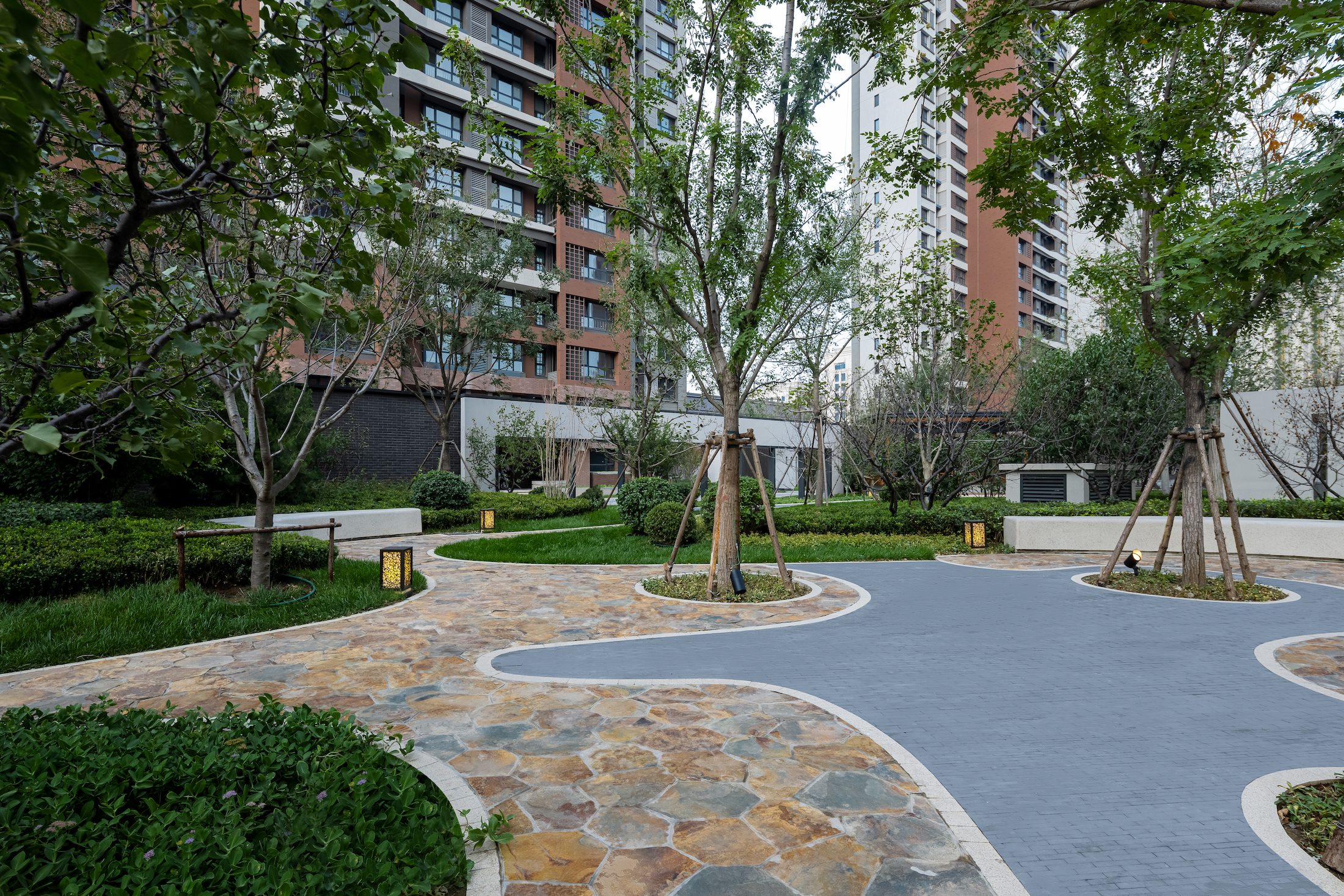
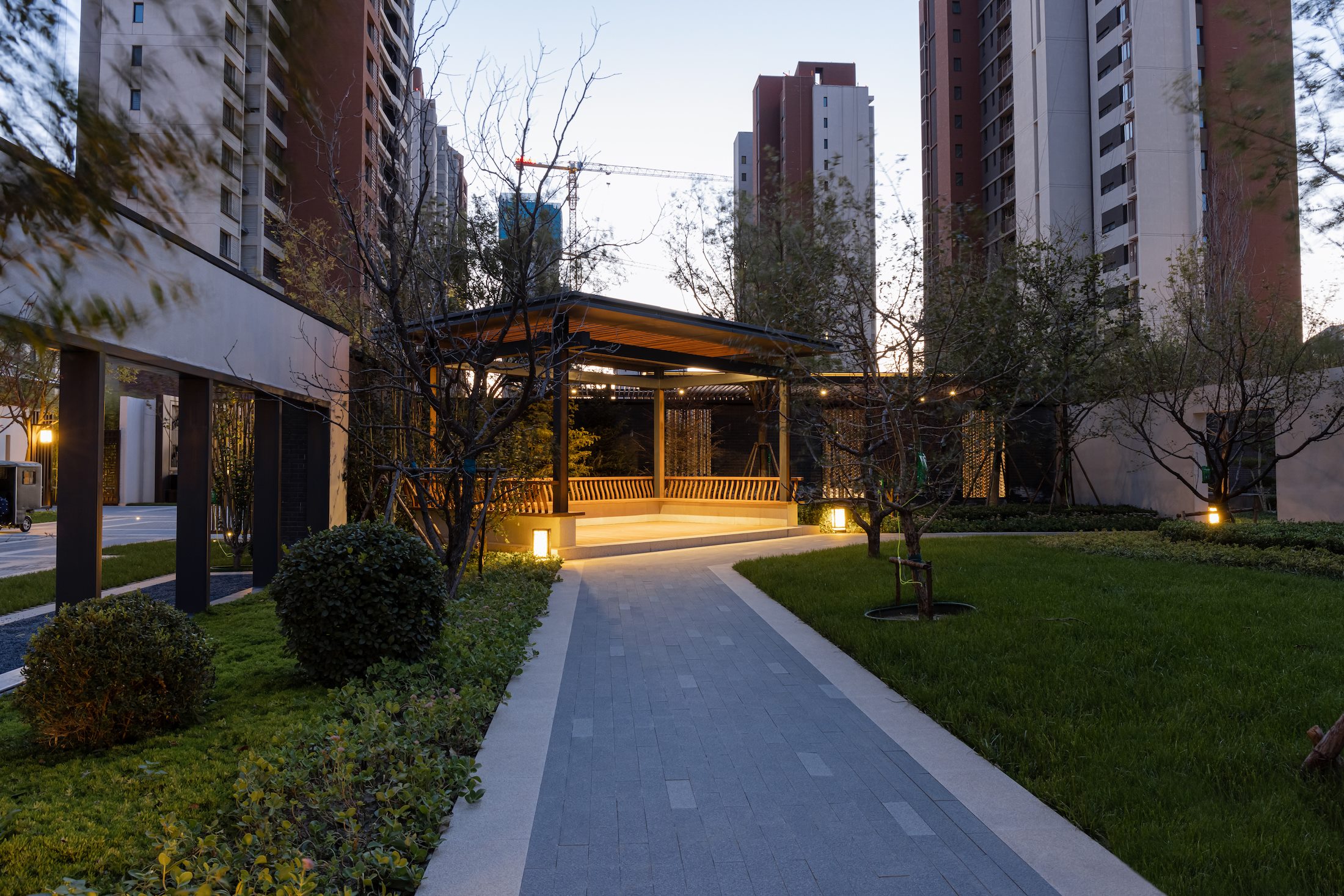
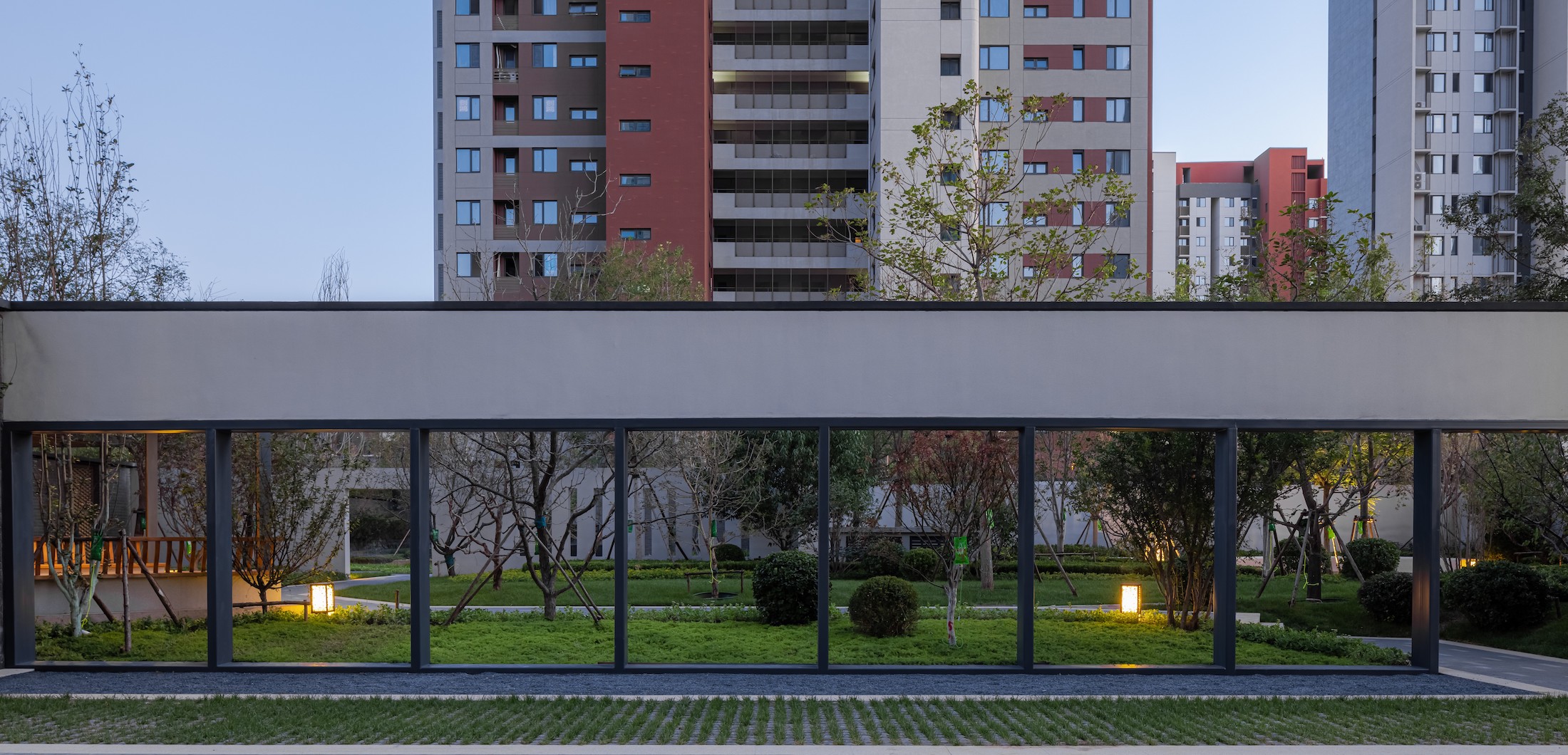
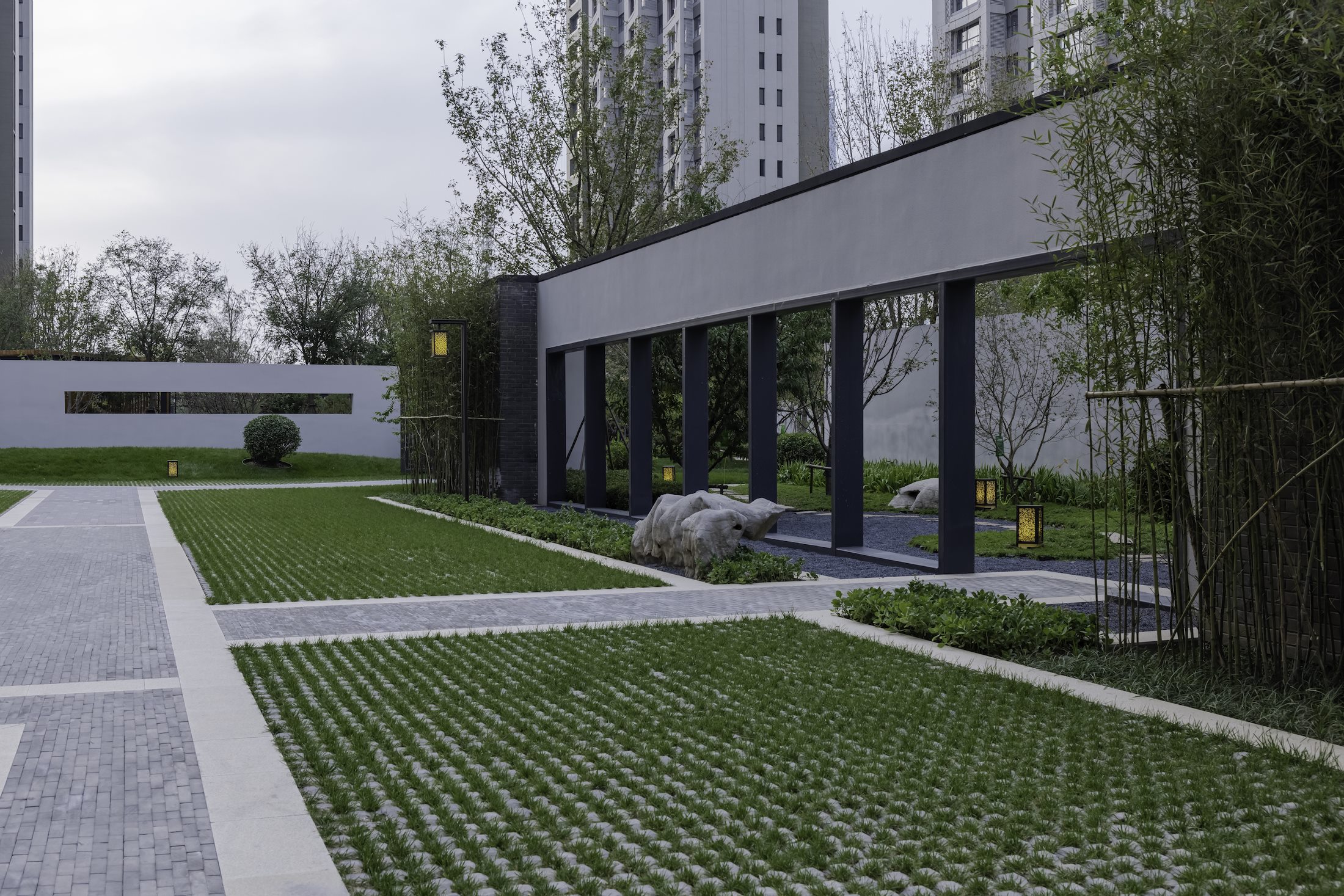
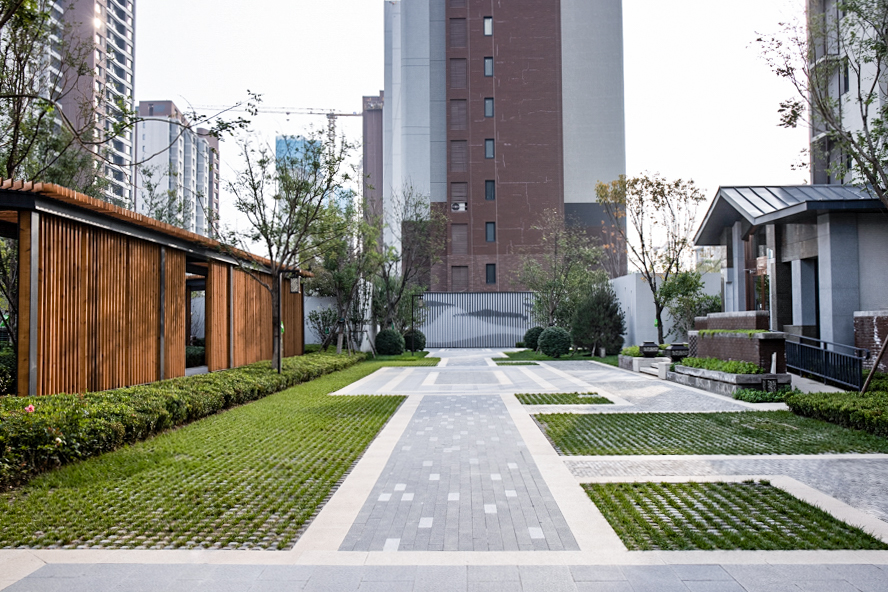
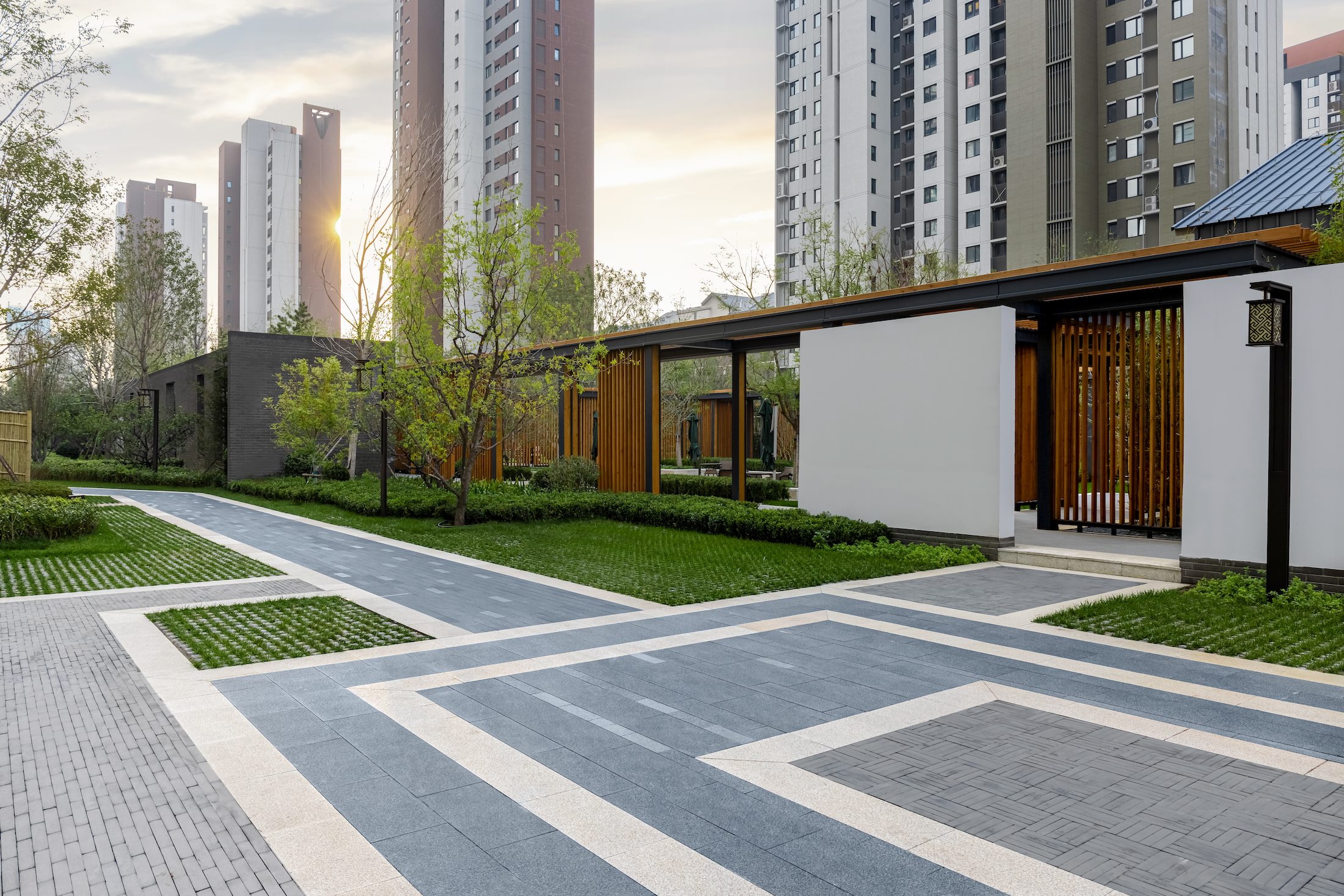
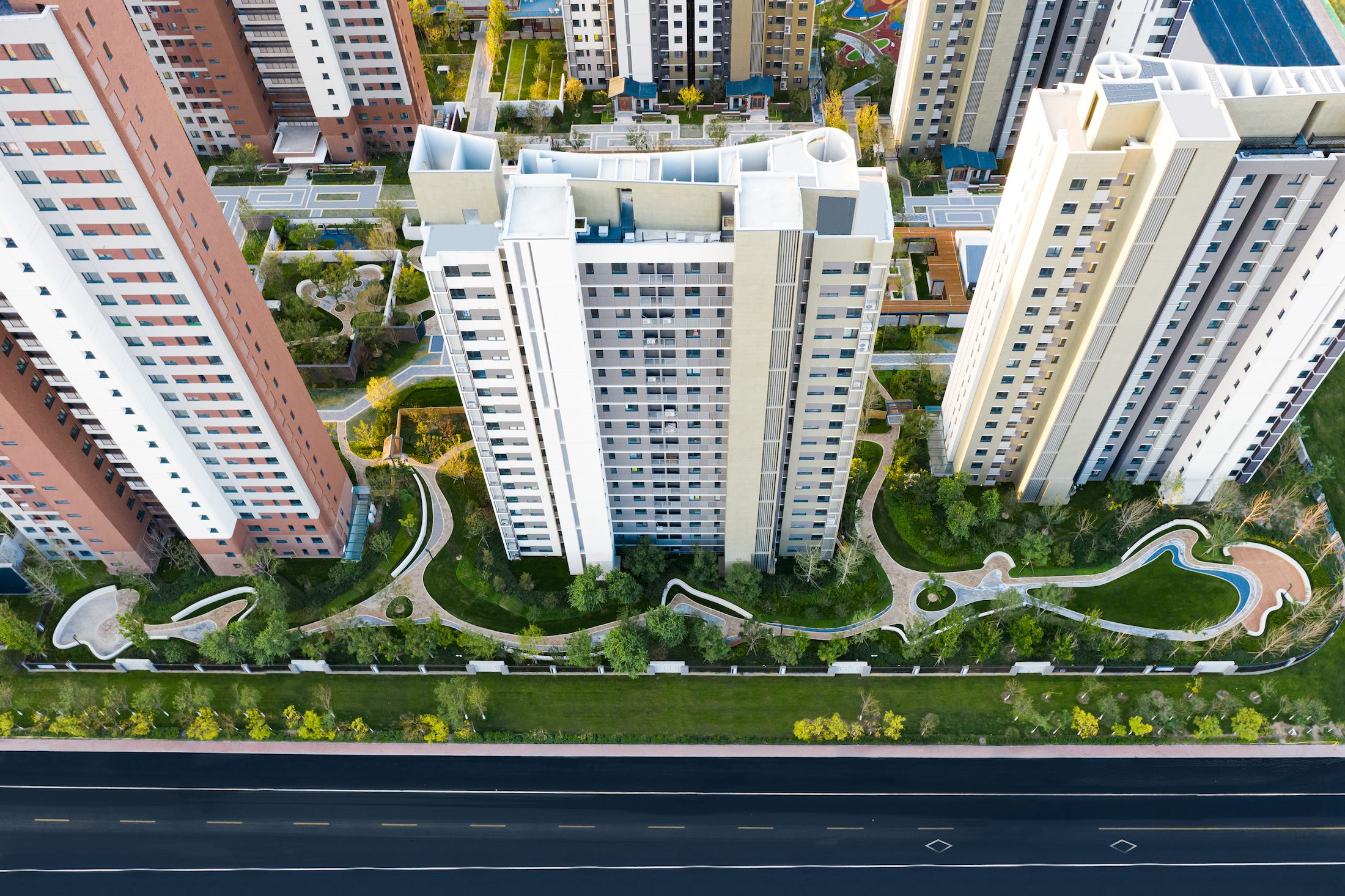



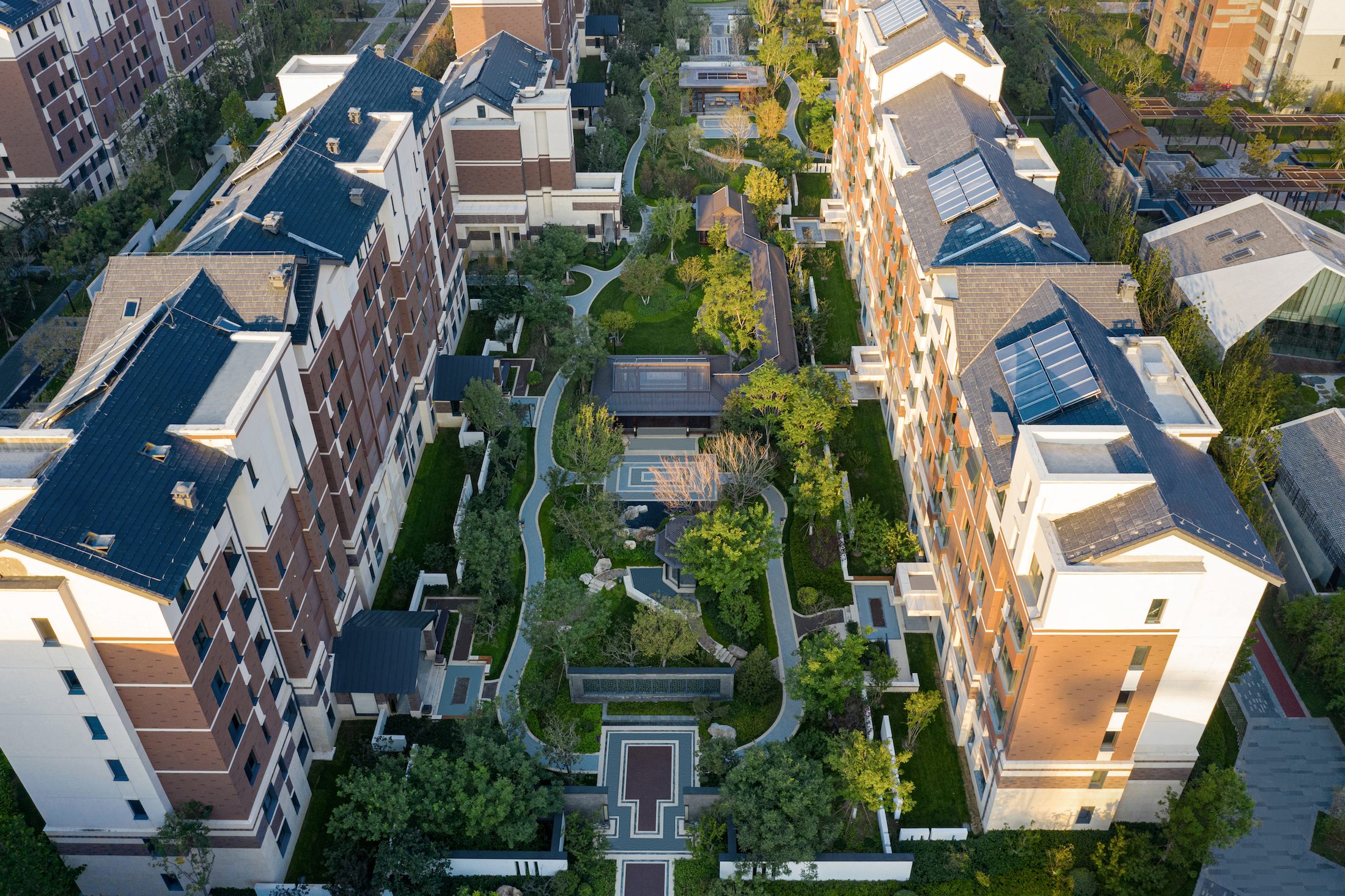
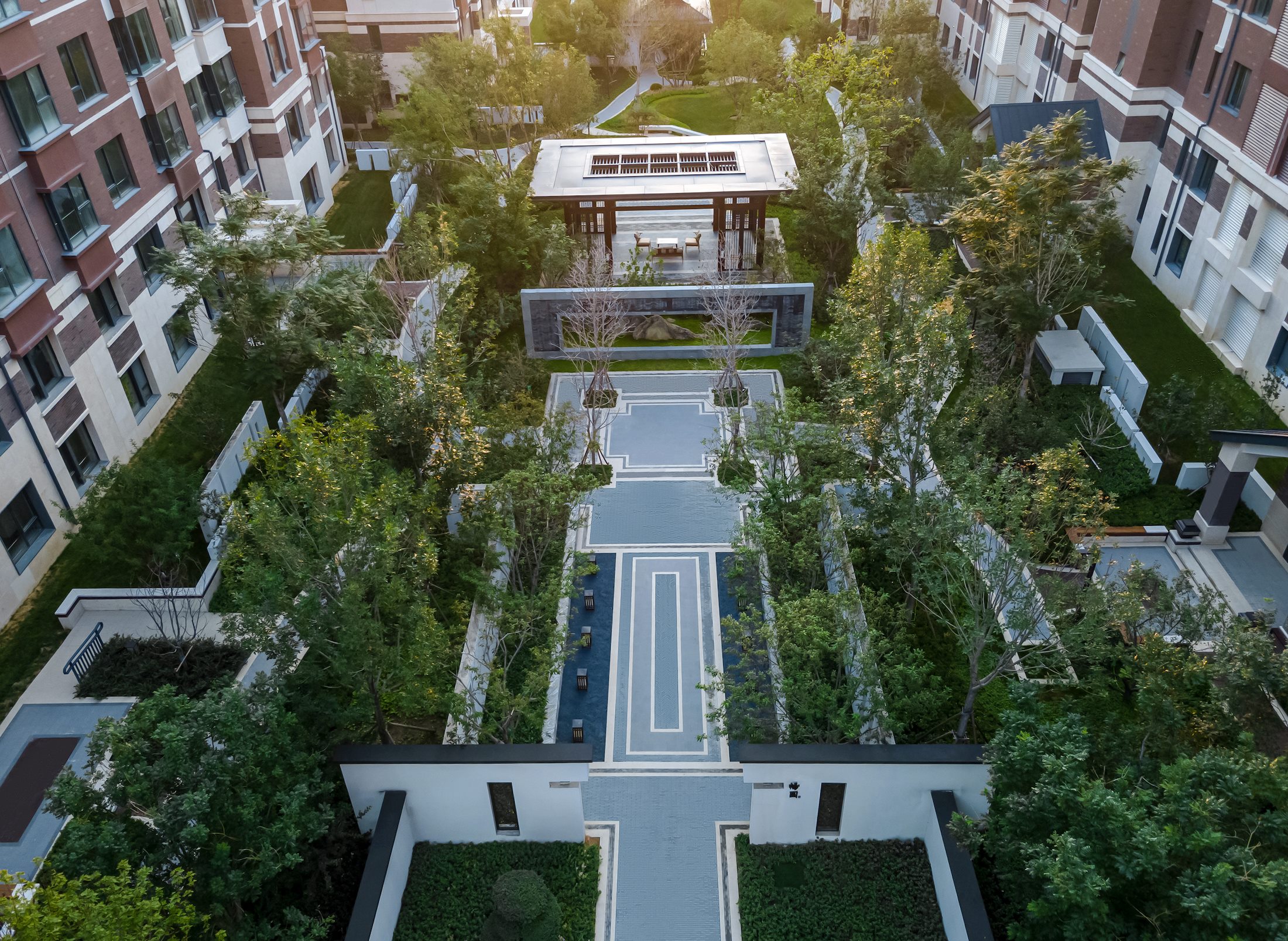



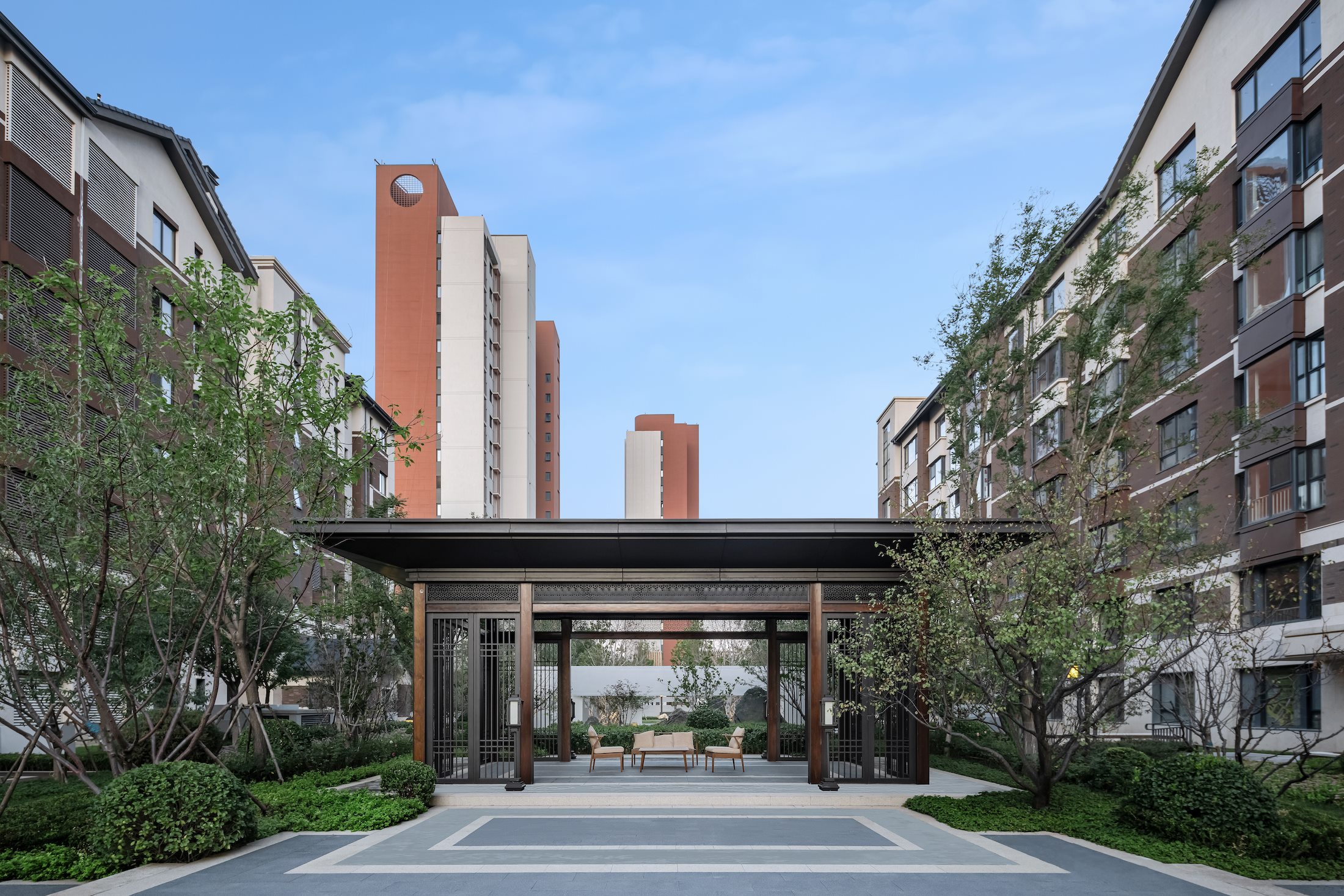



















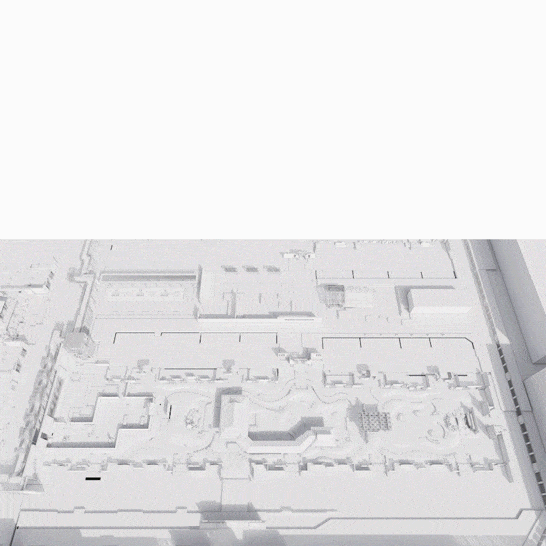






























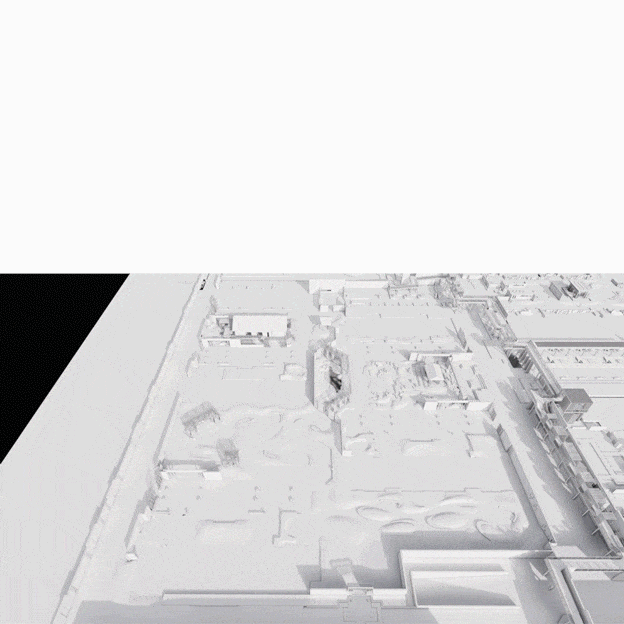































啊啊啊啊